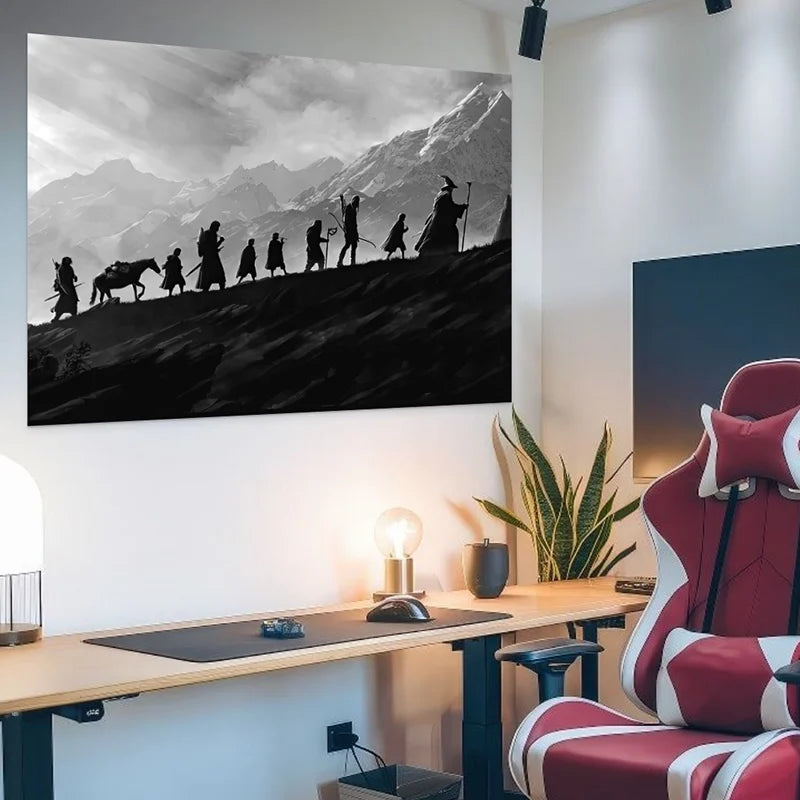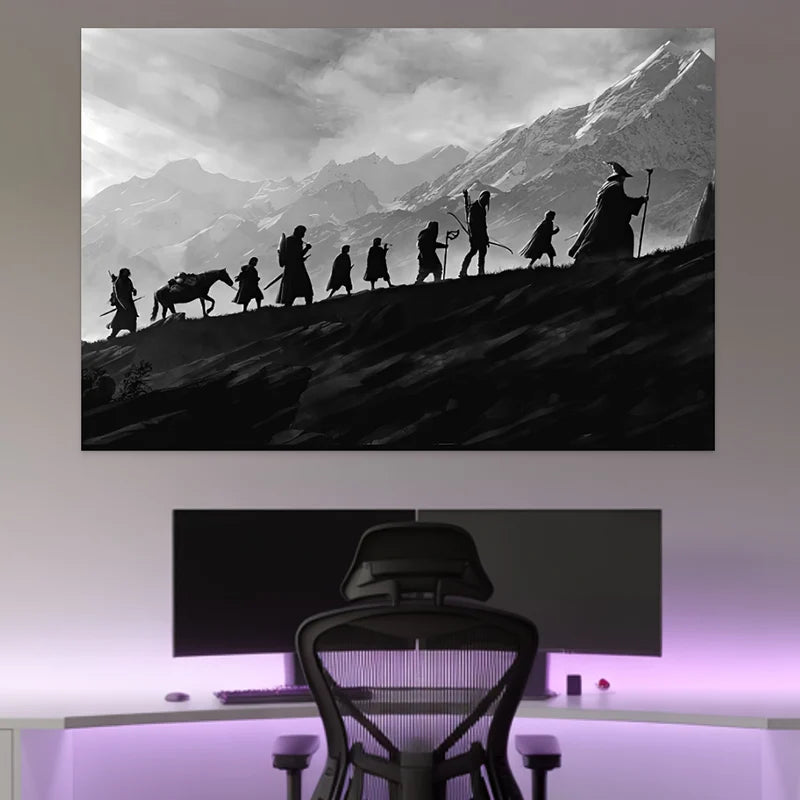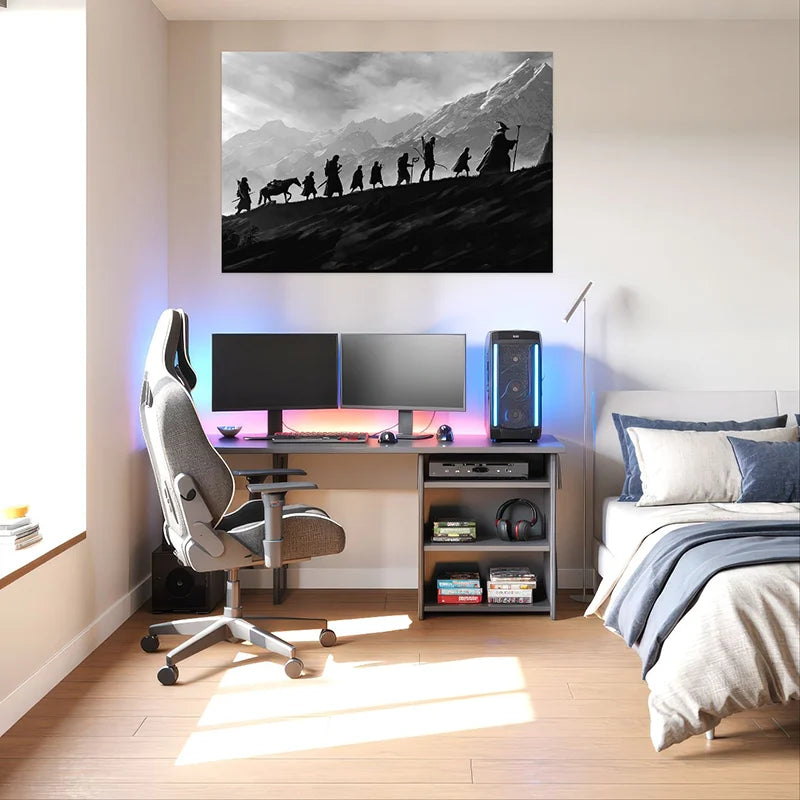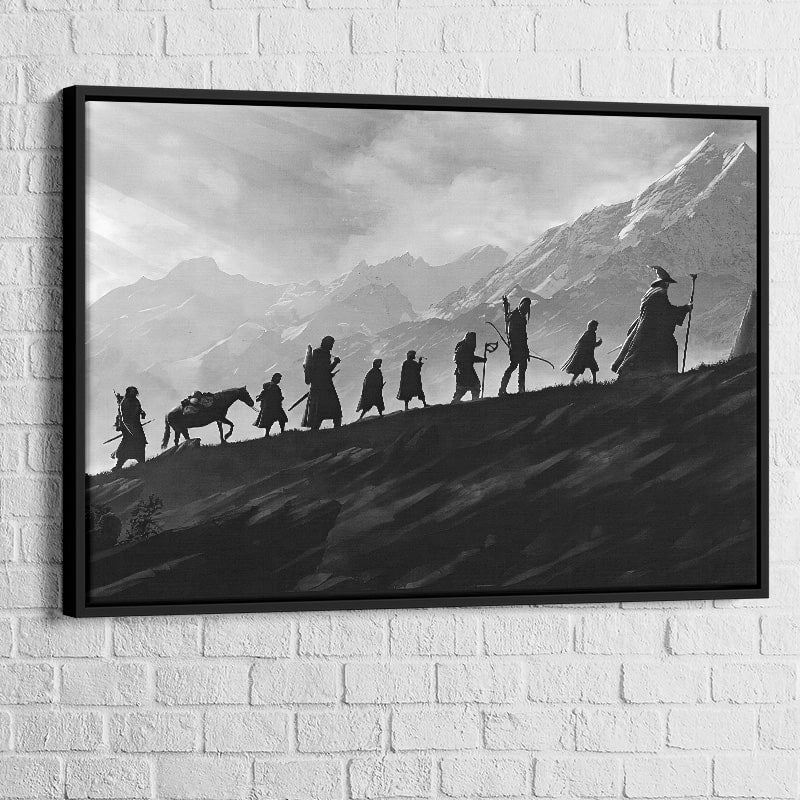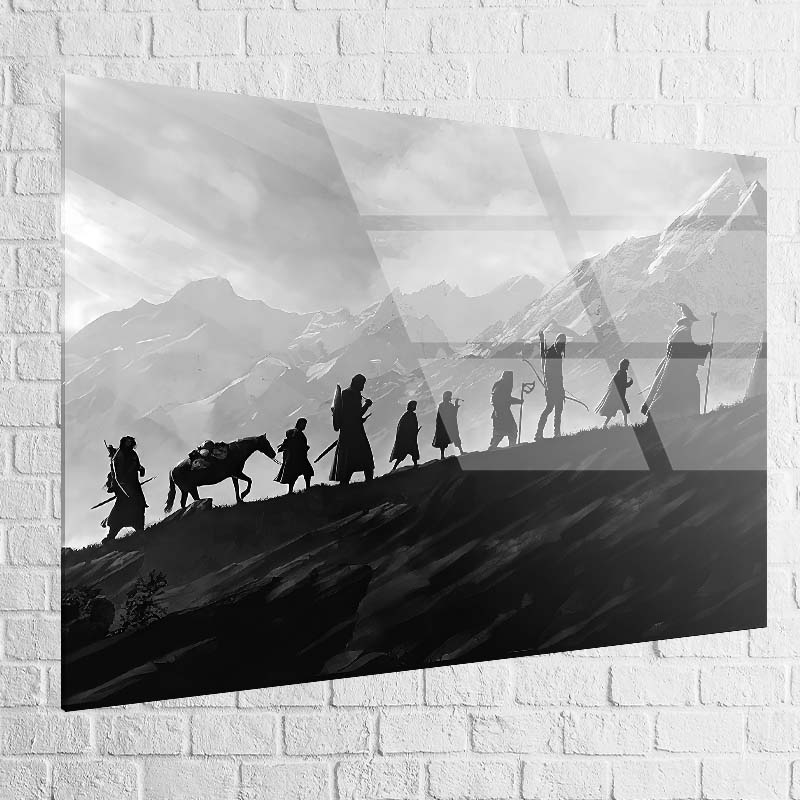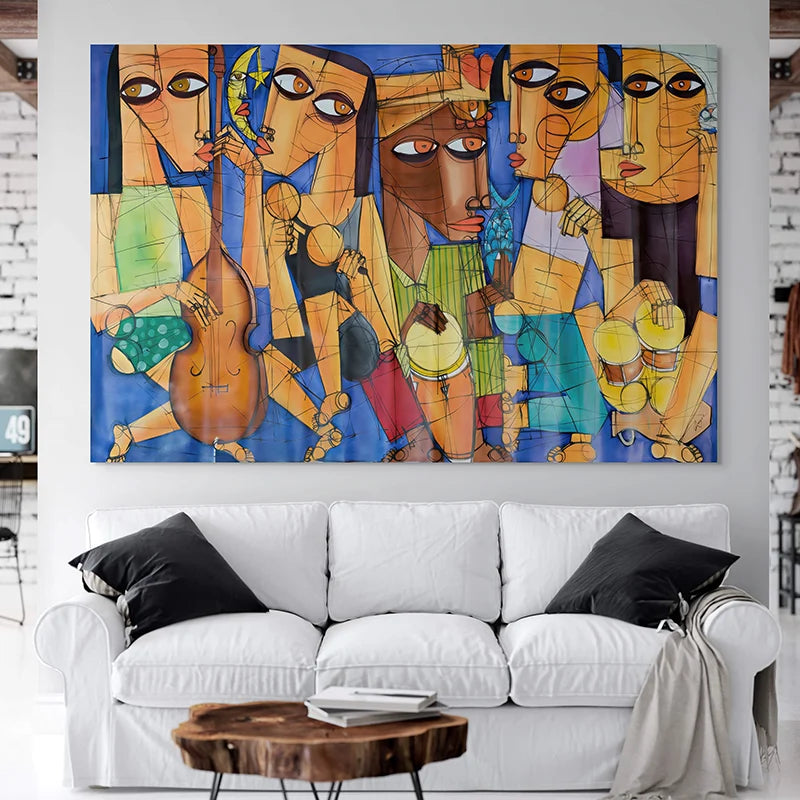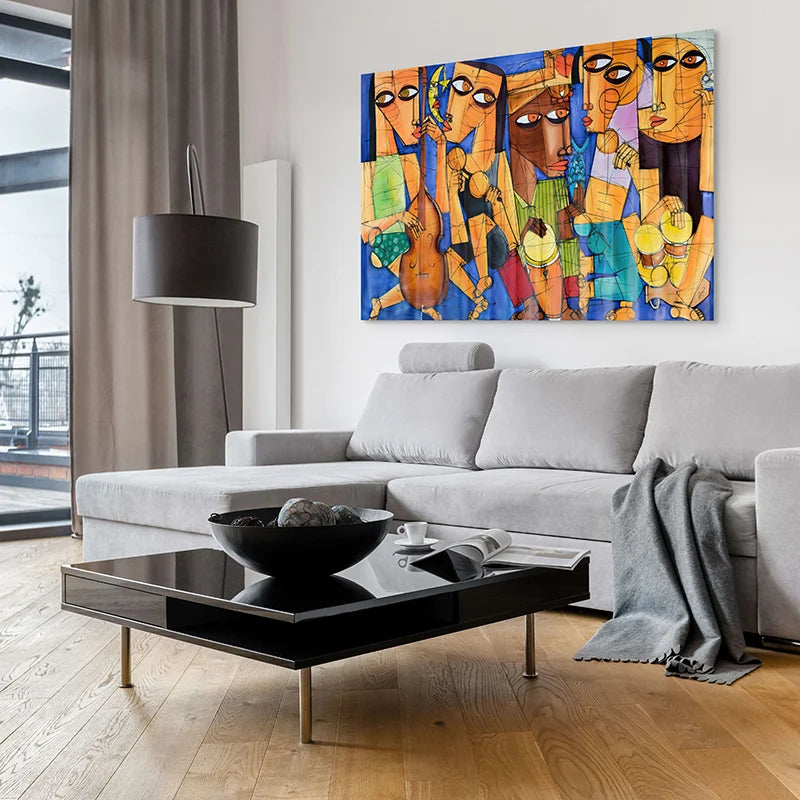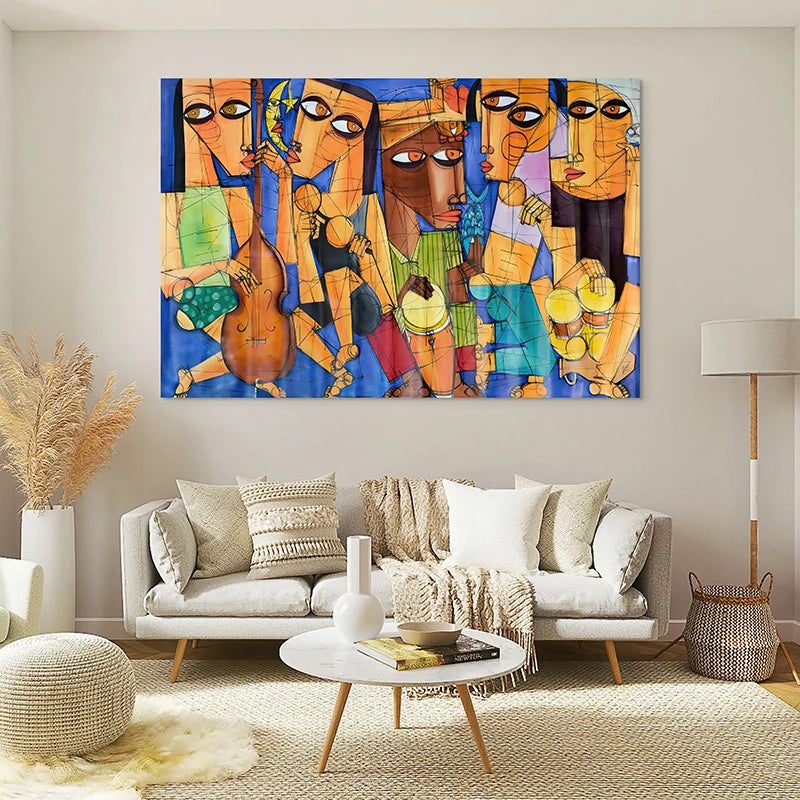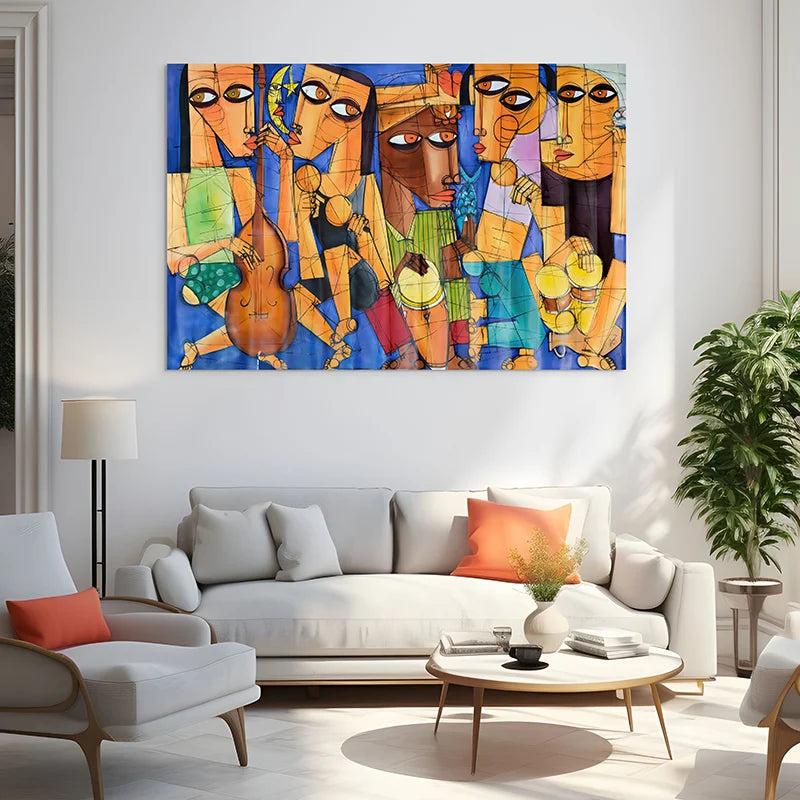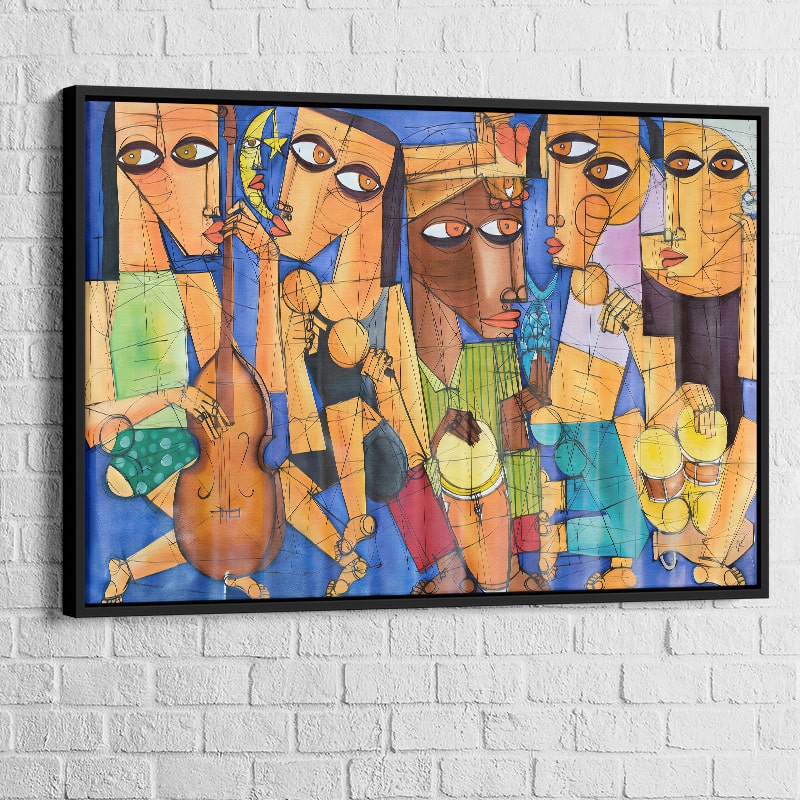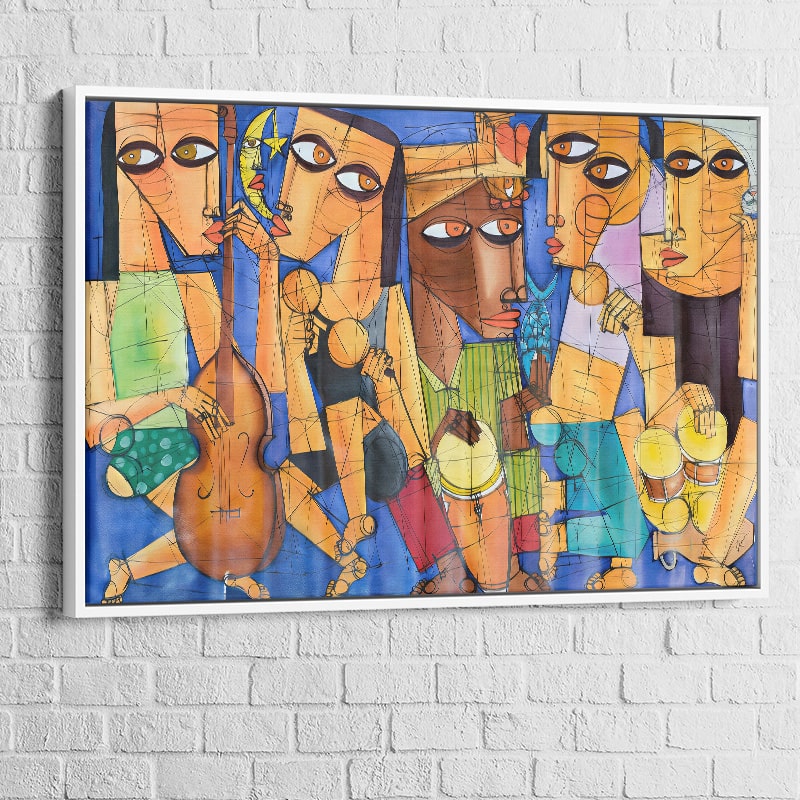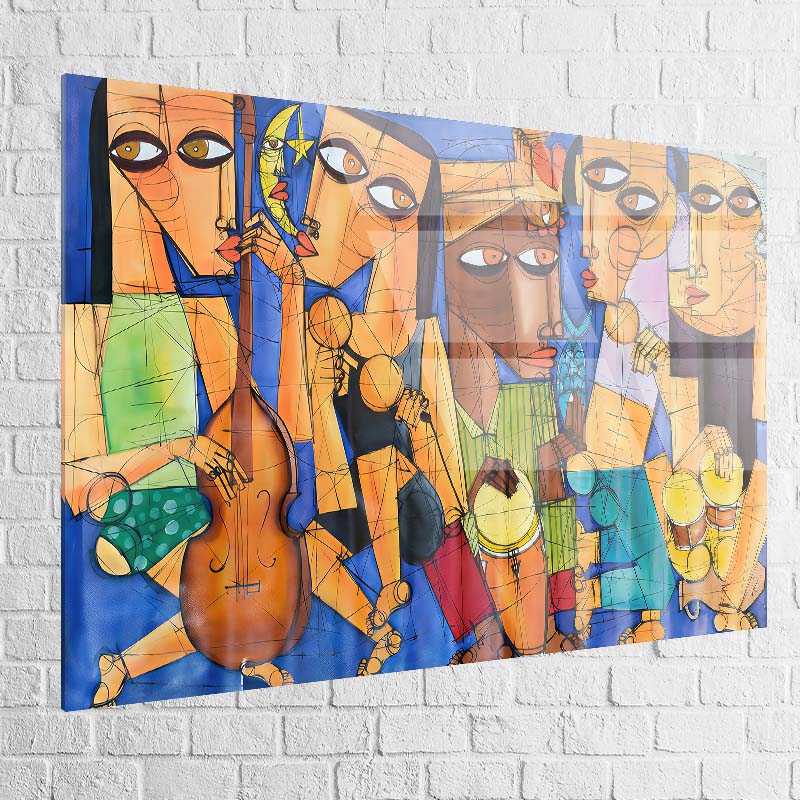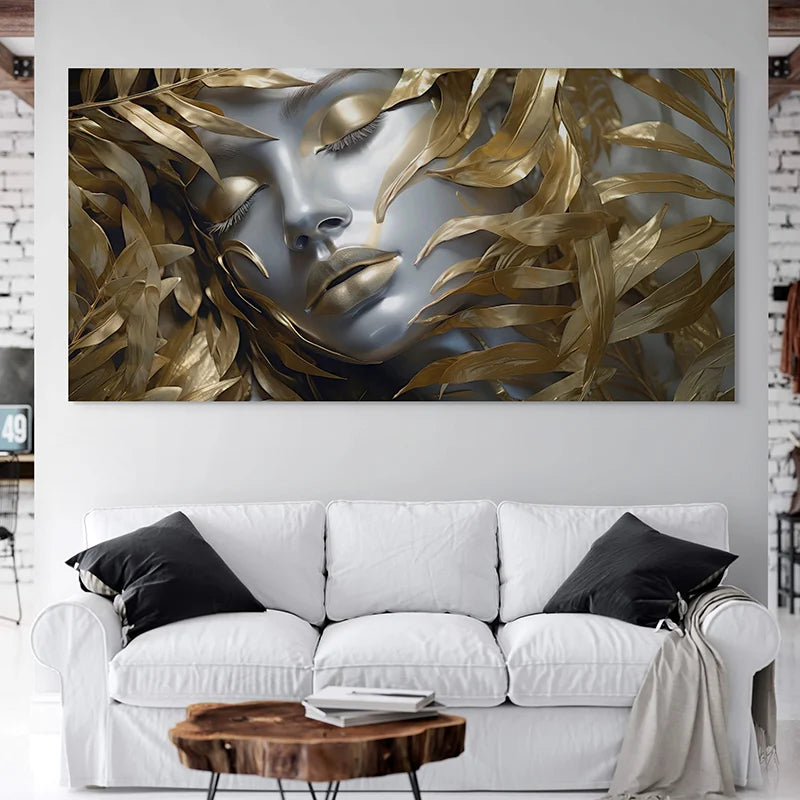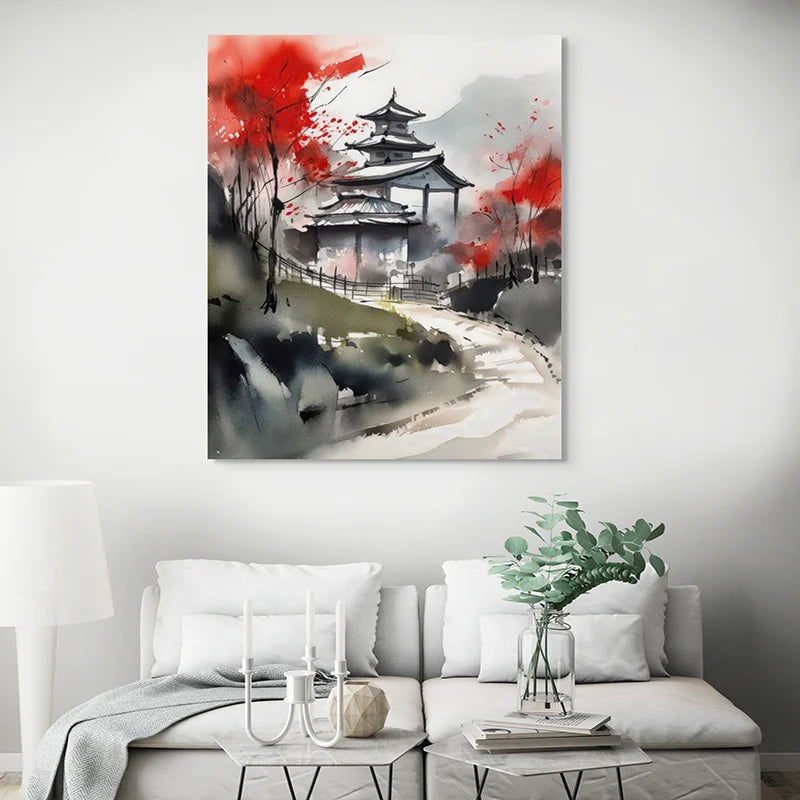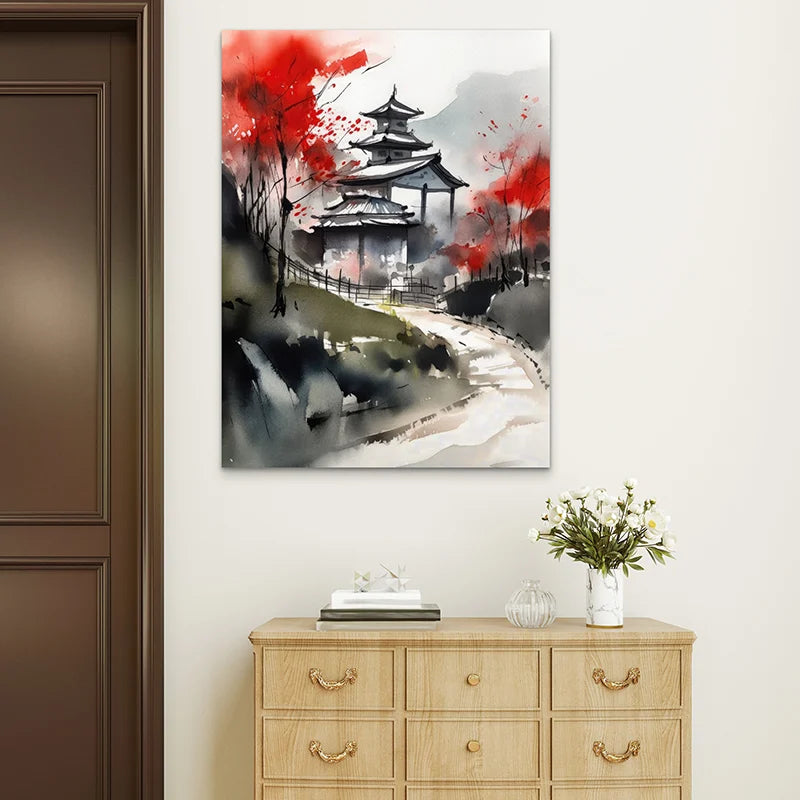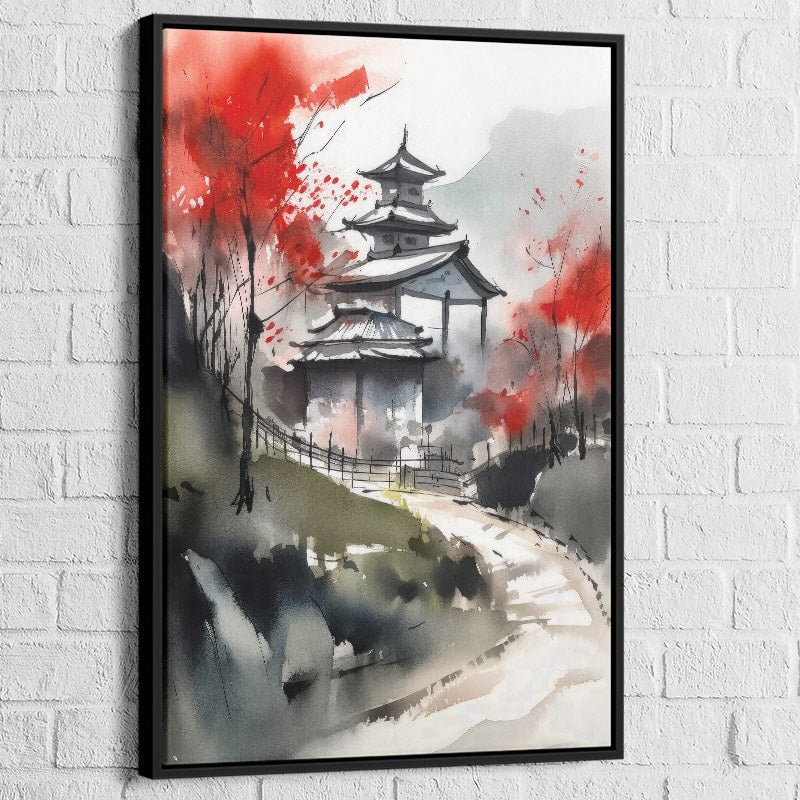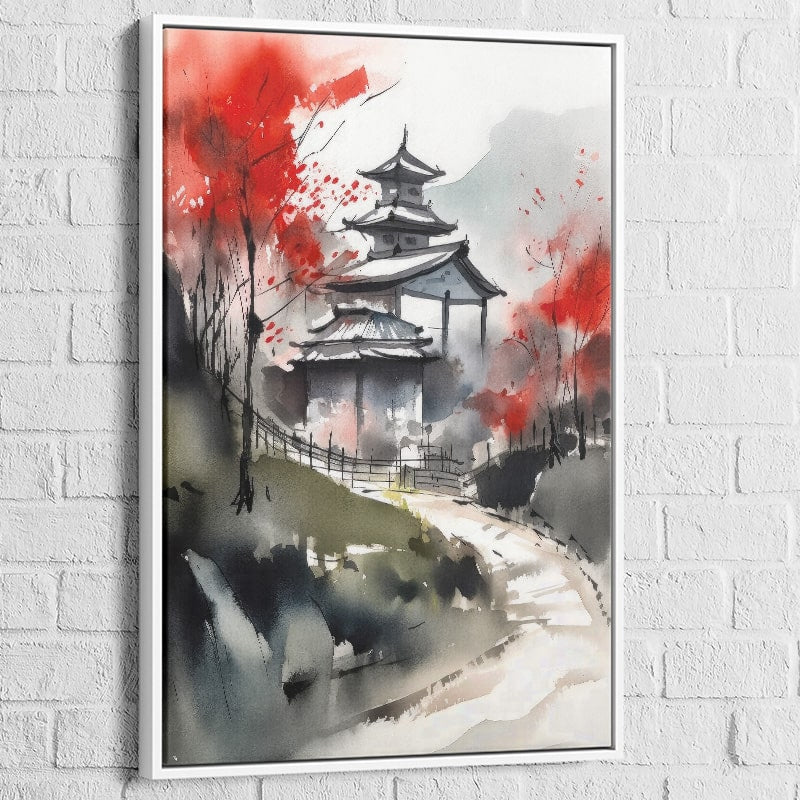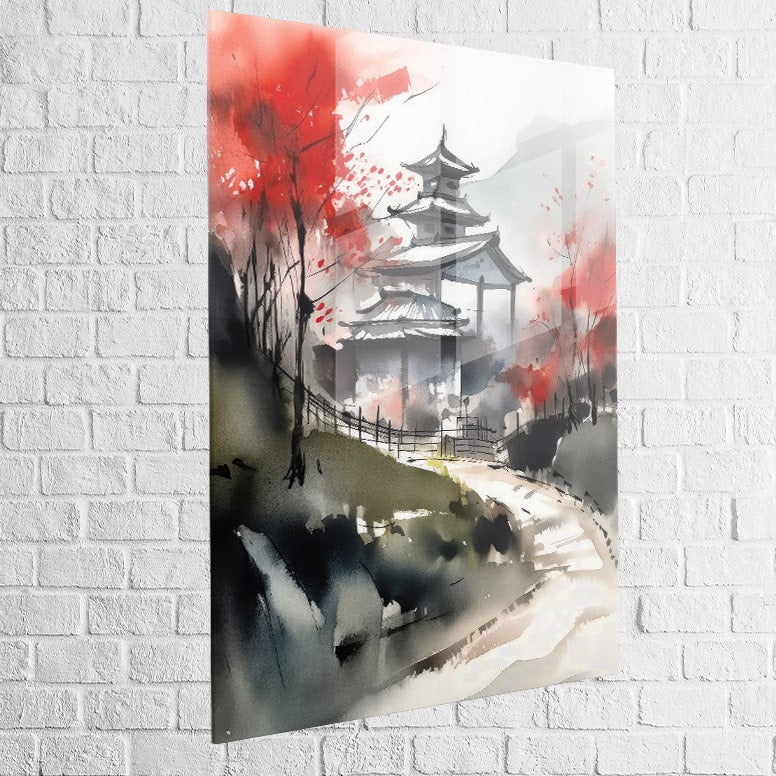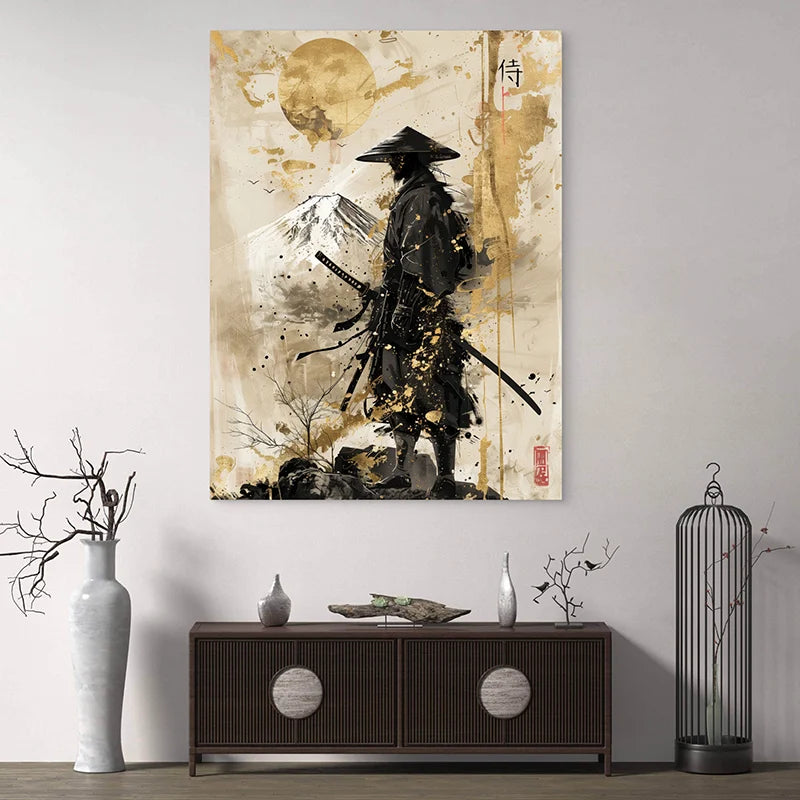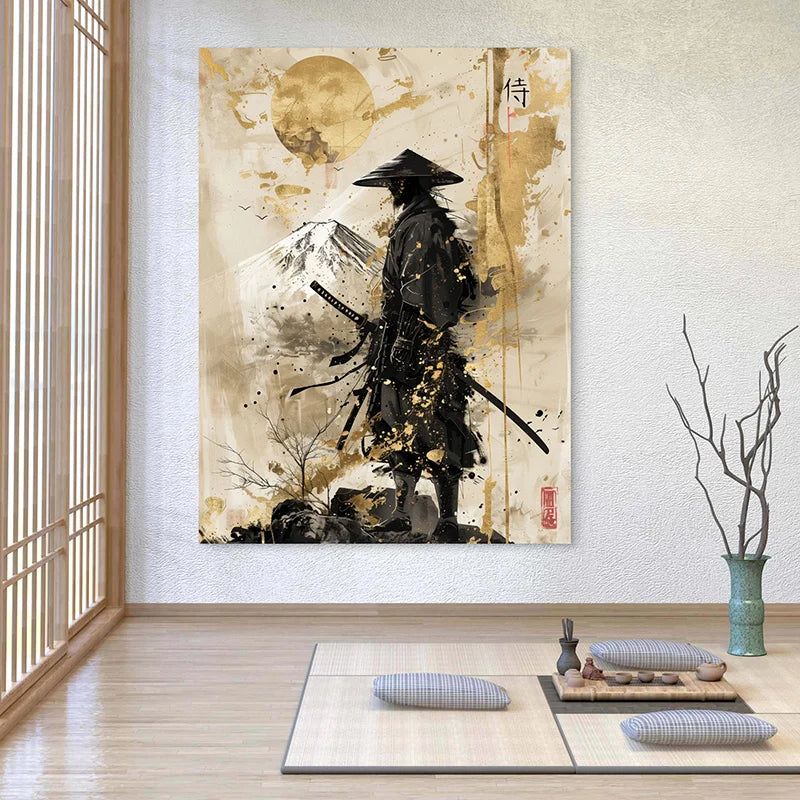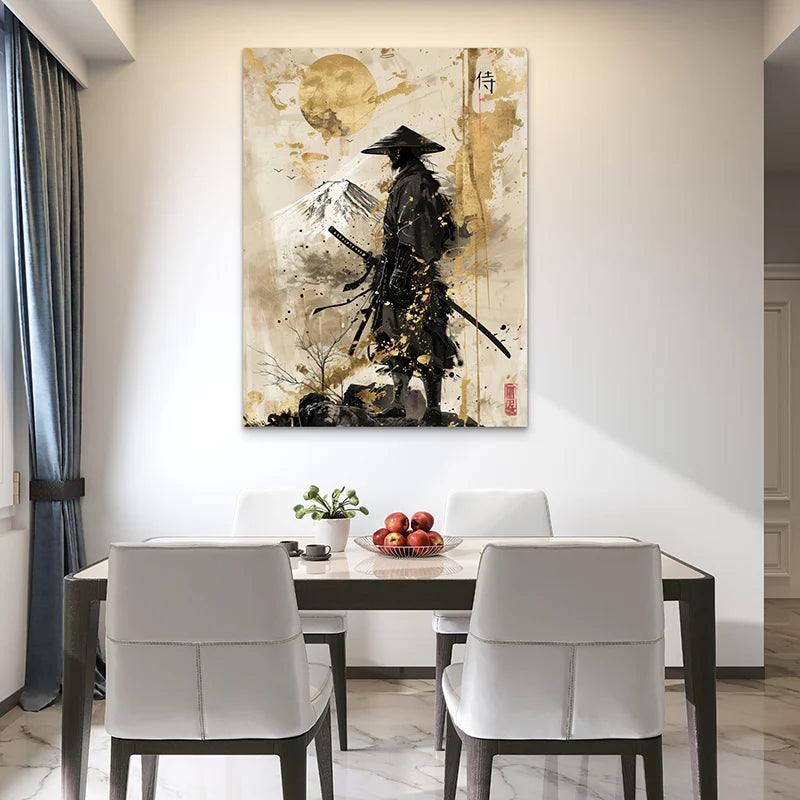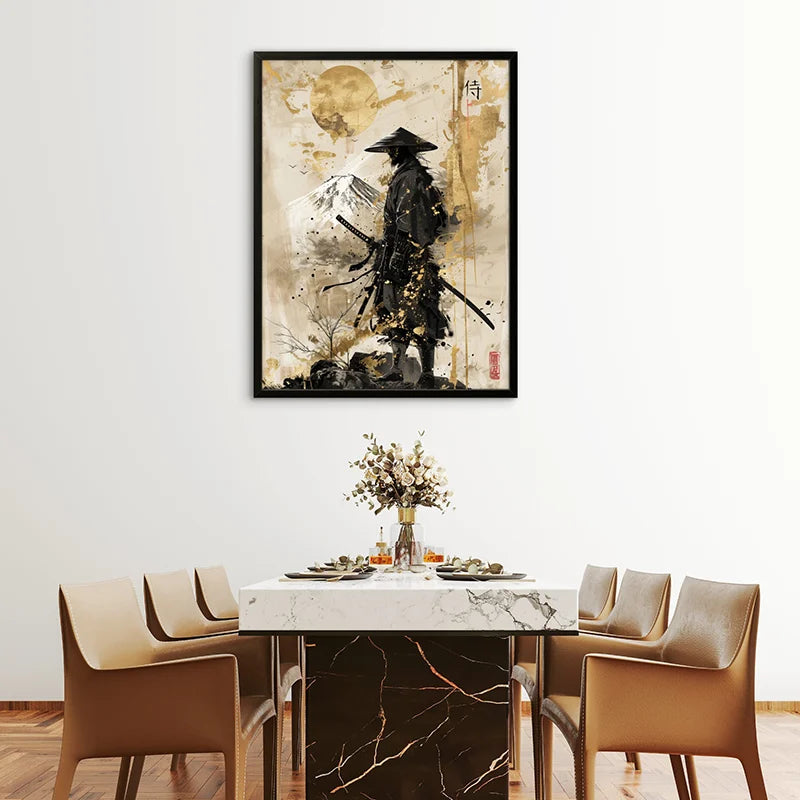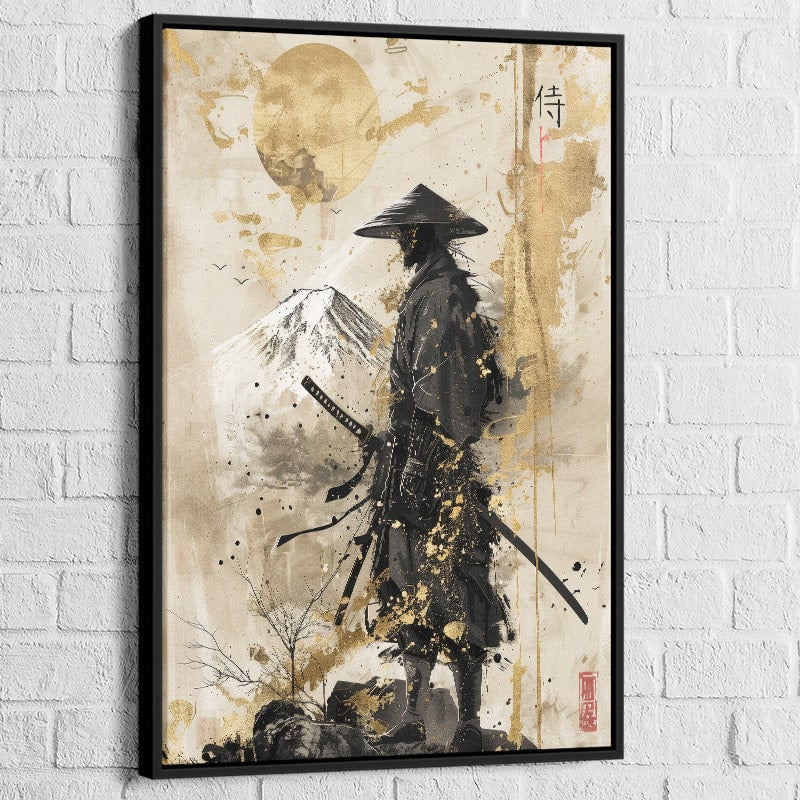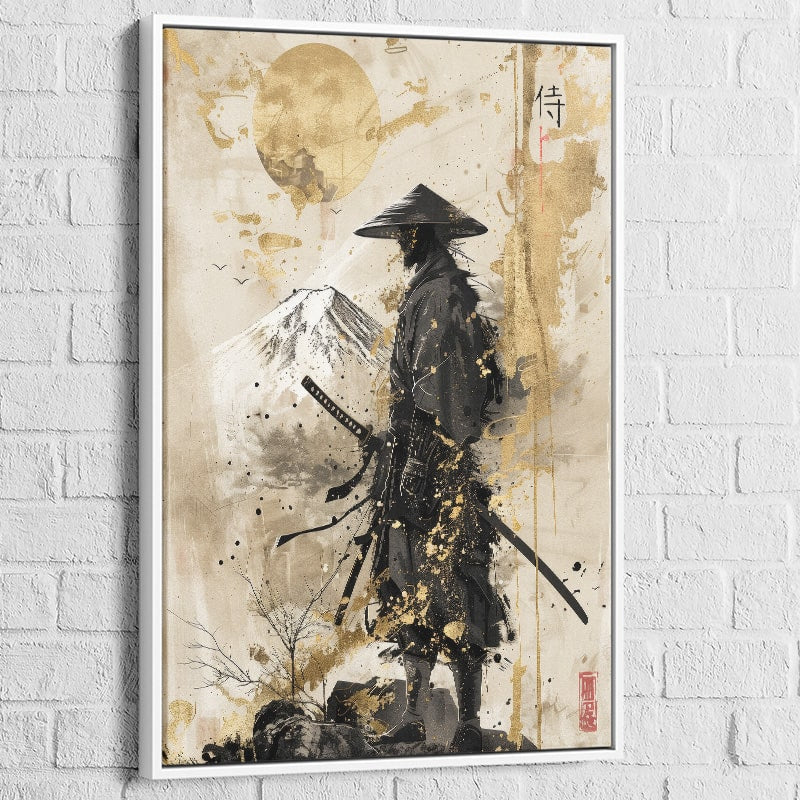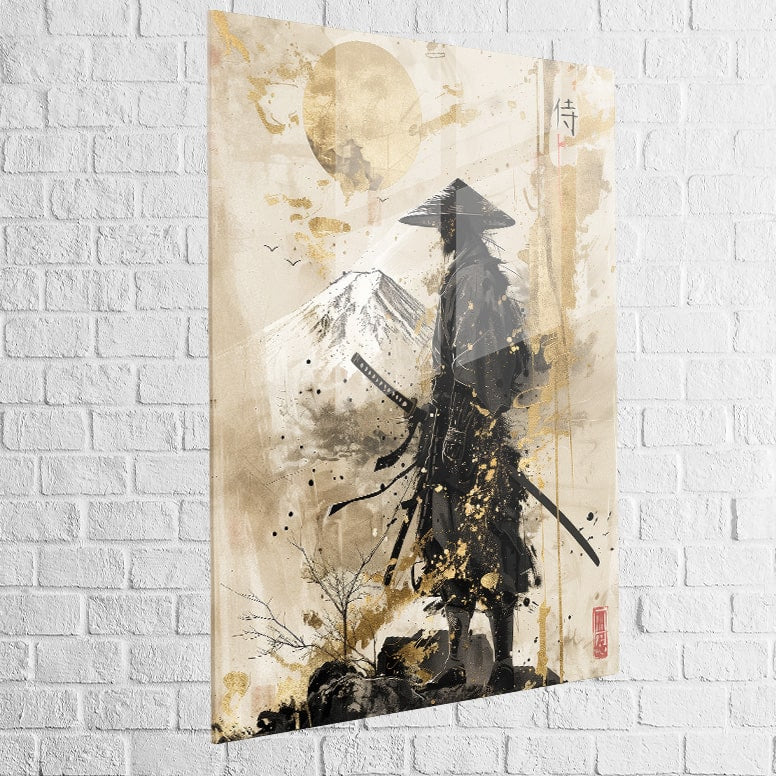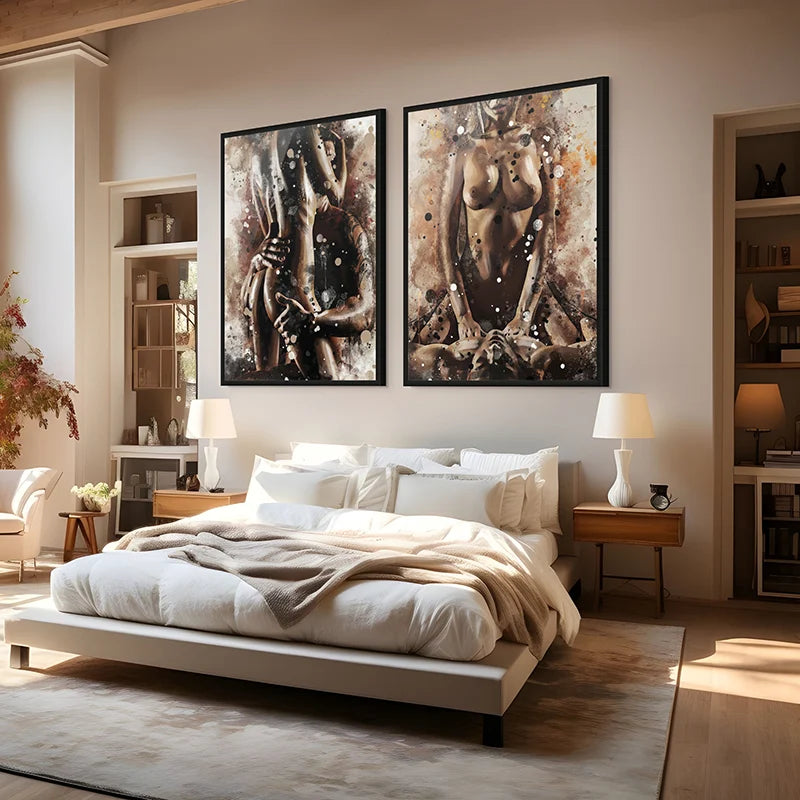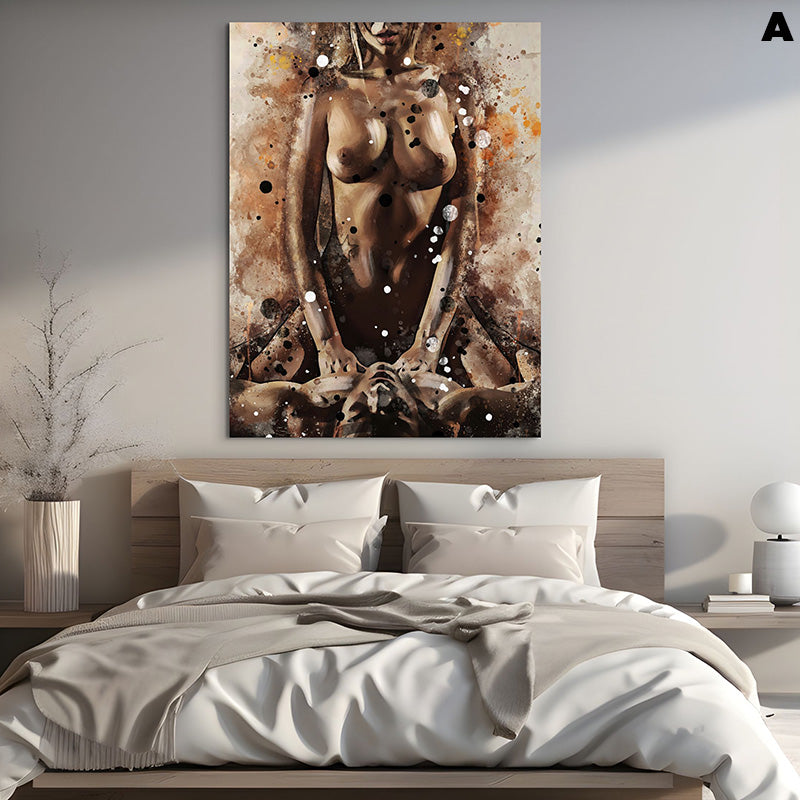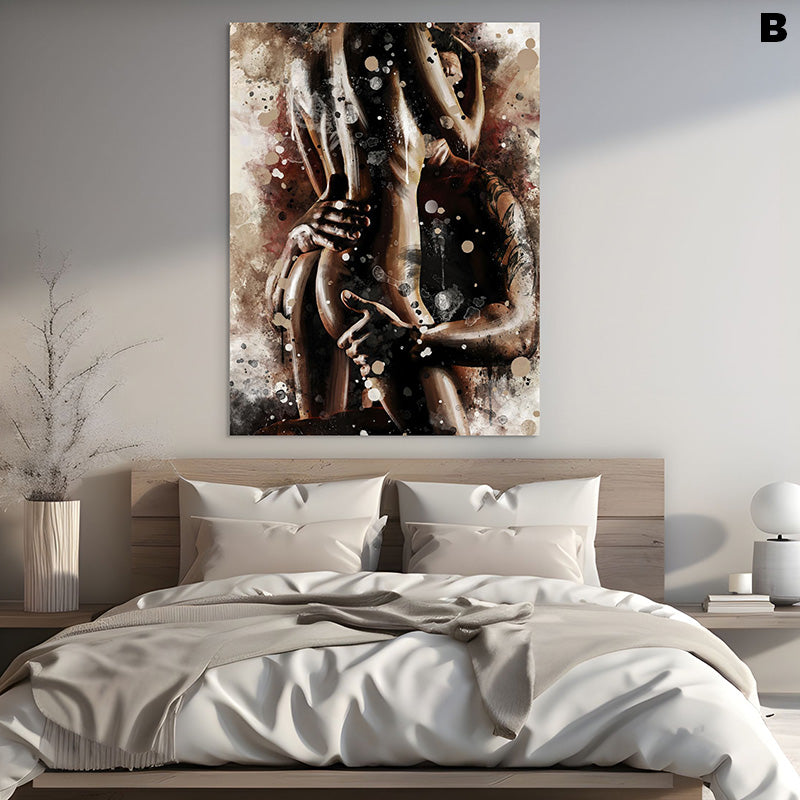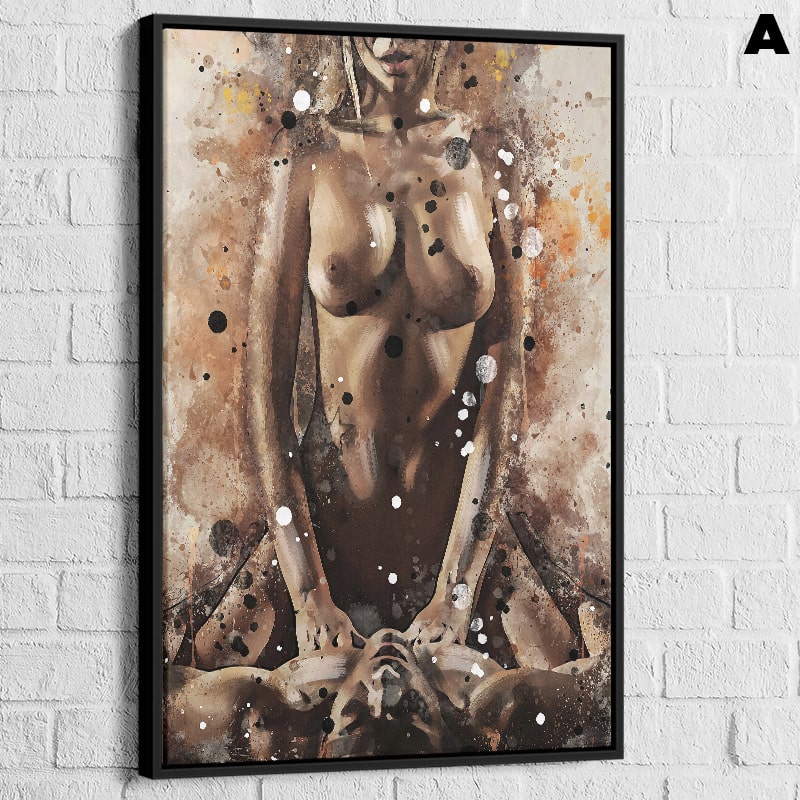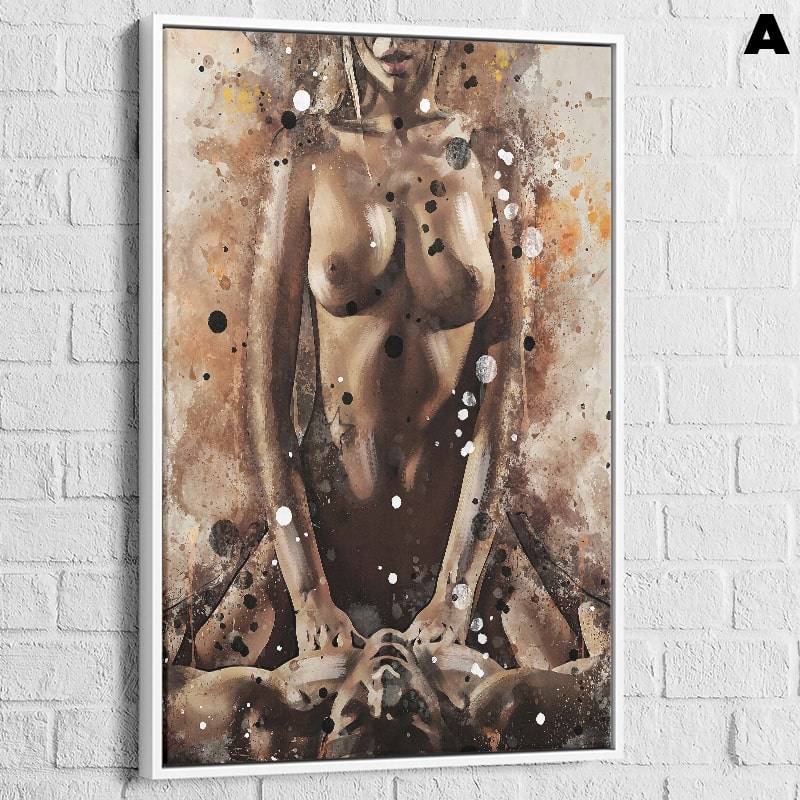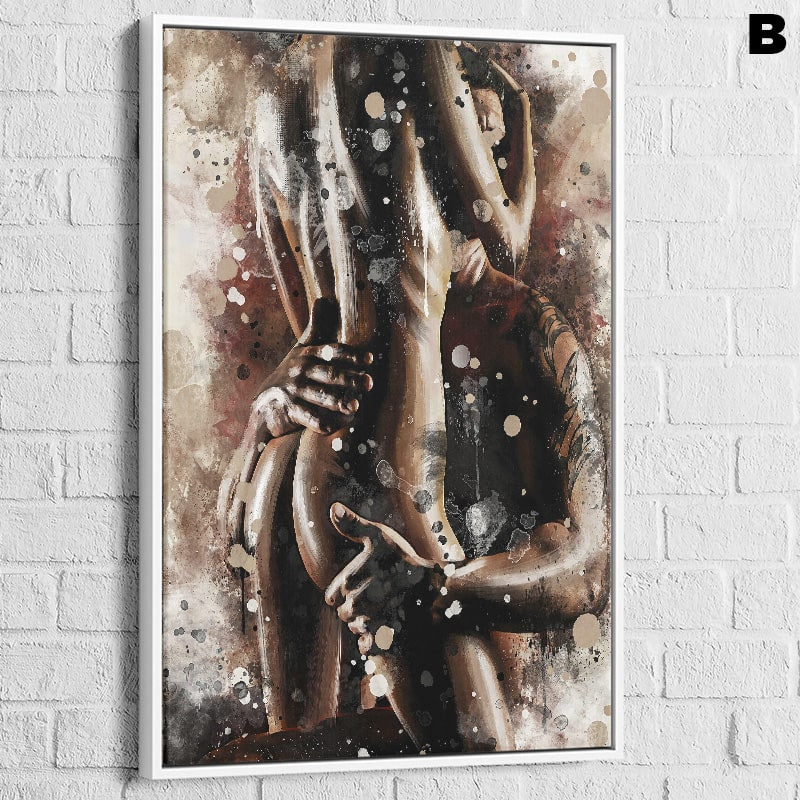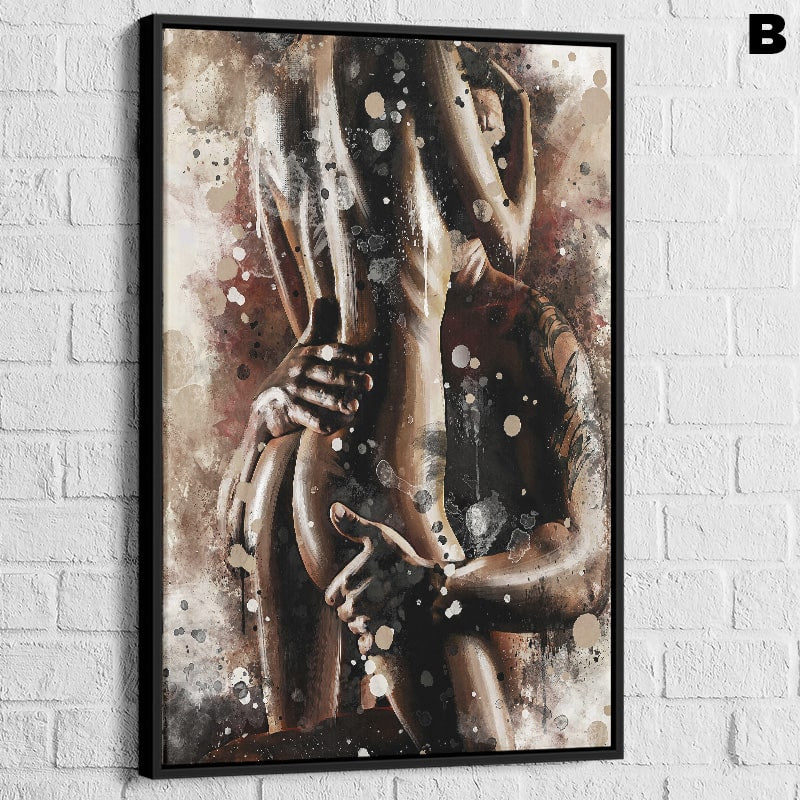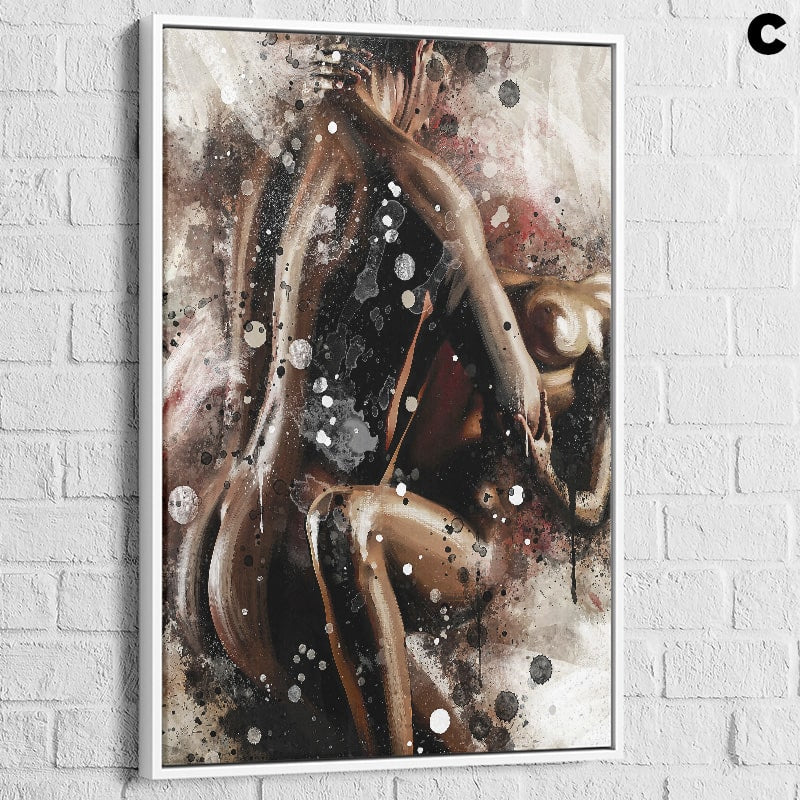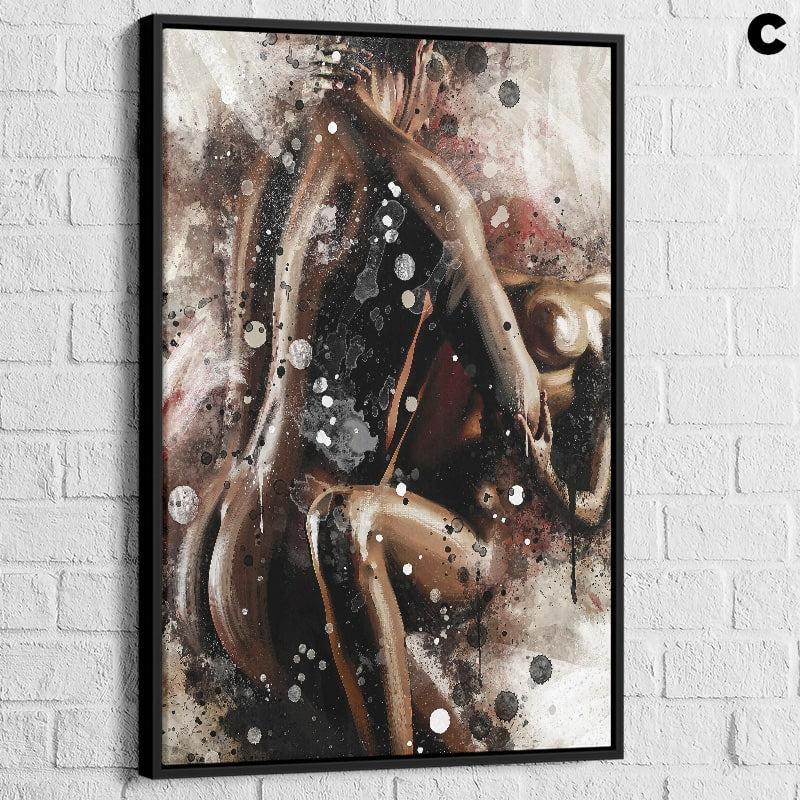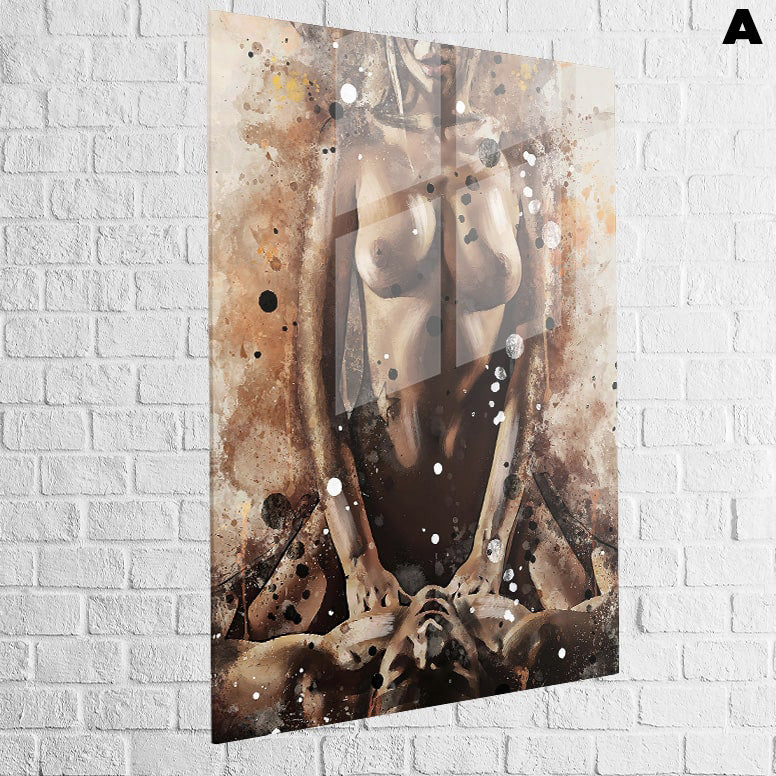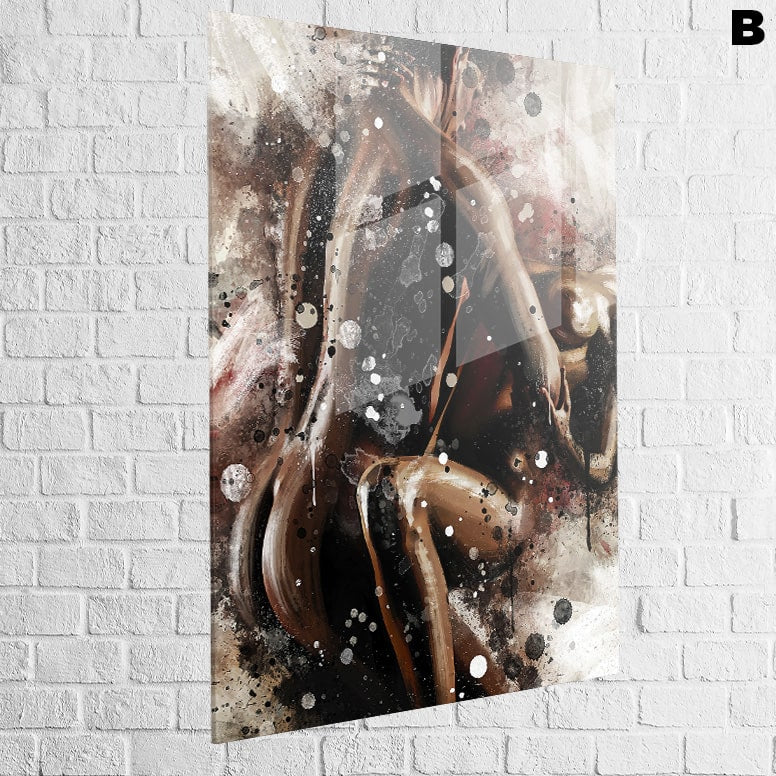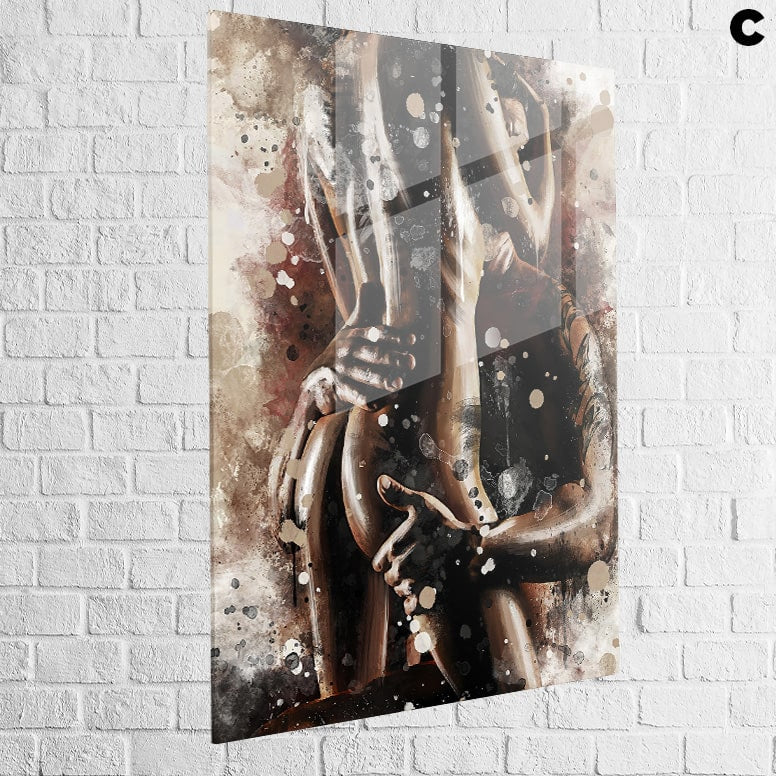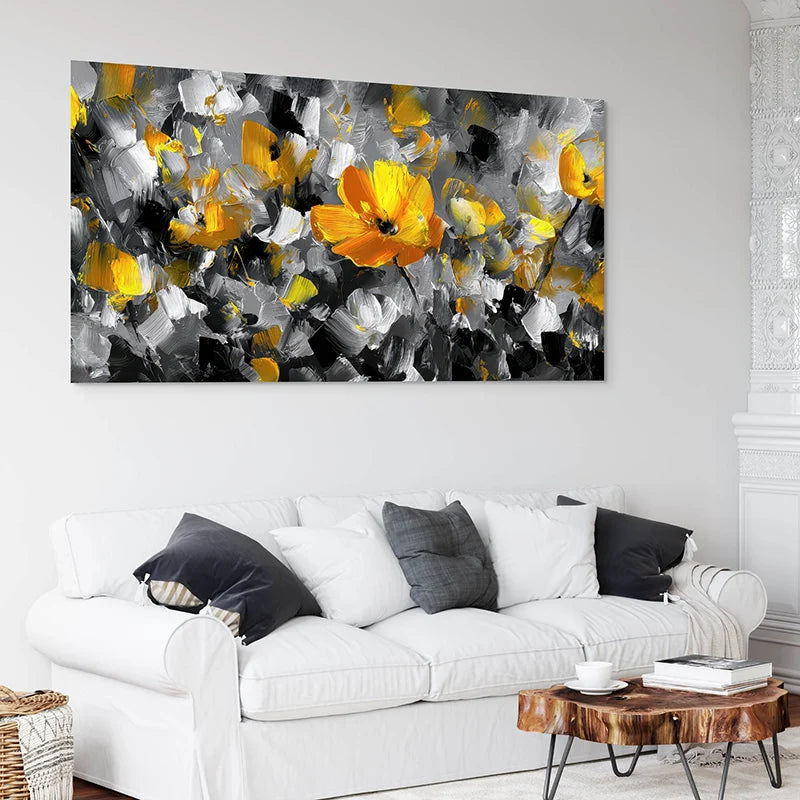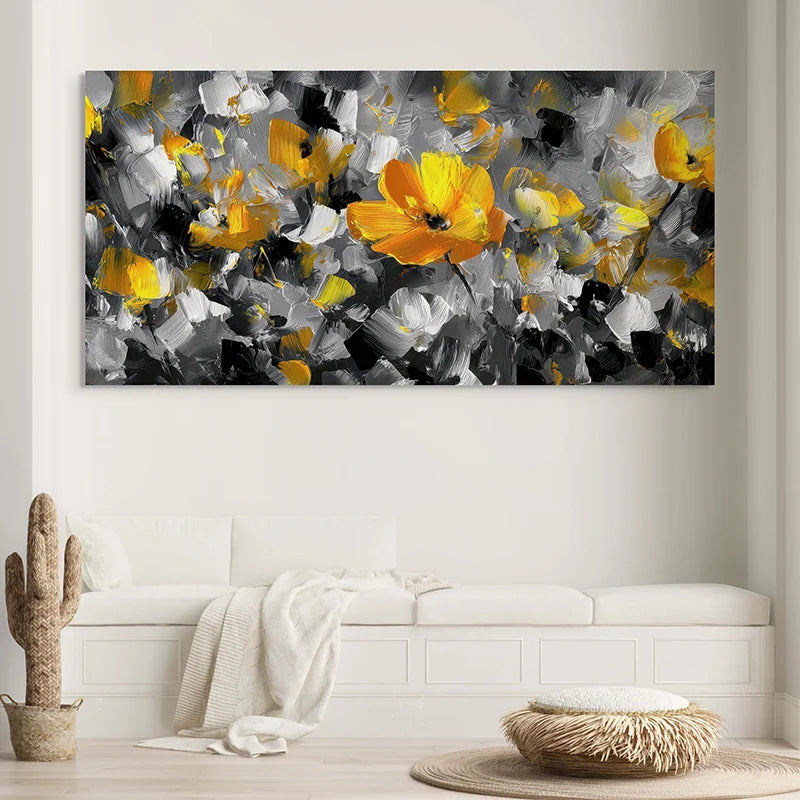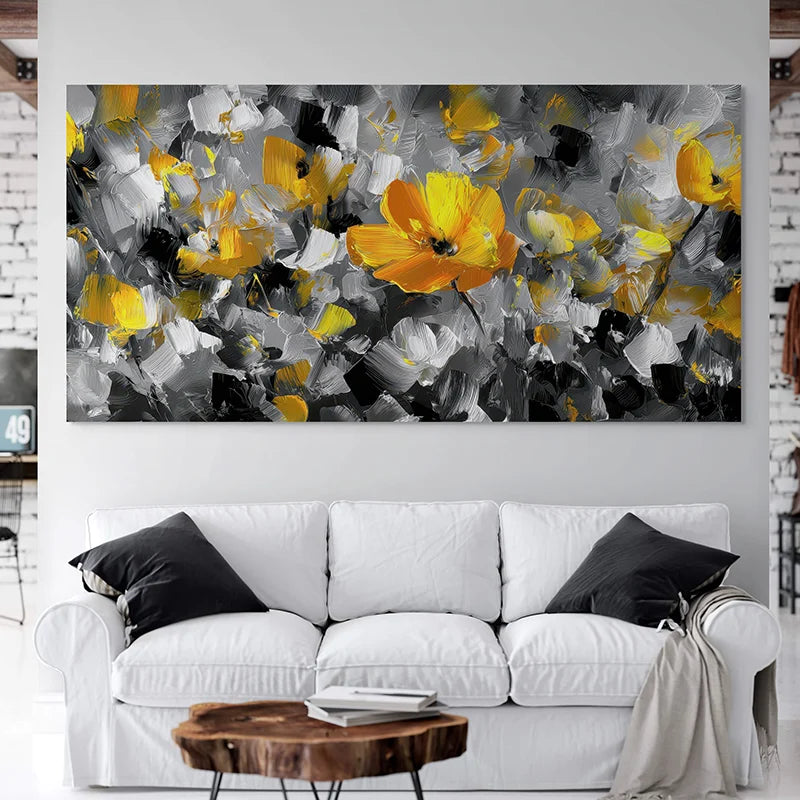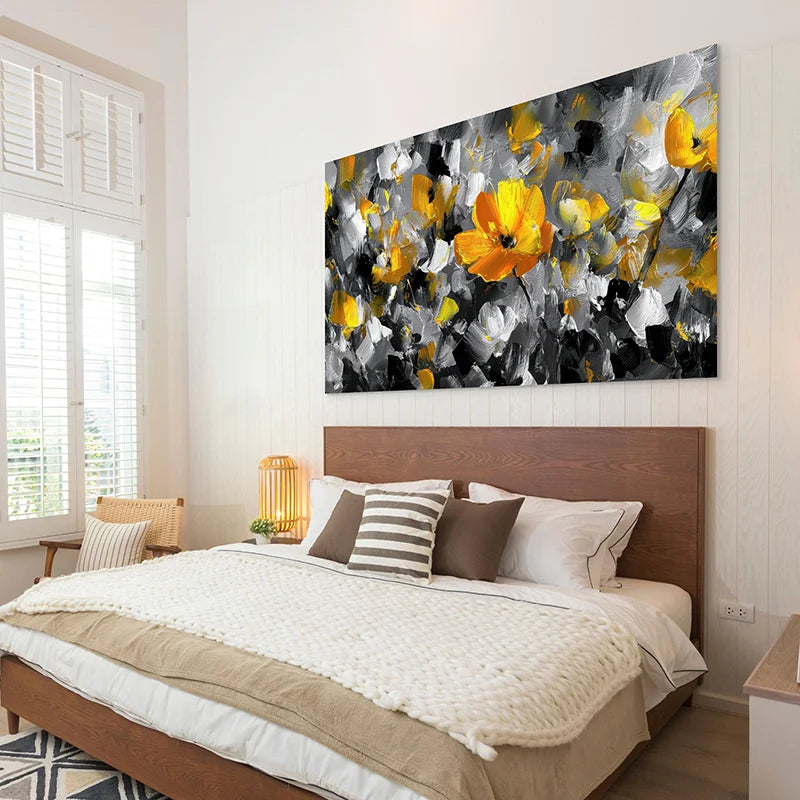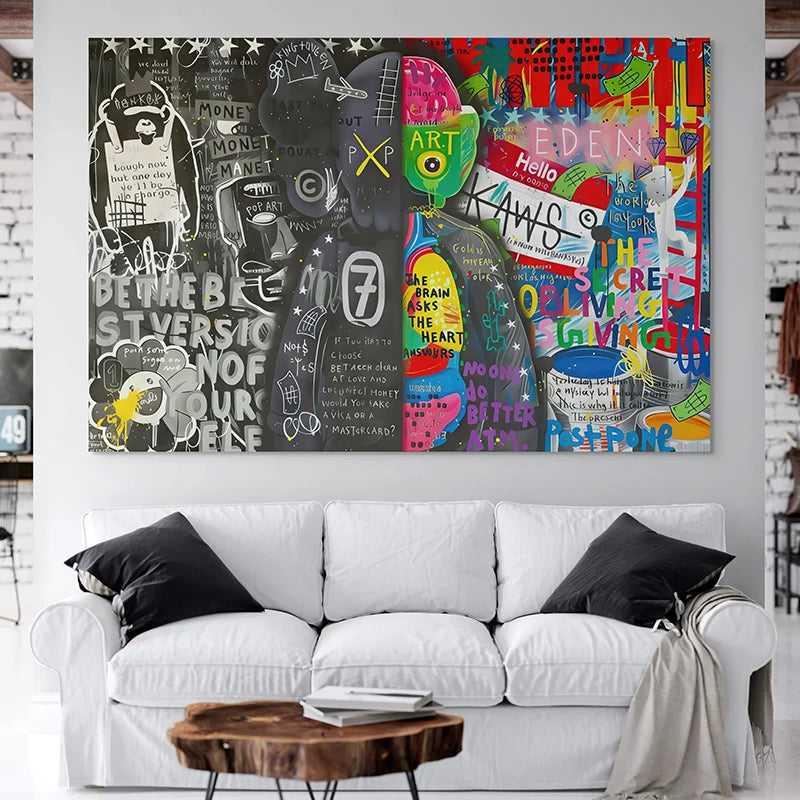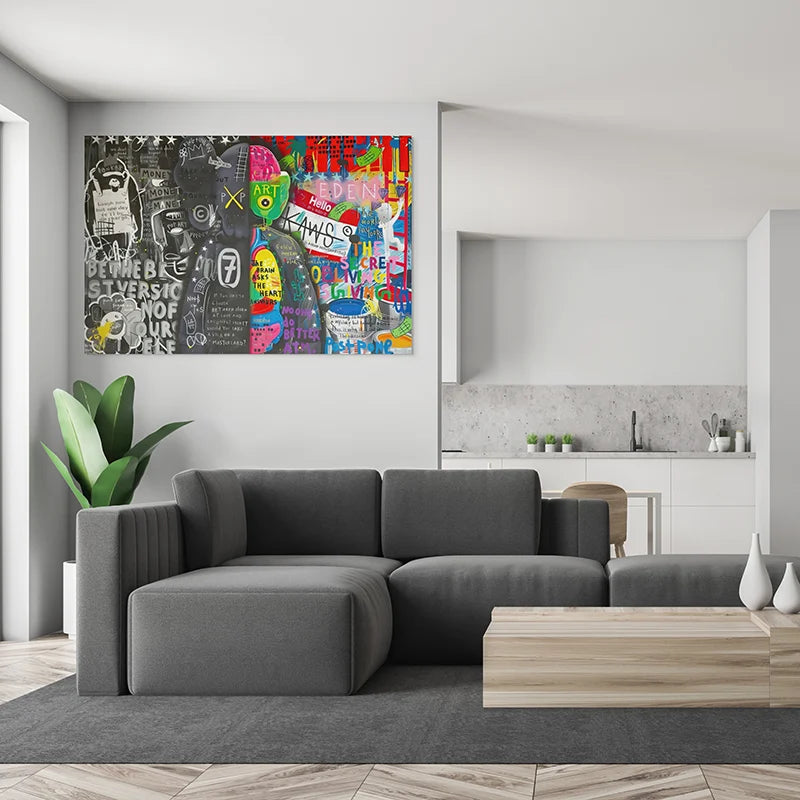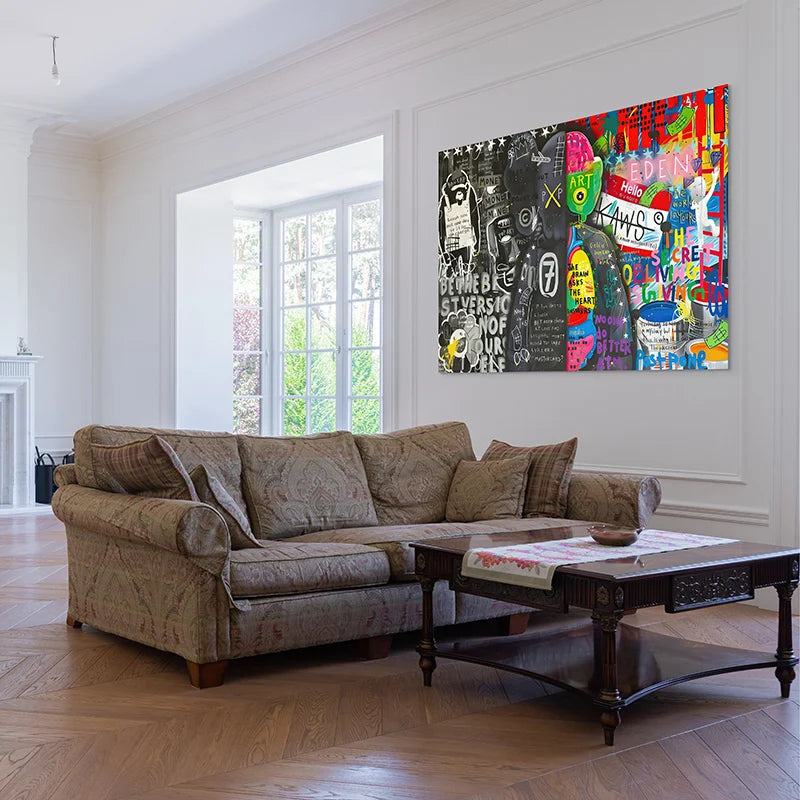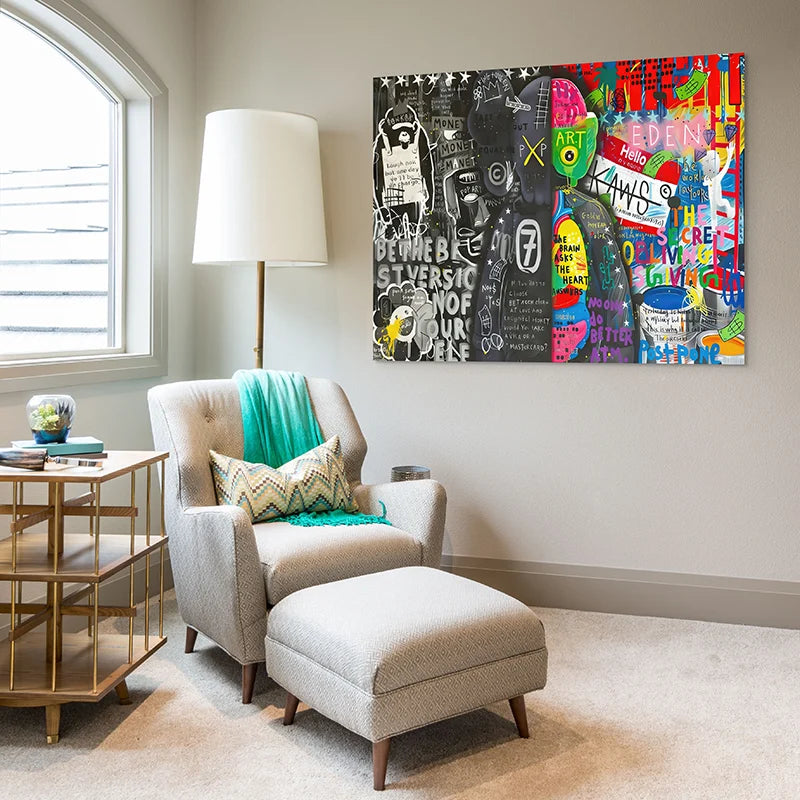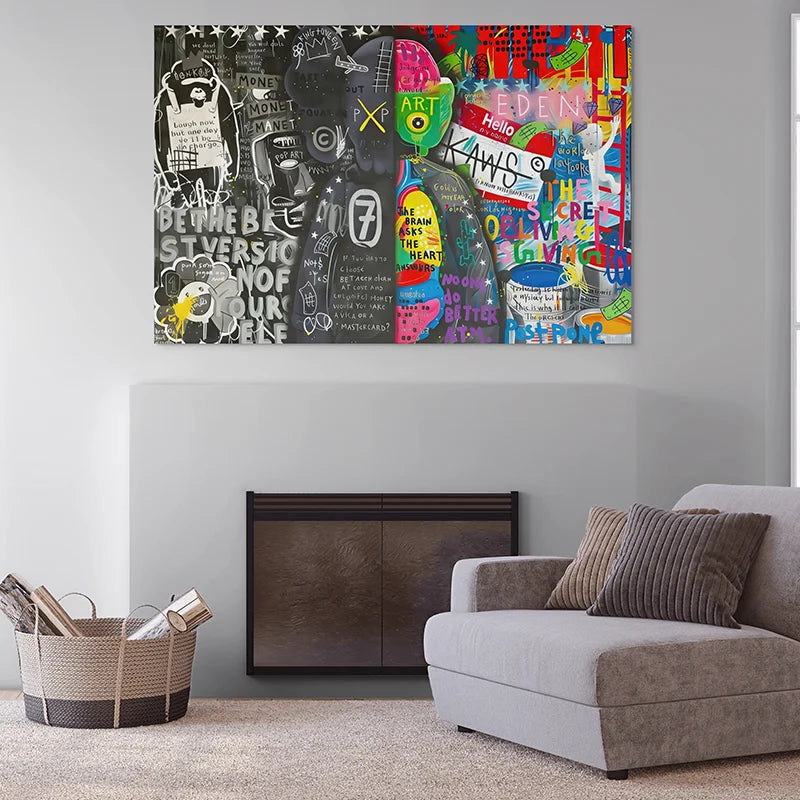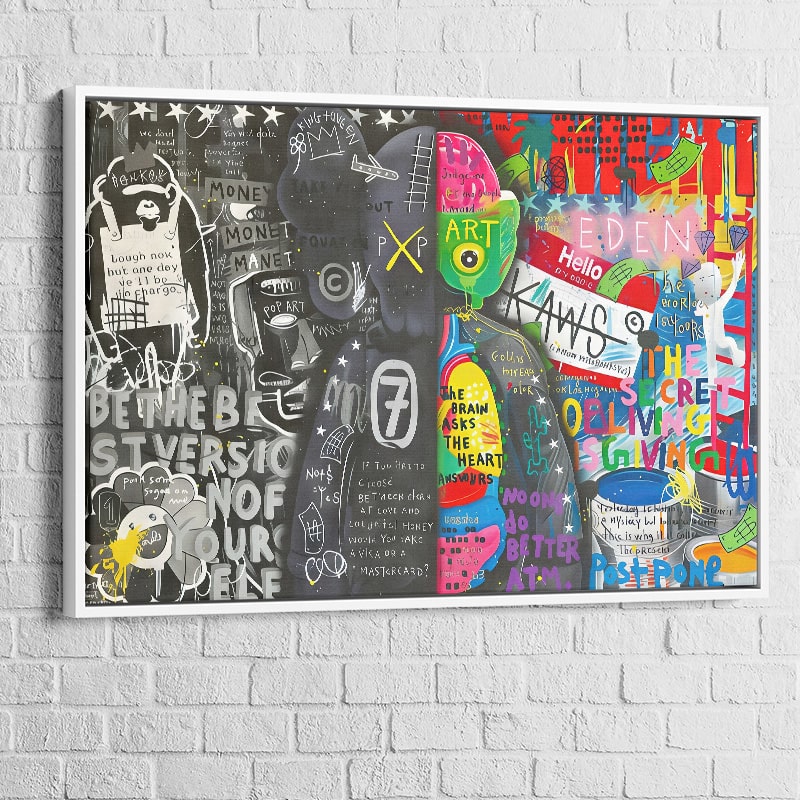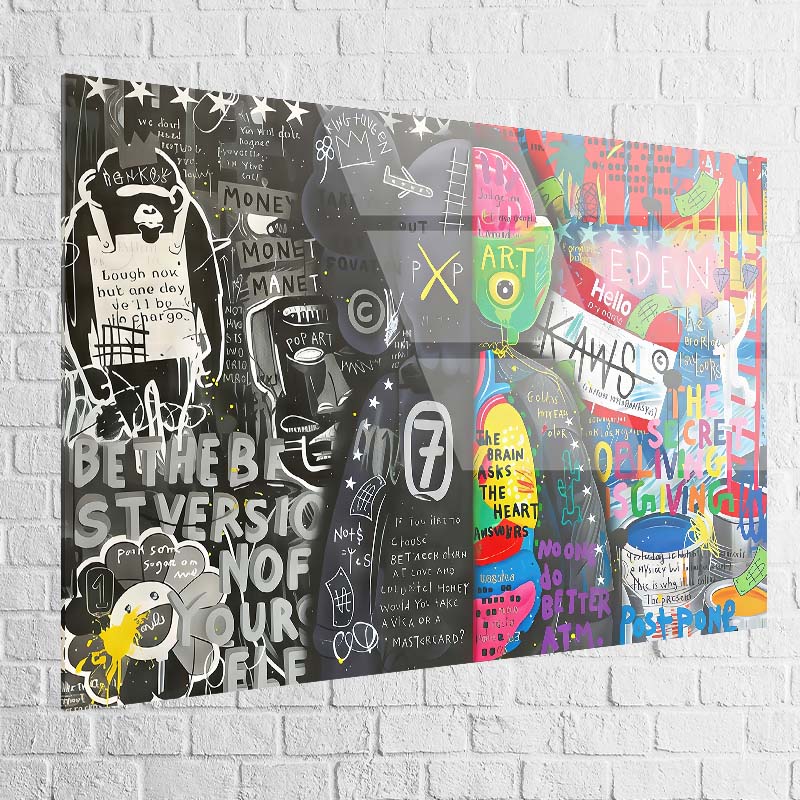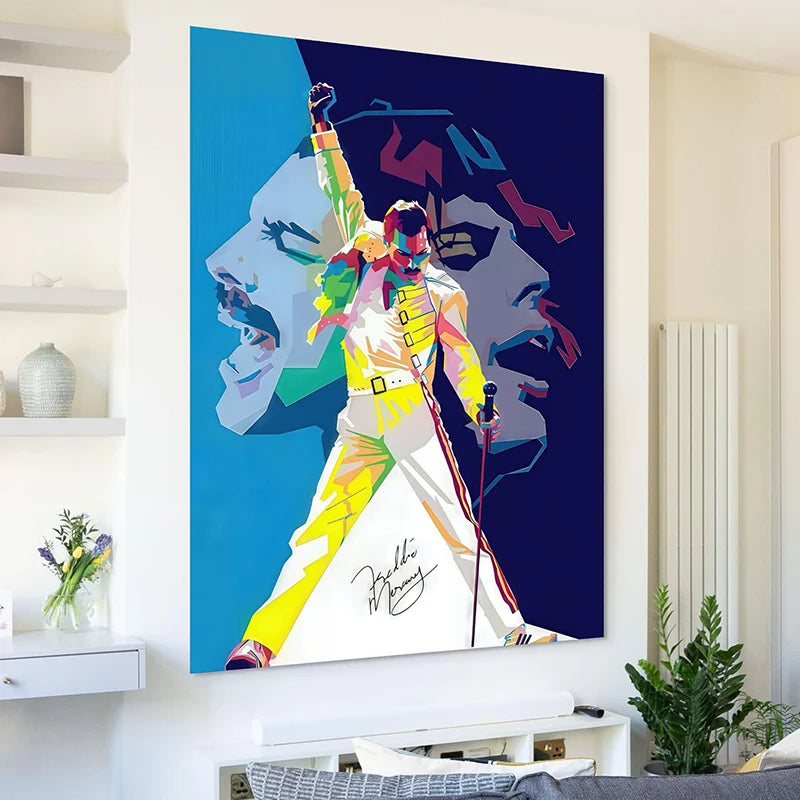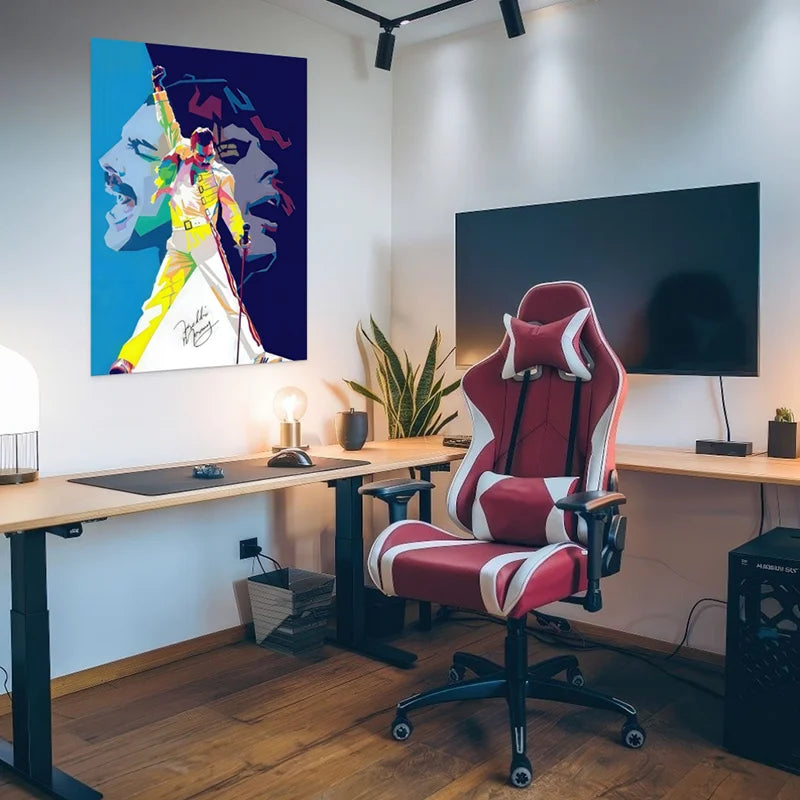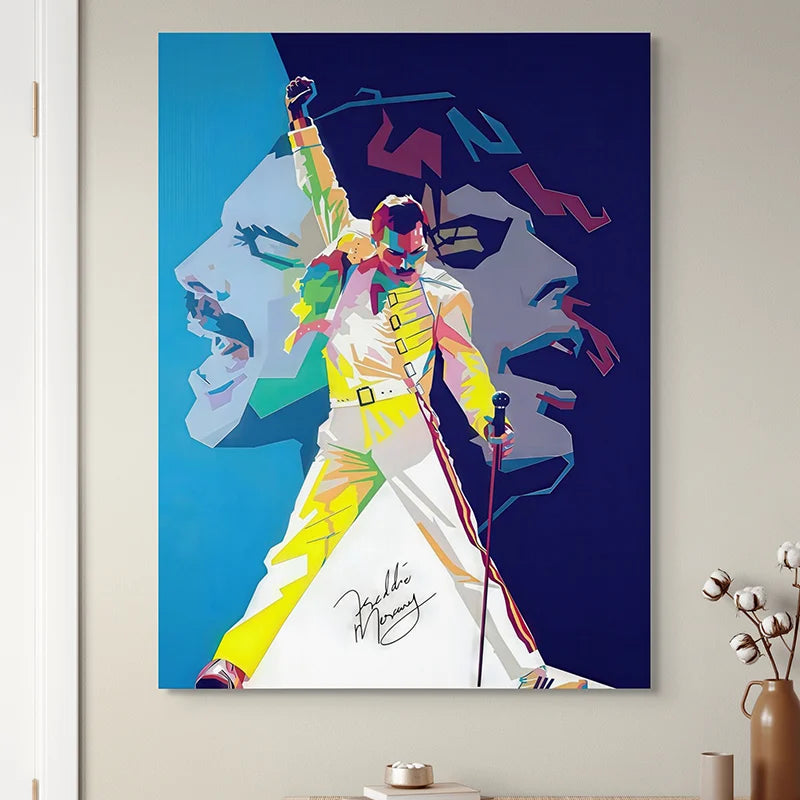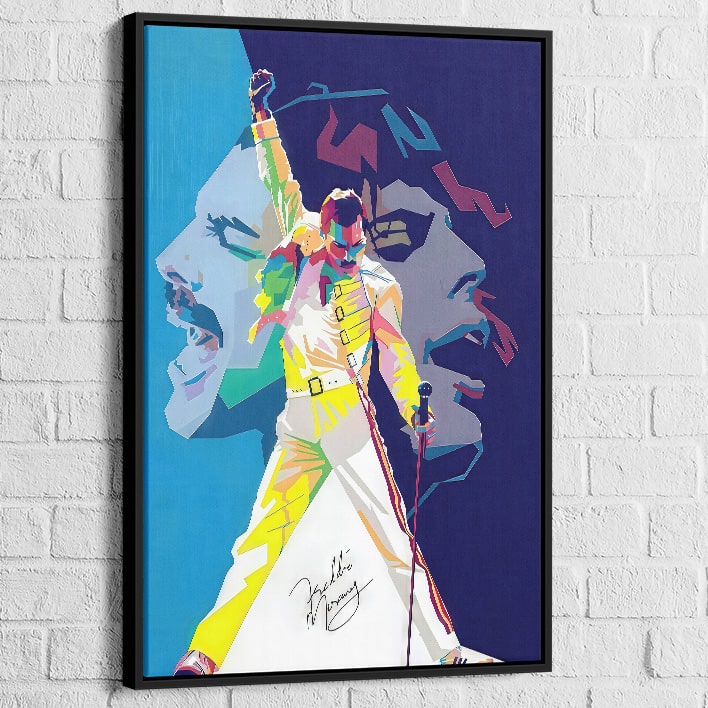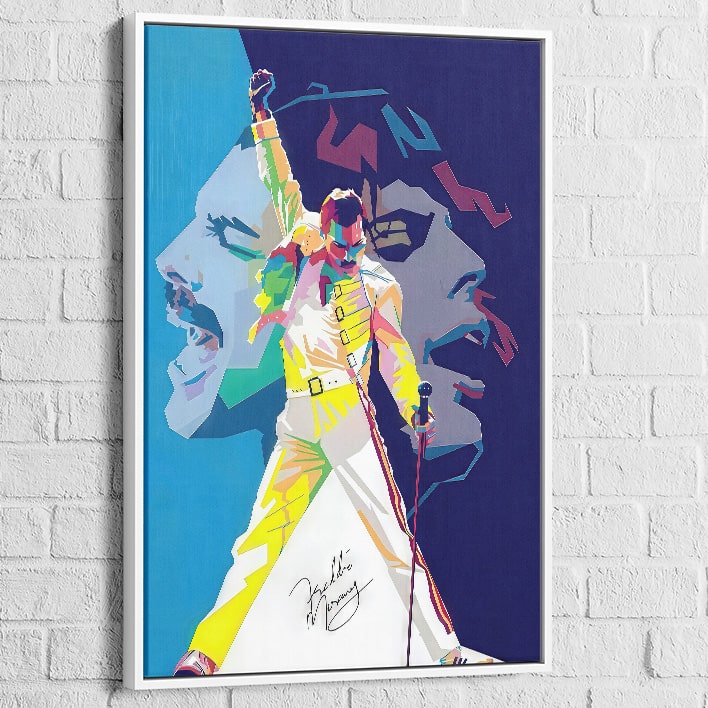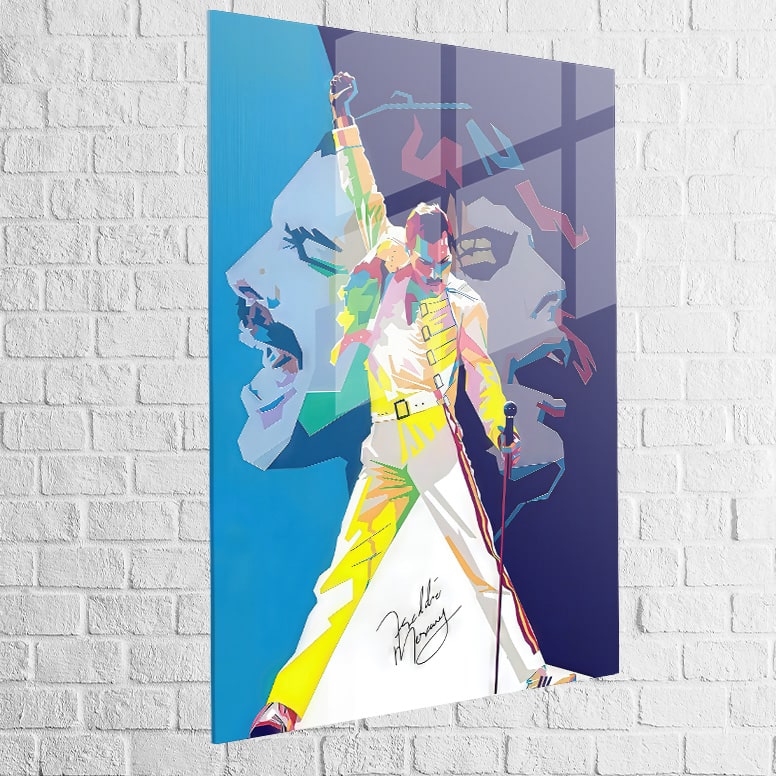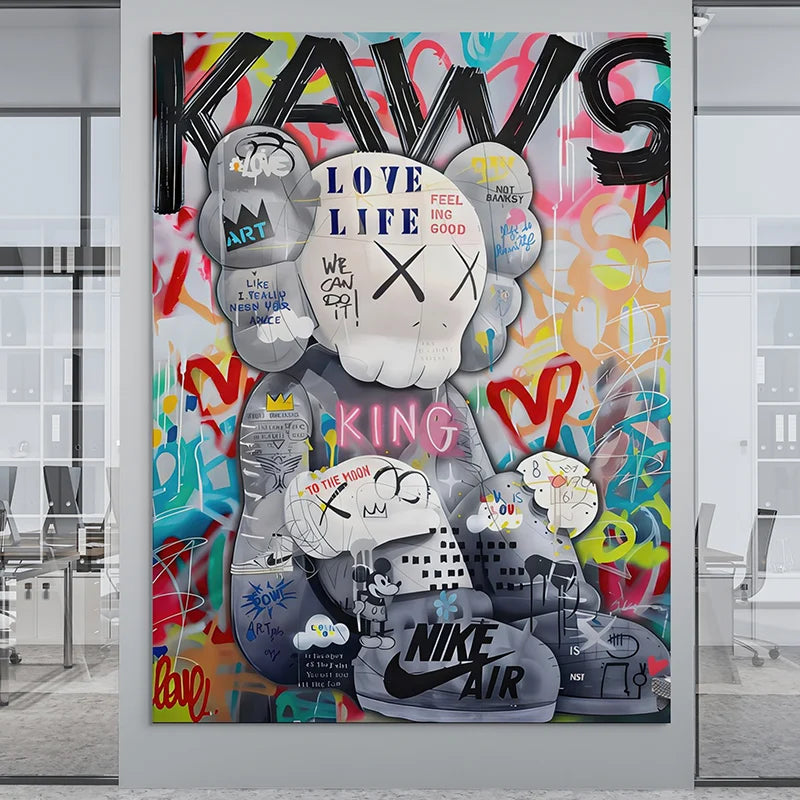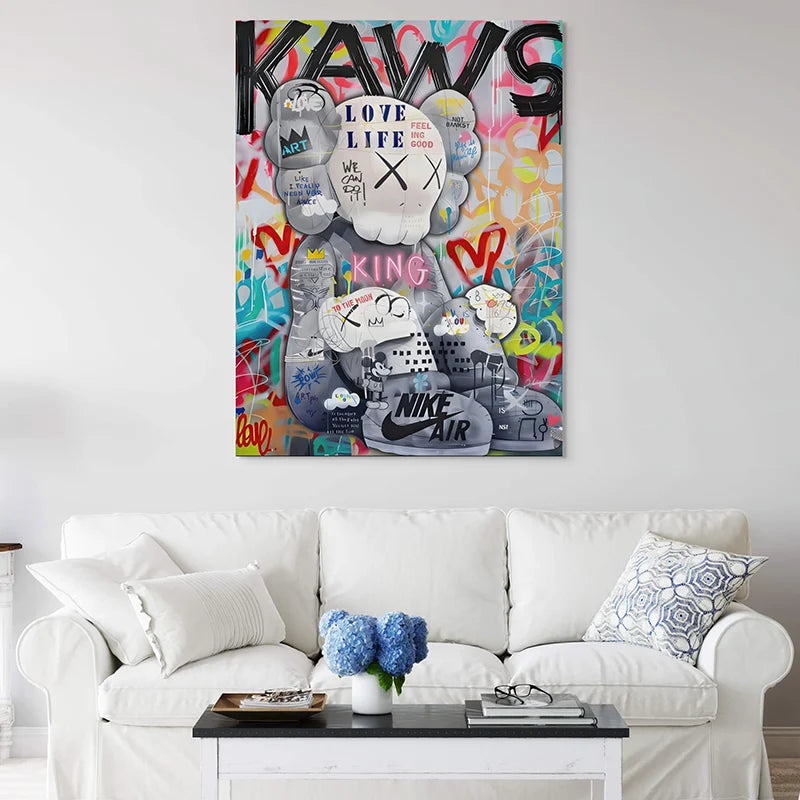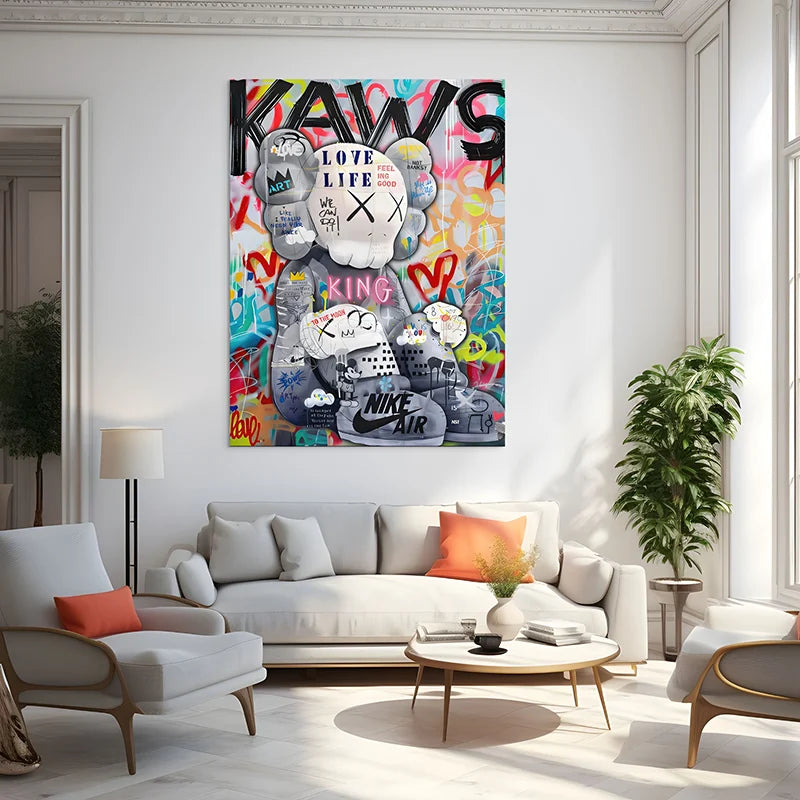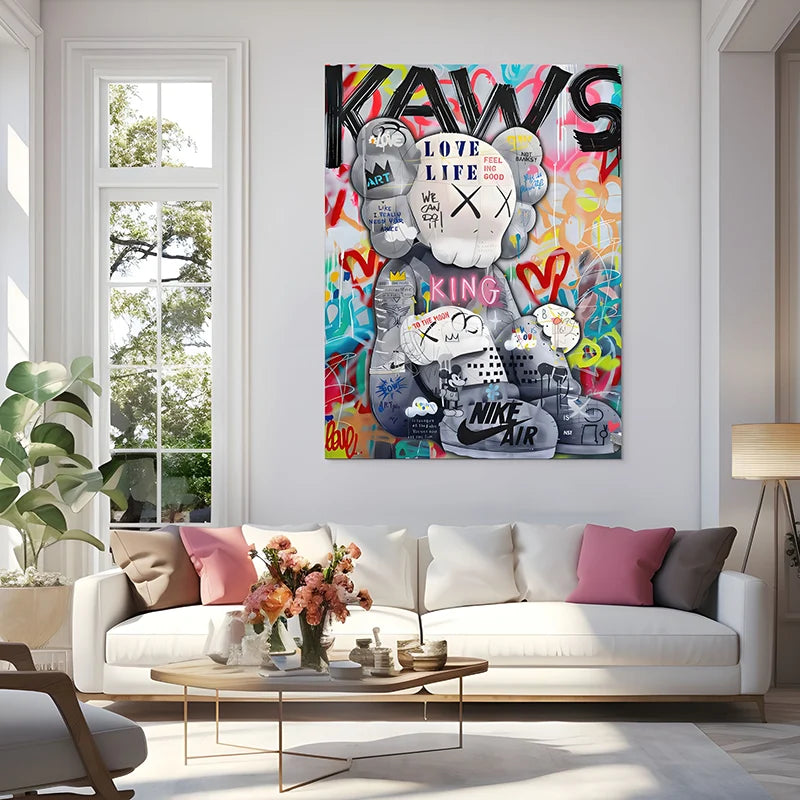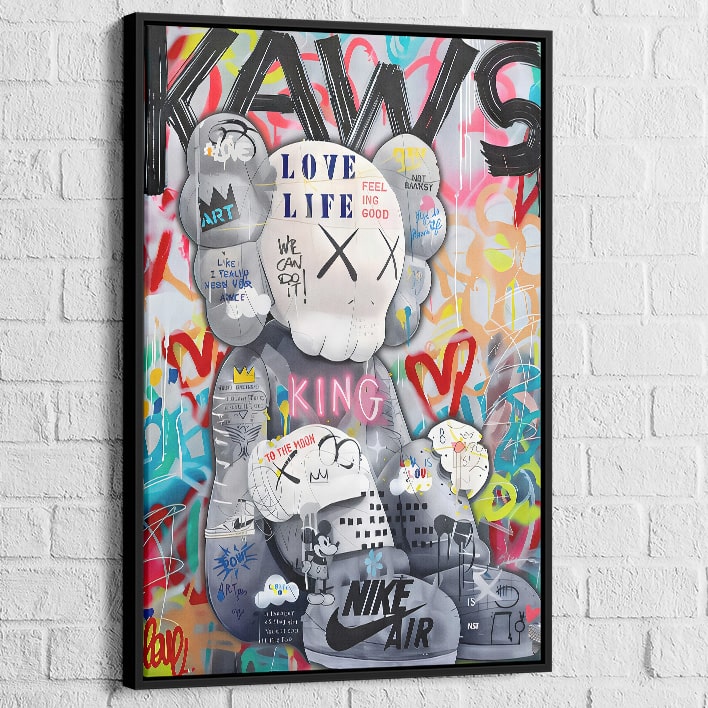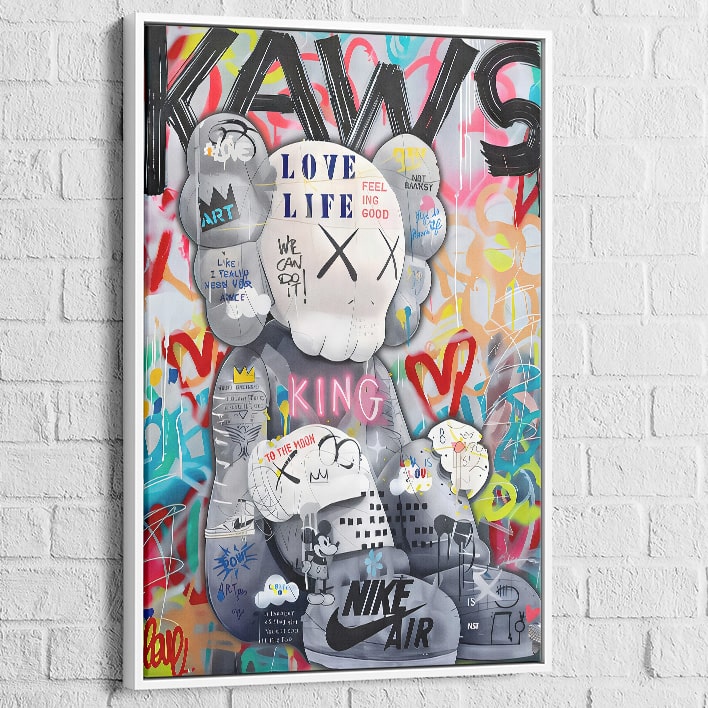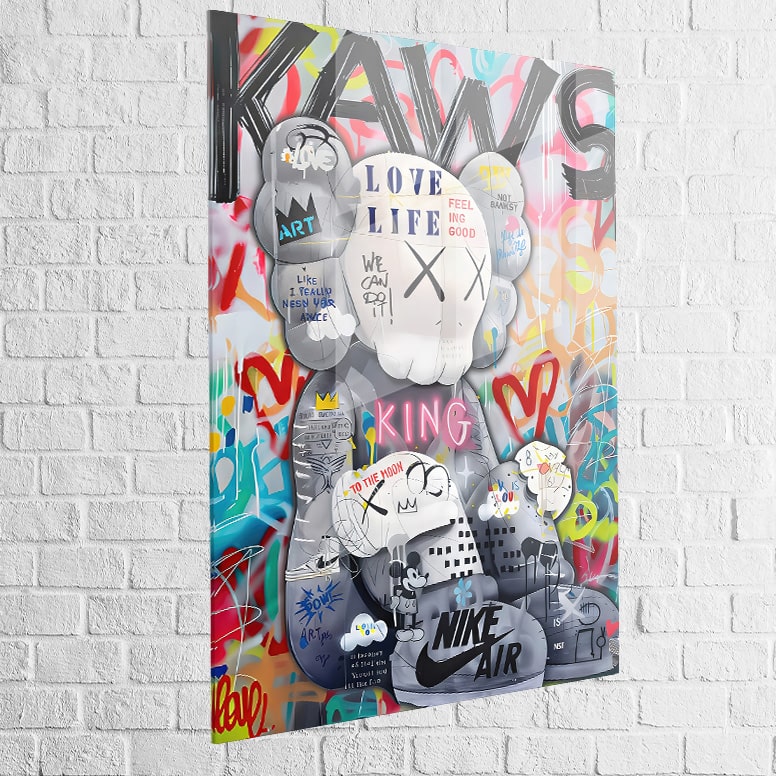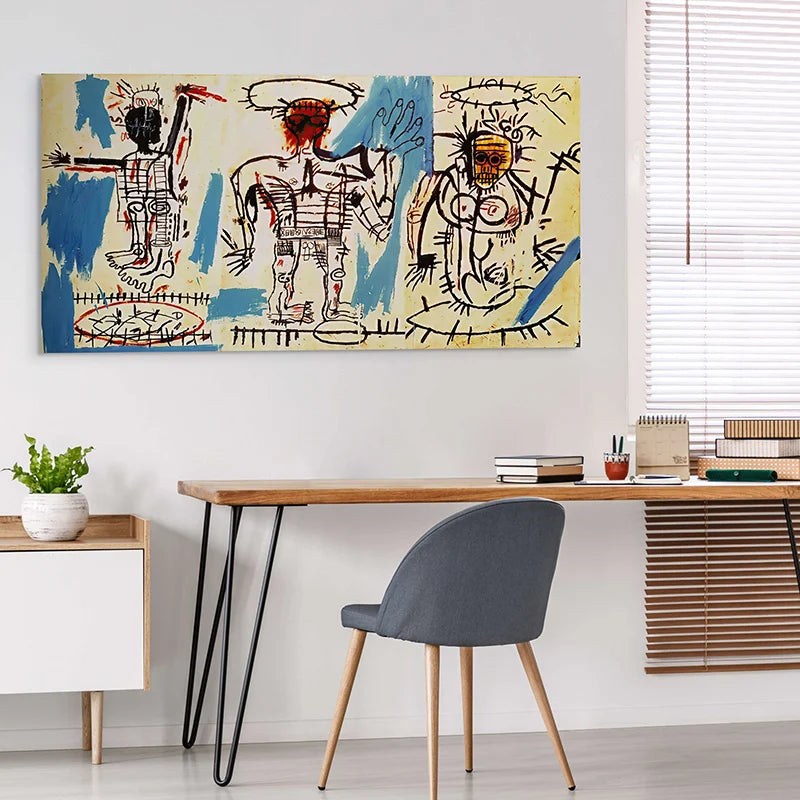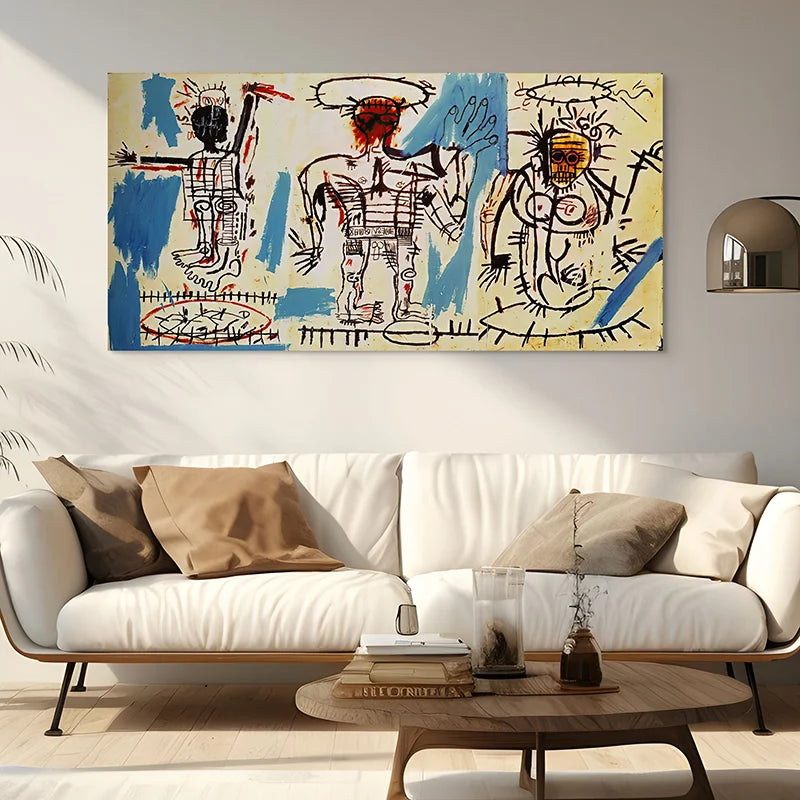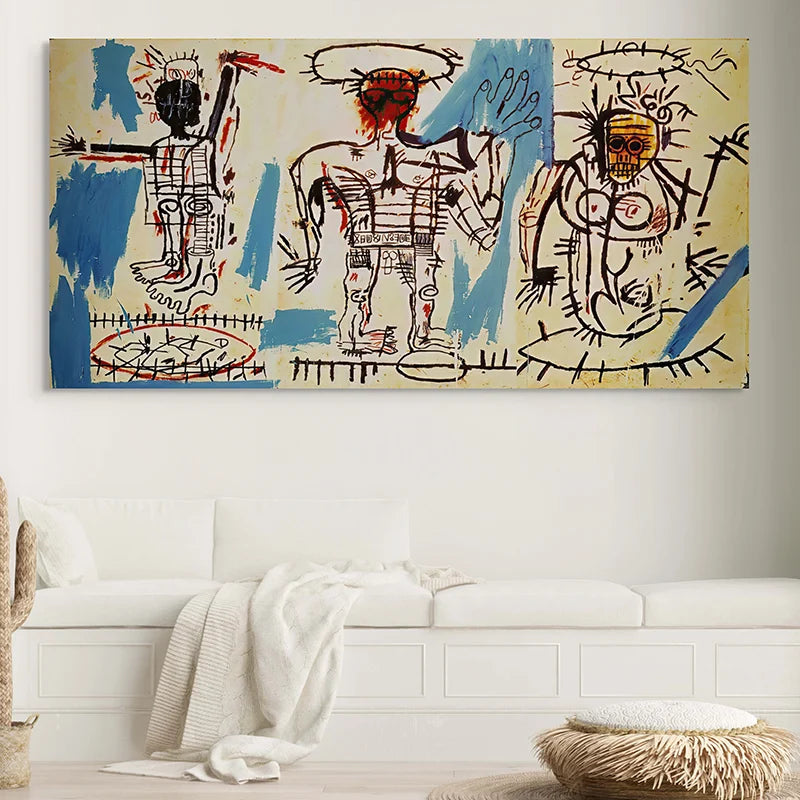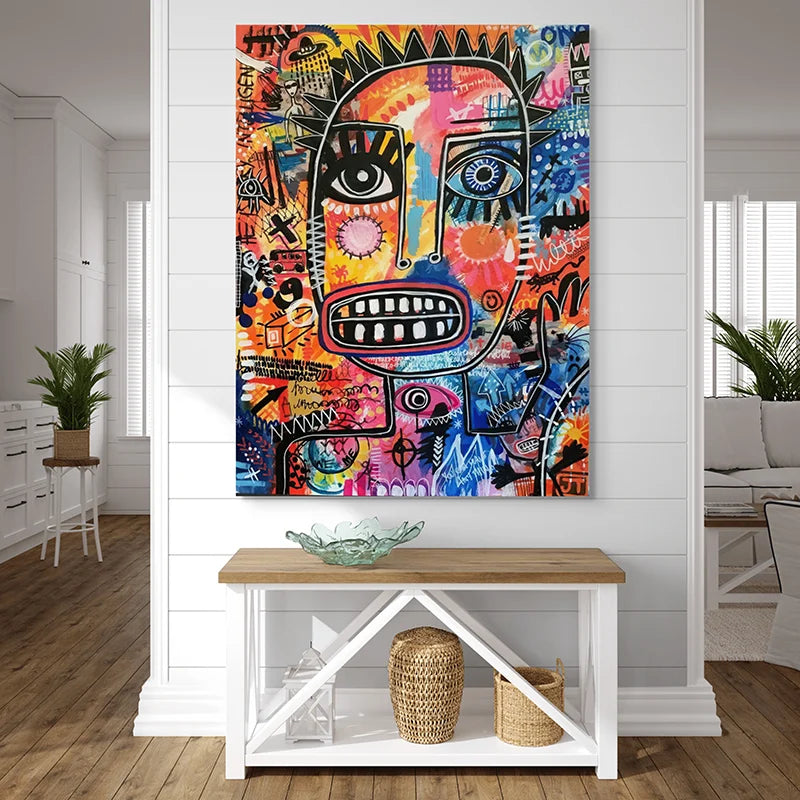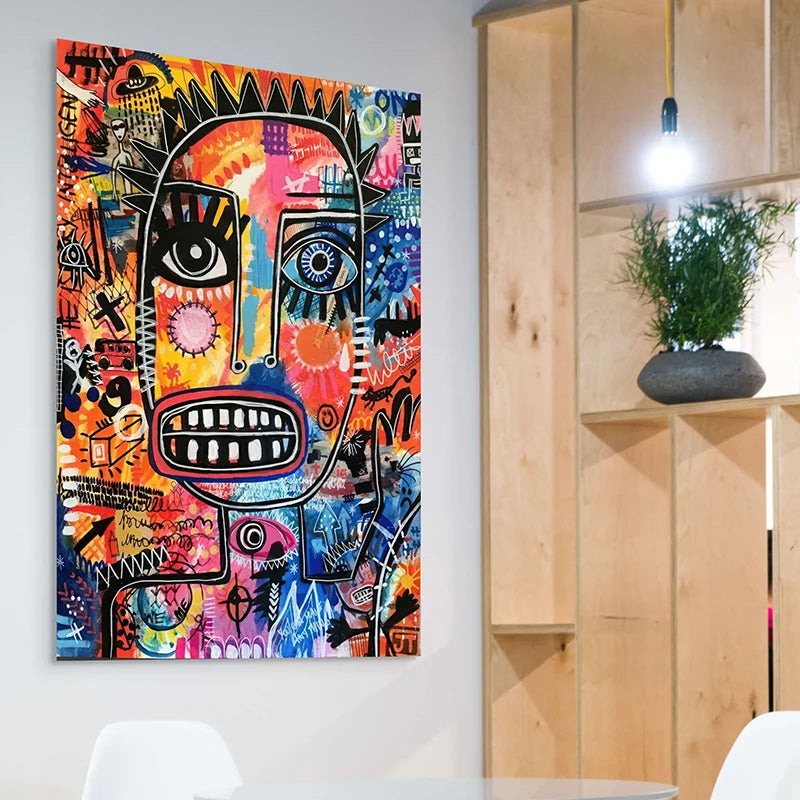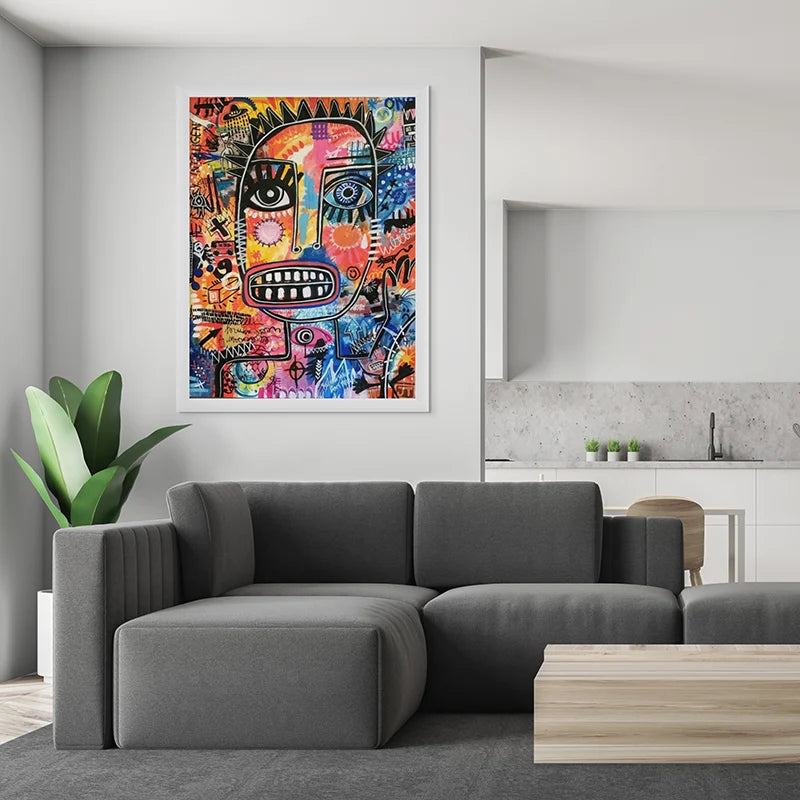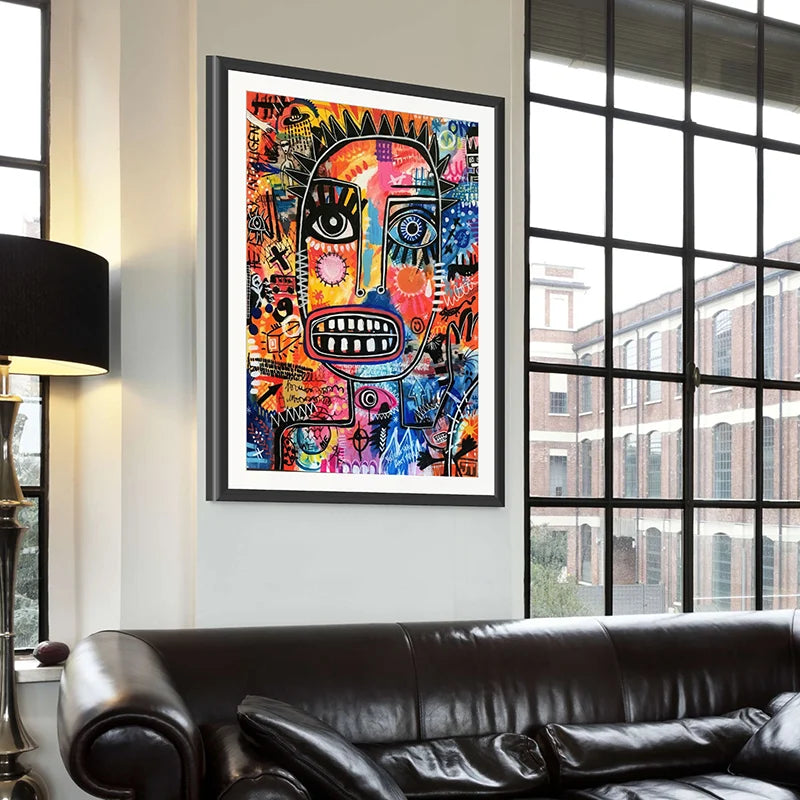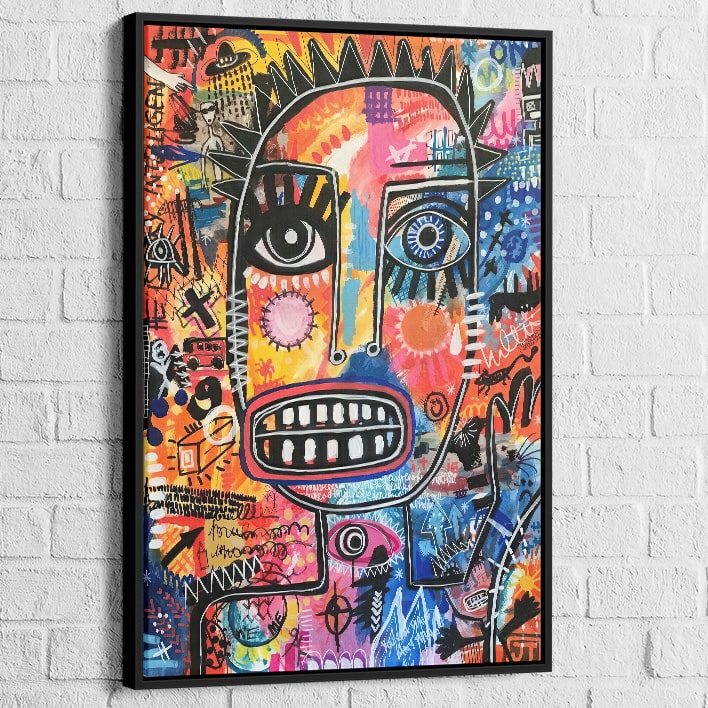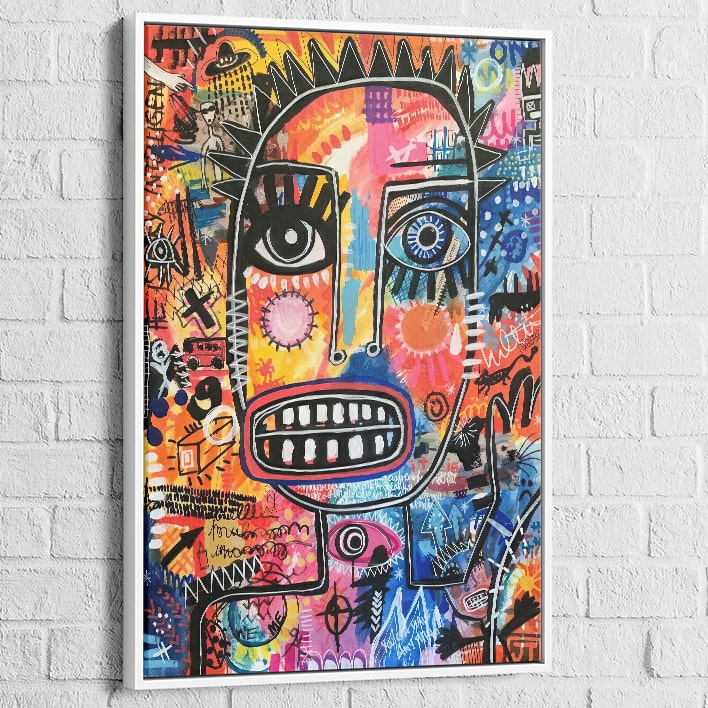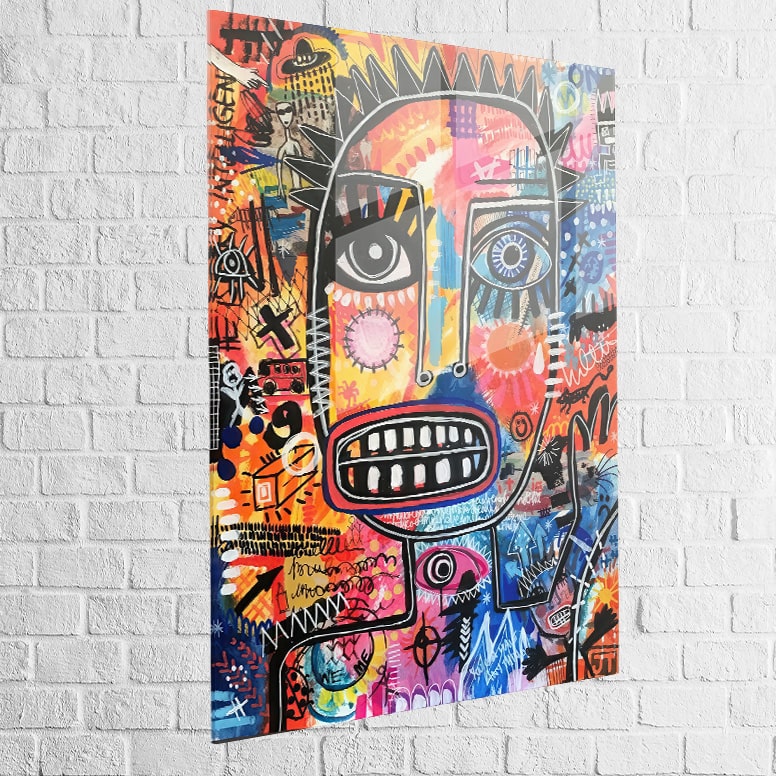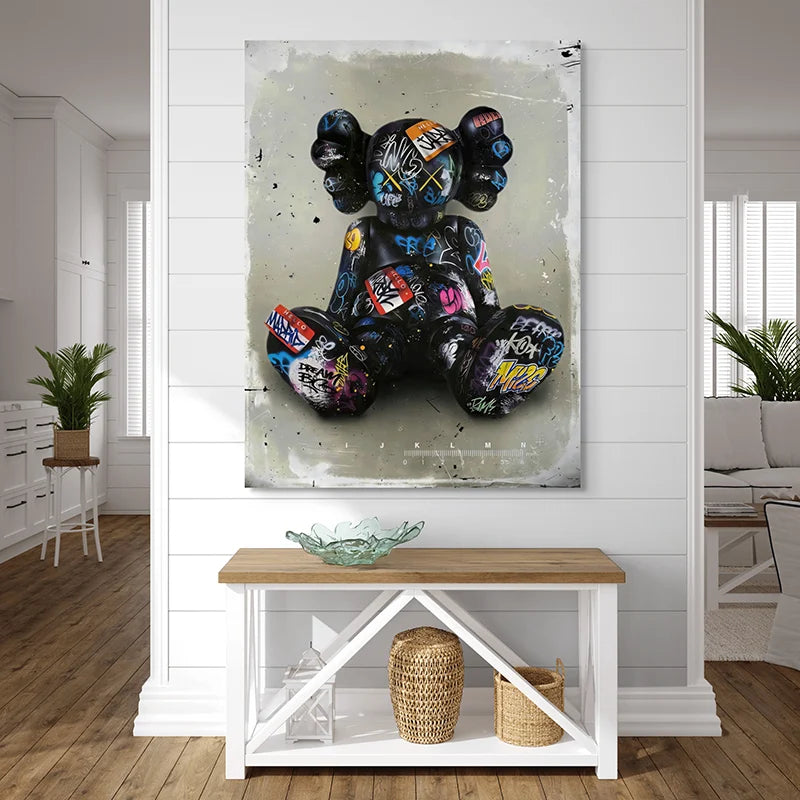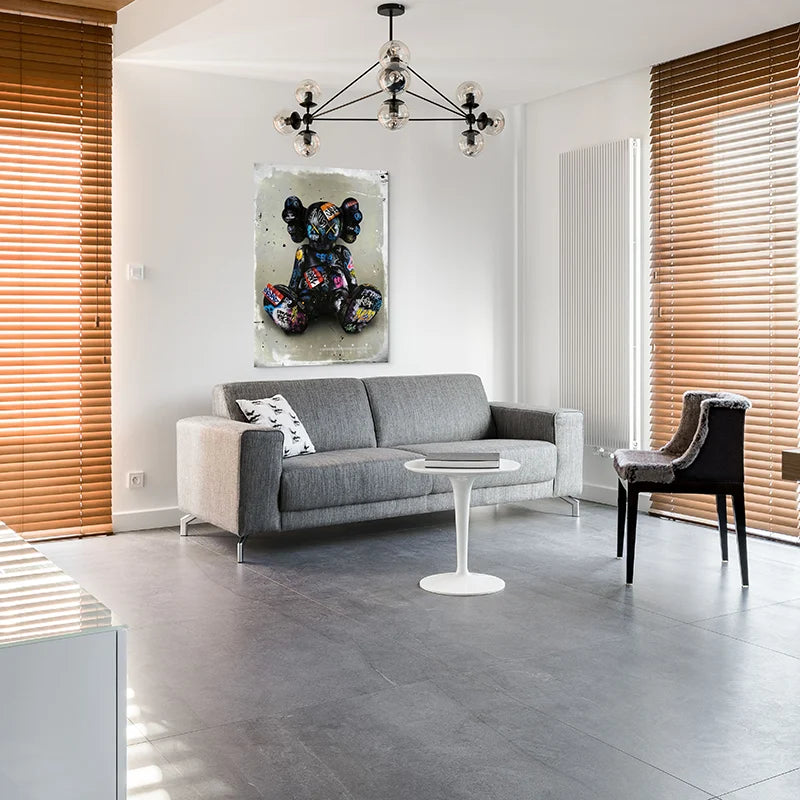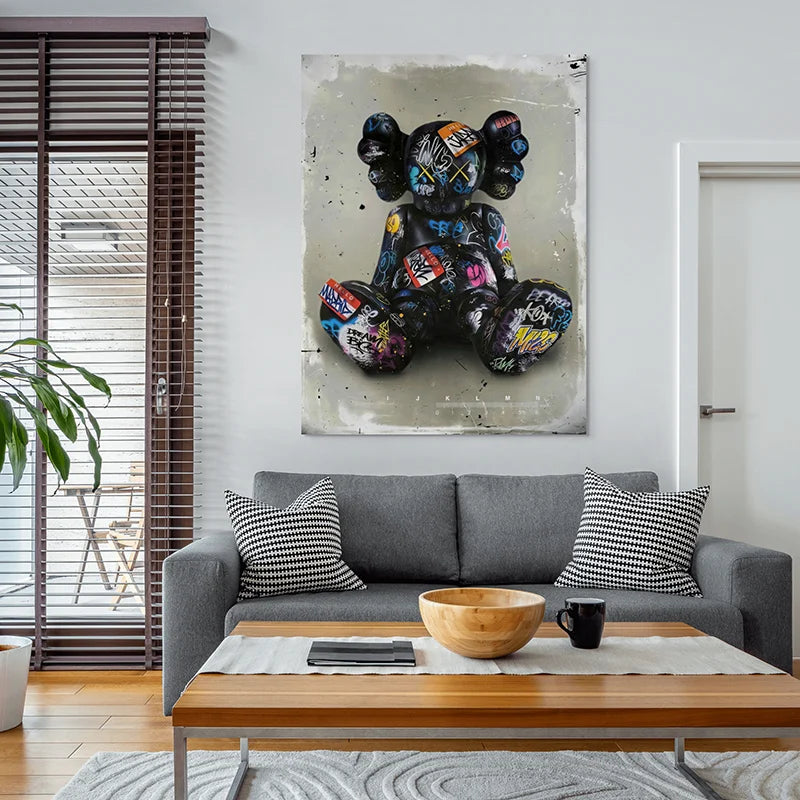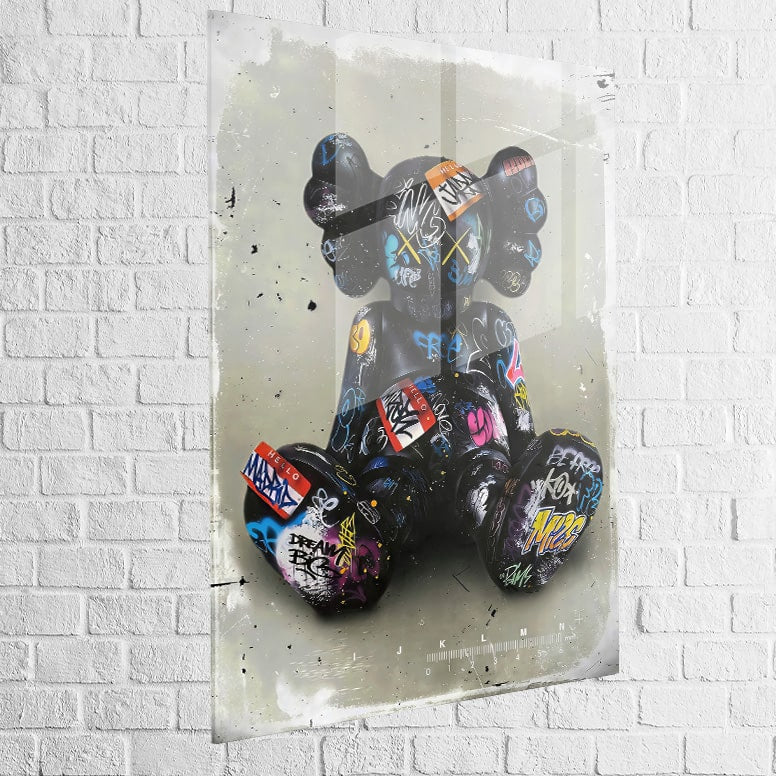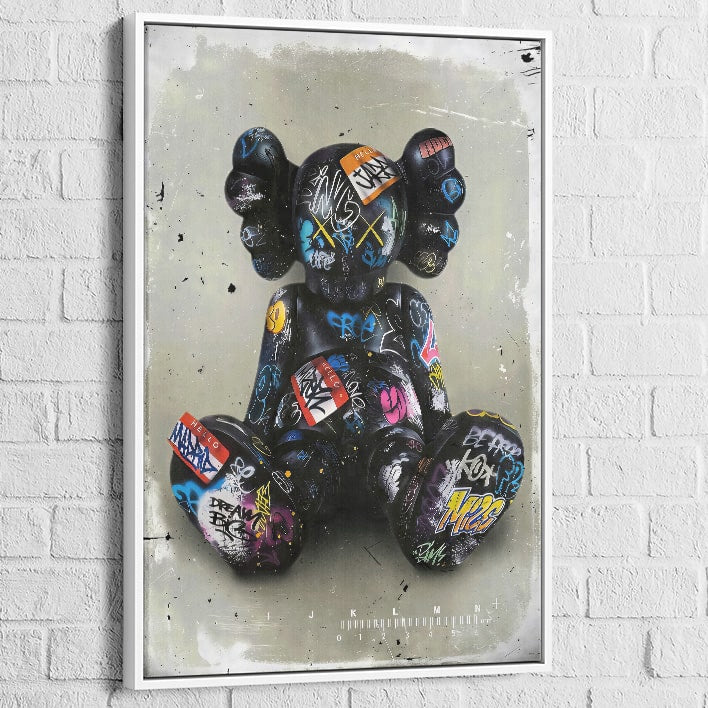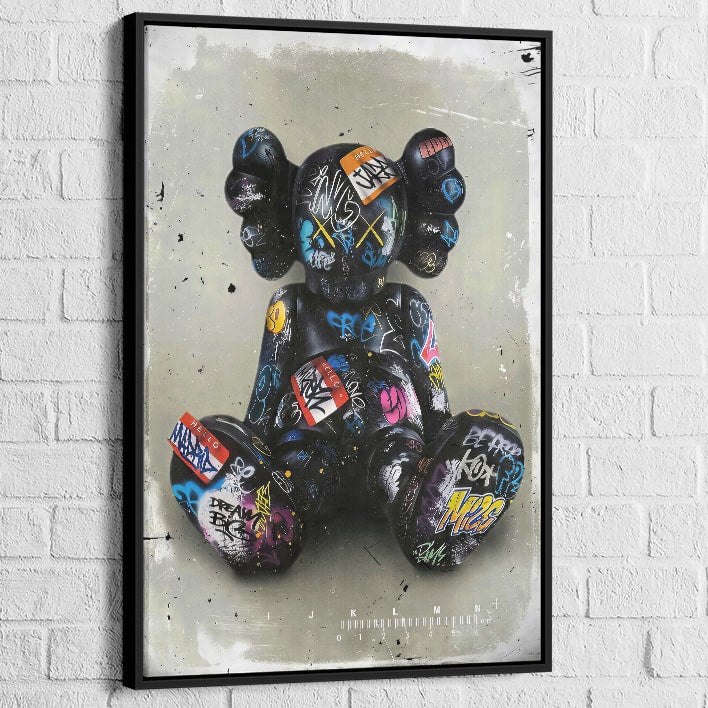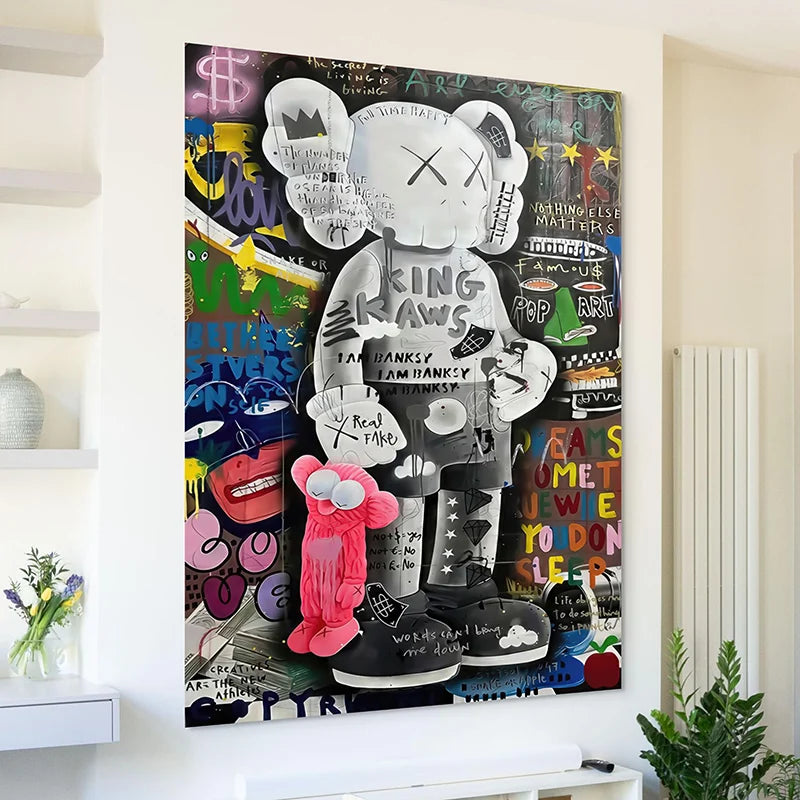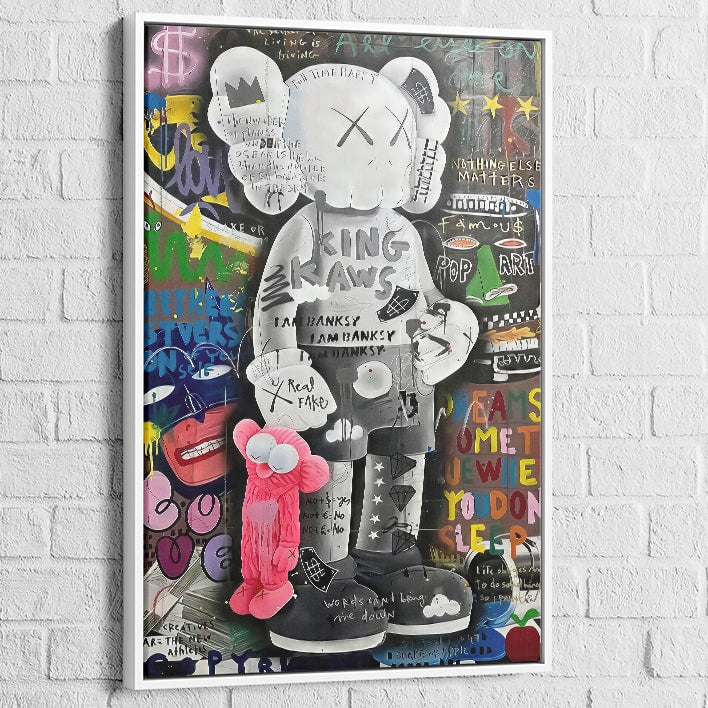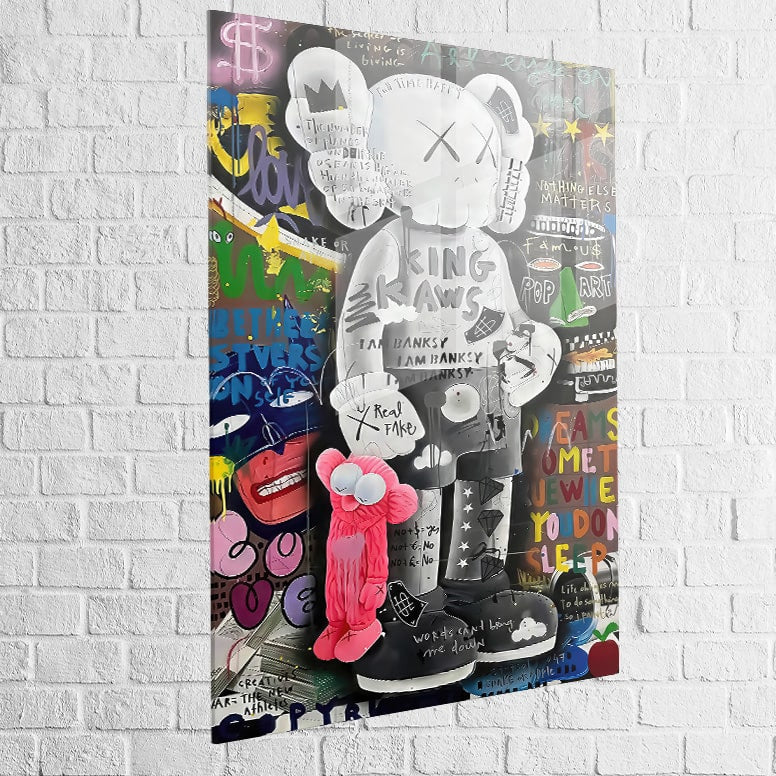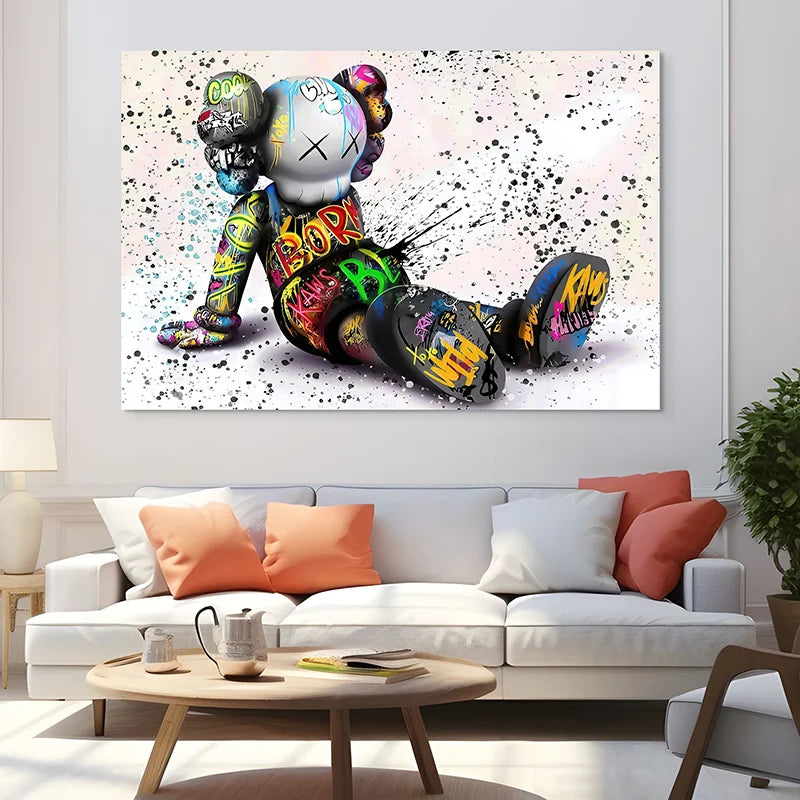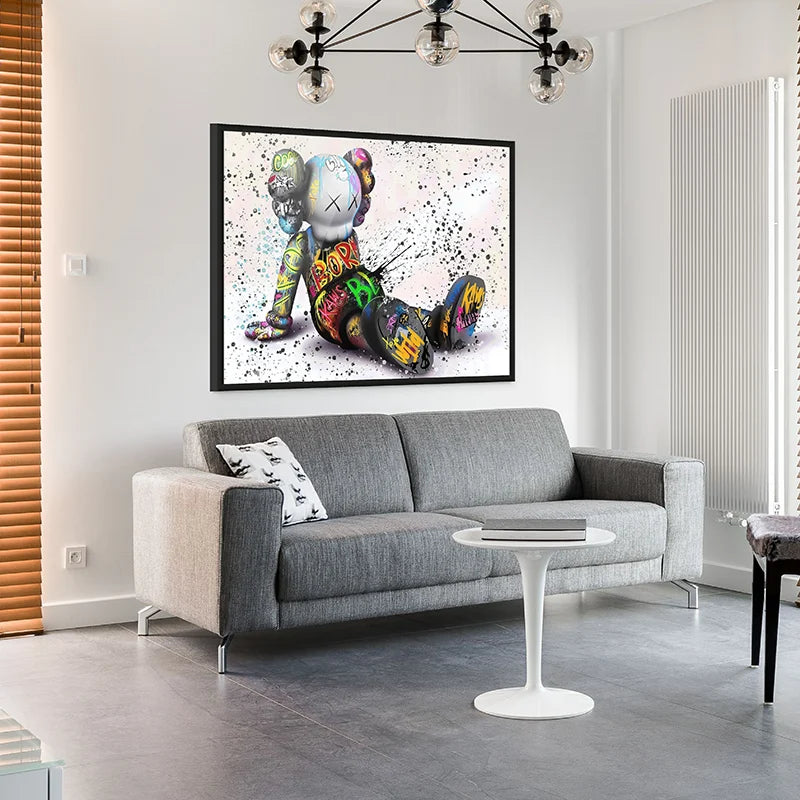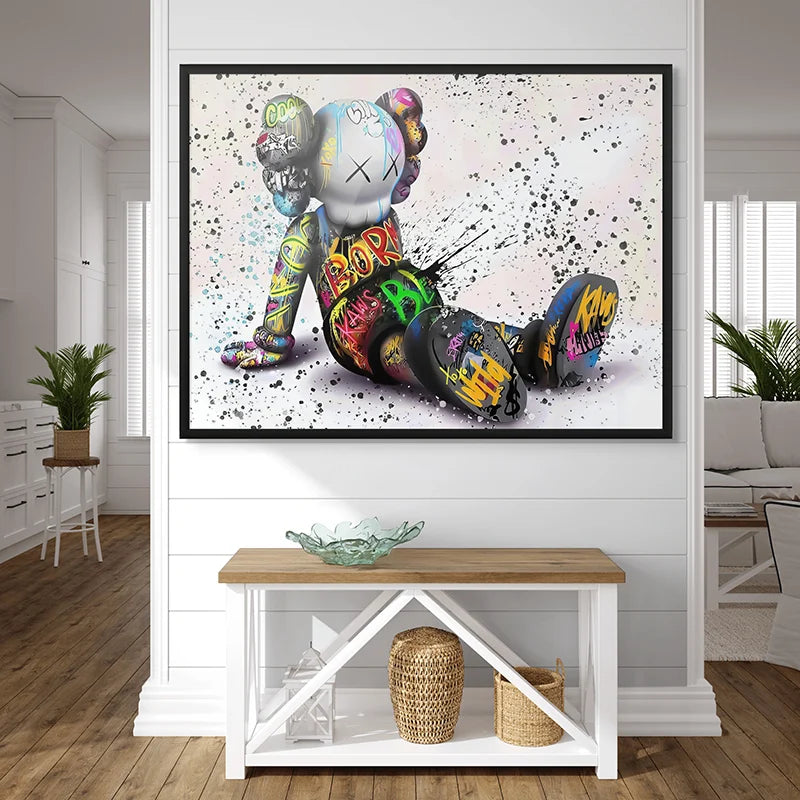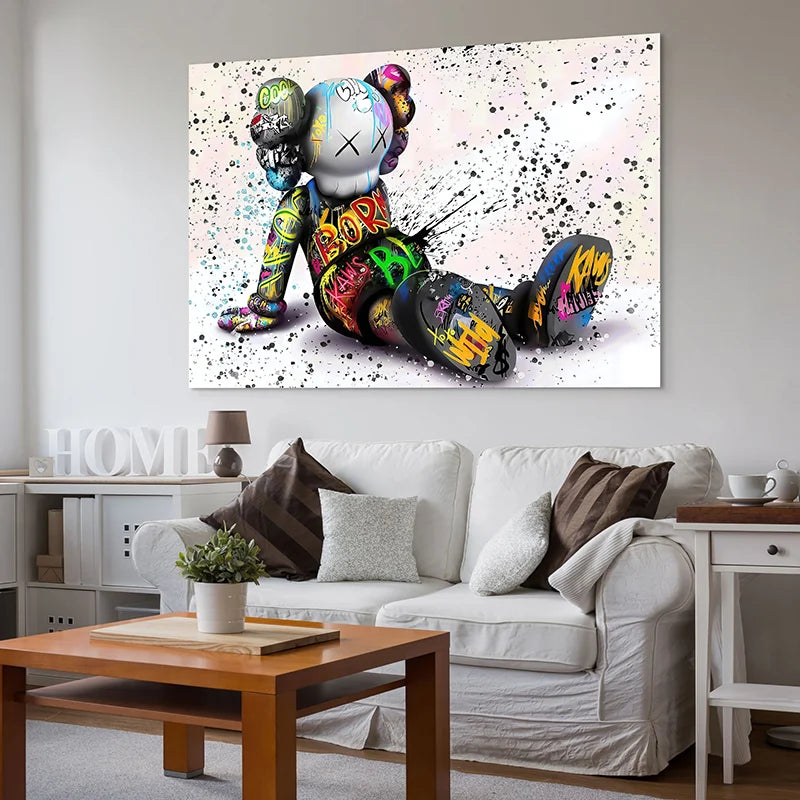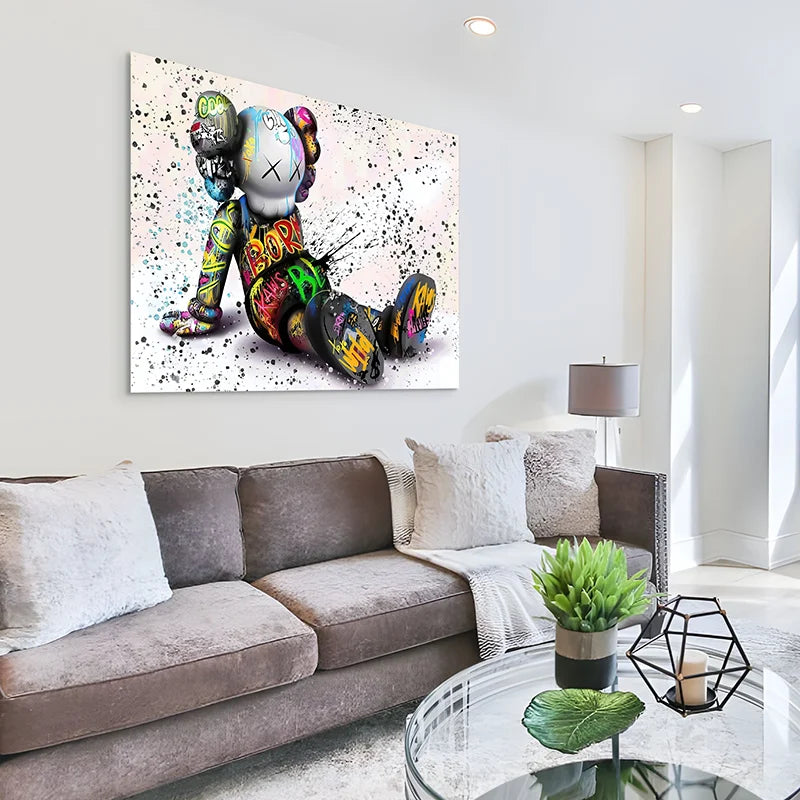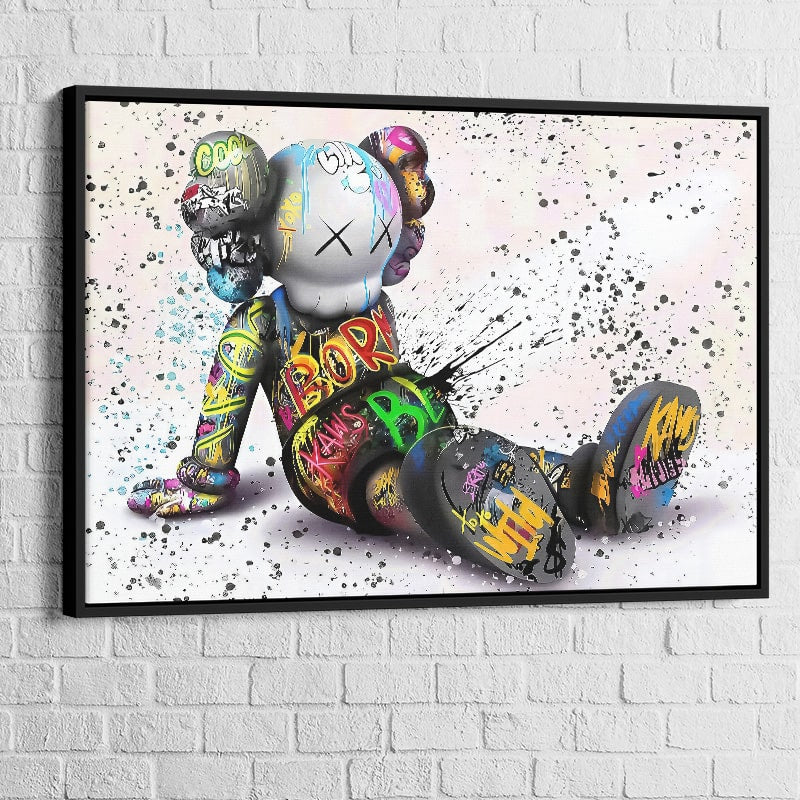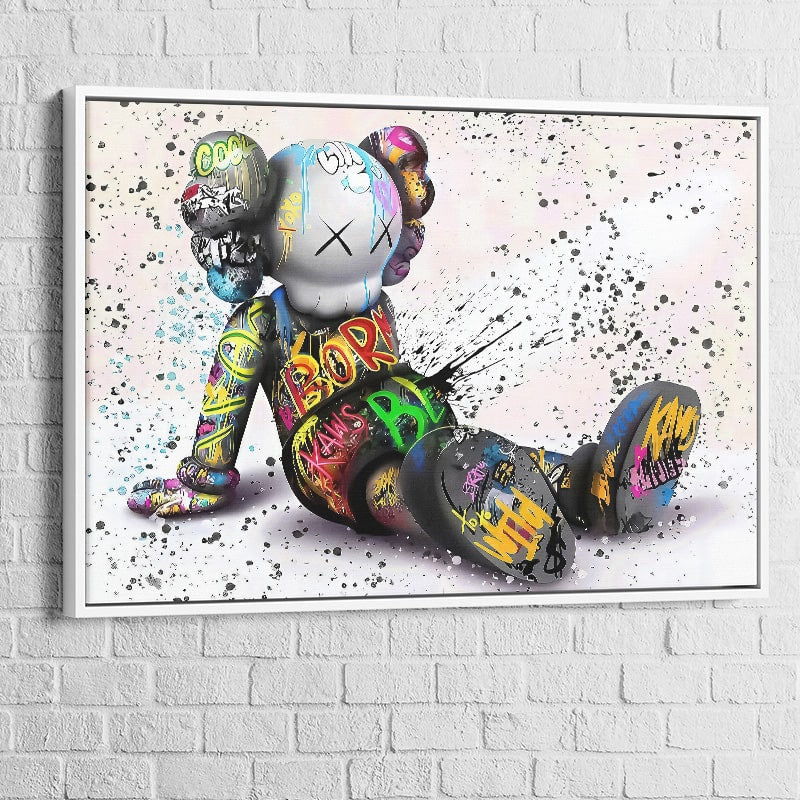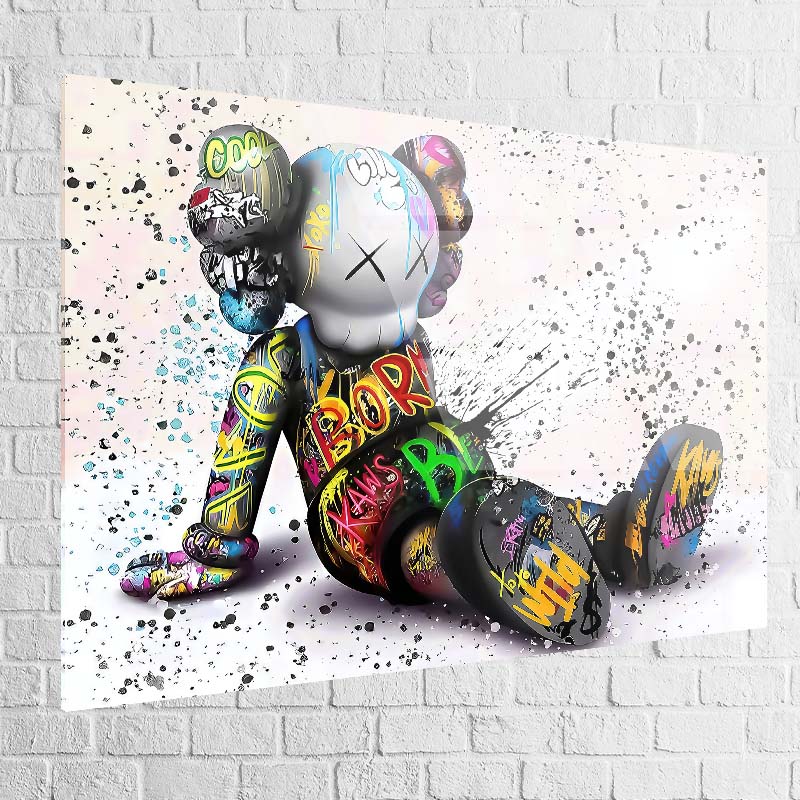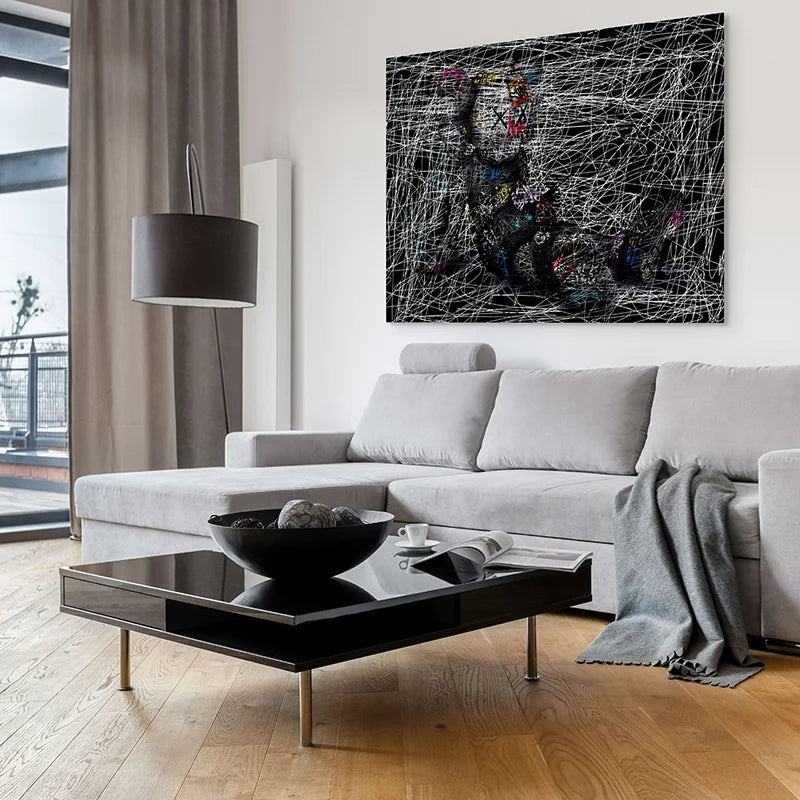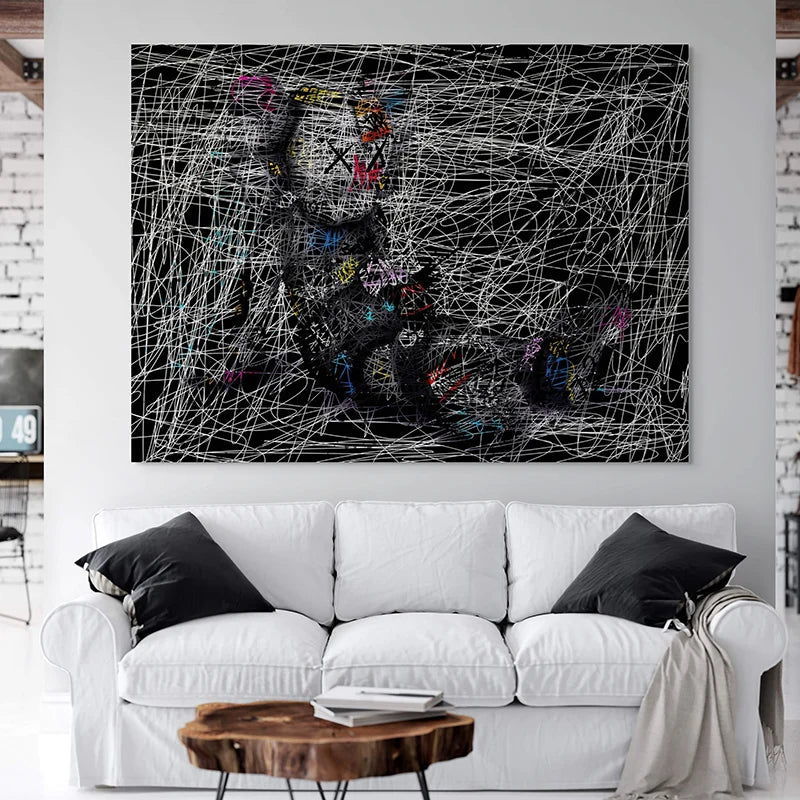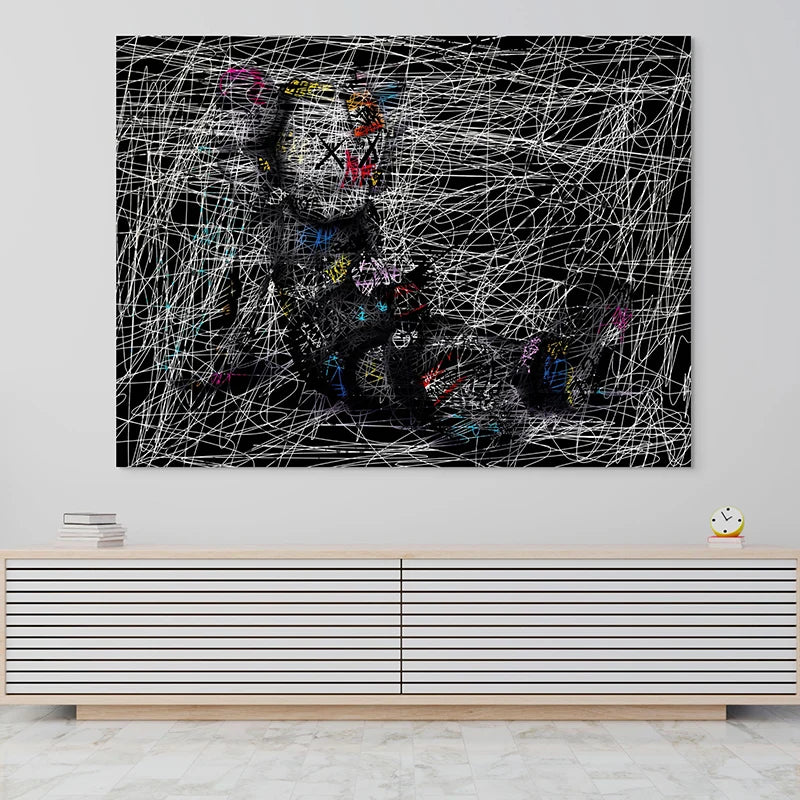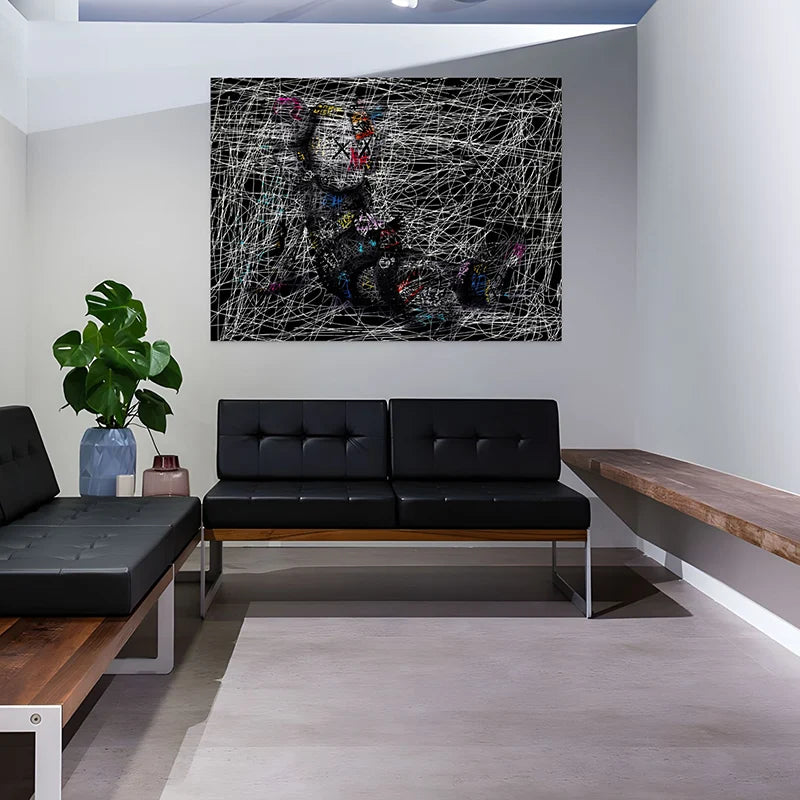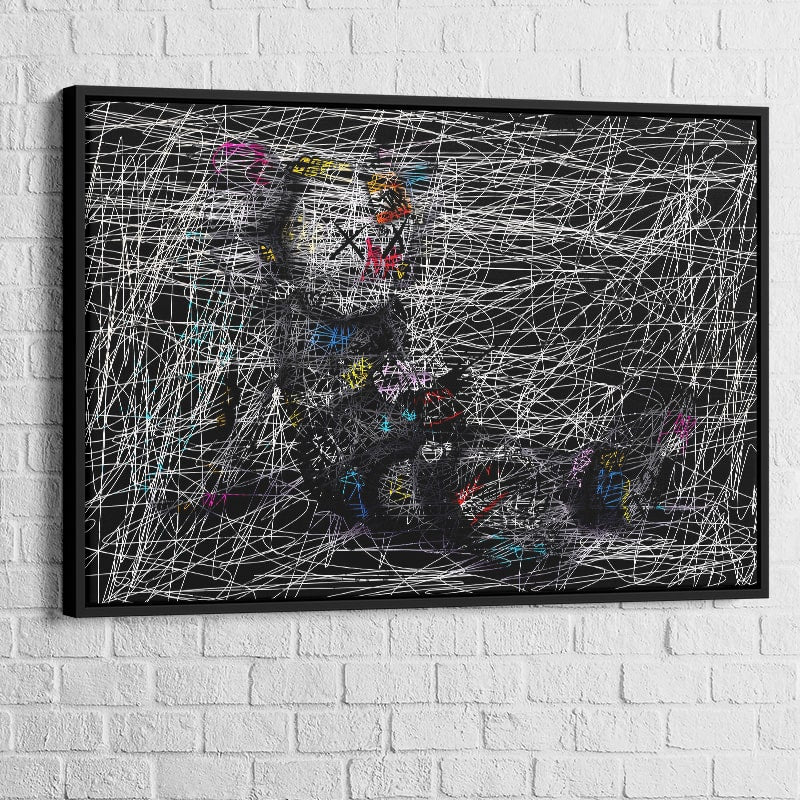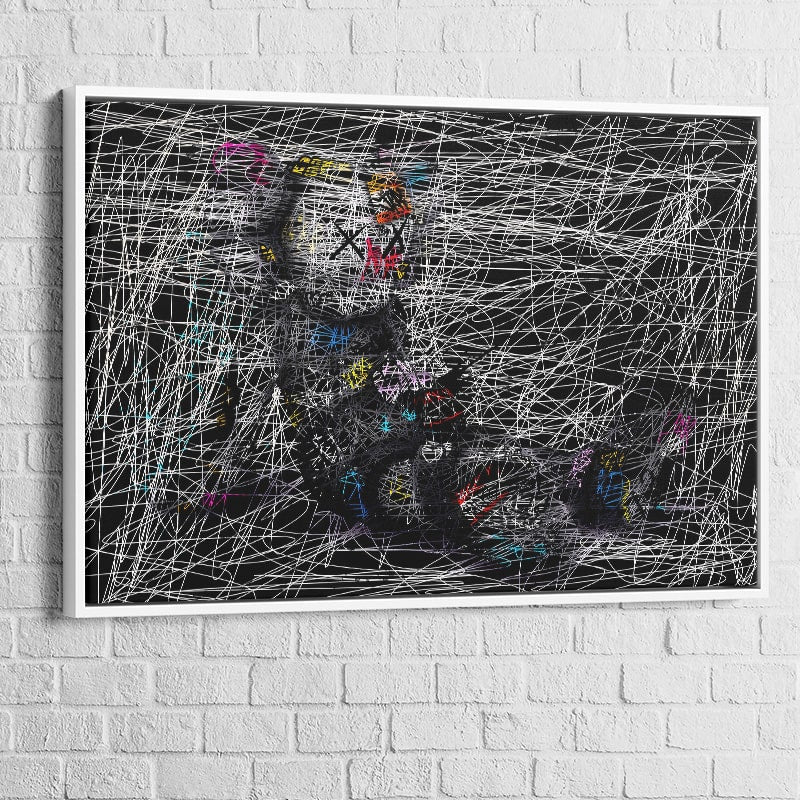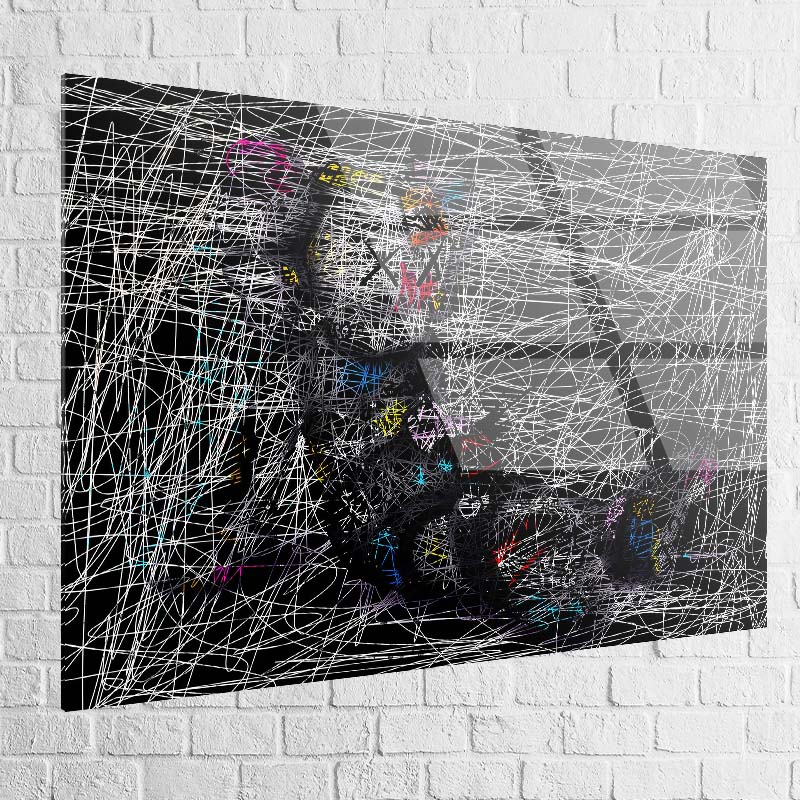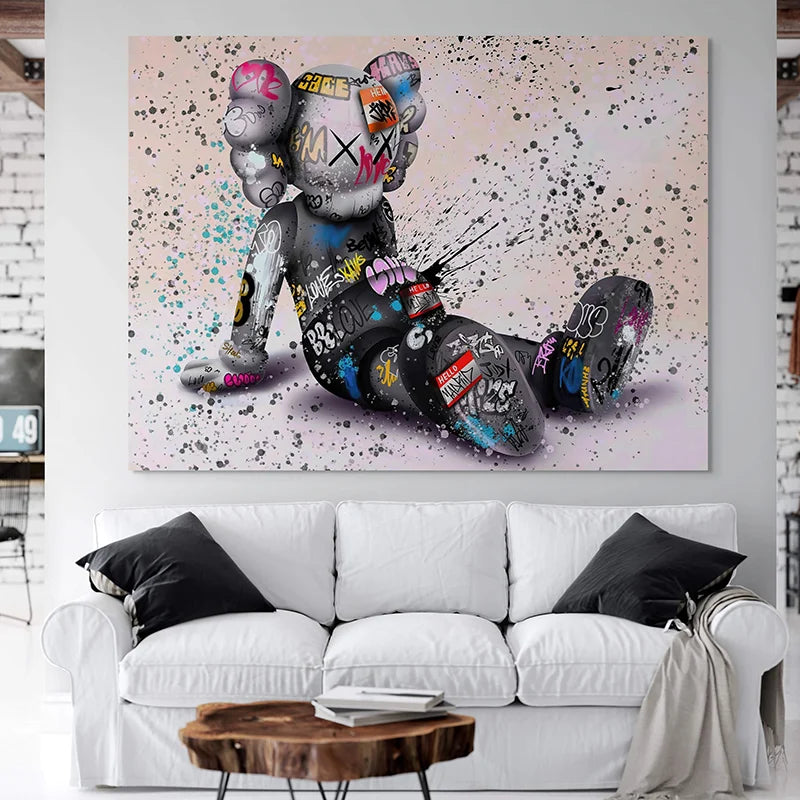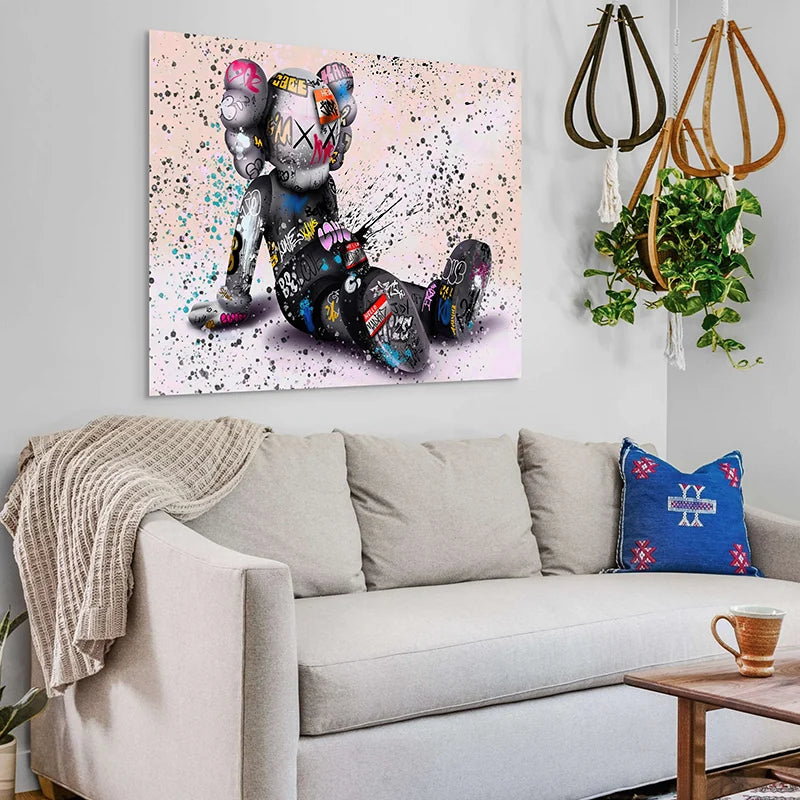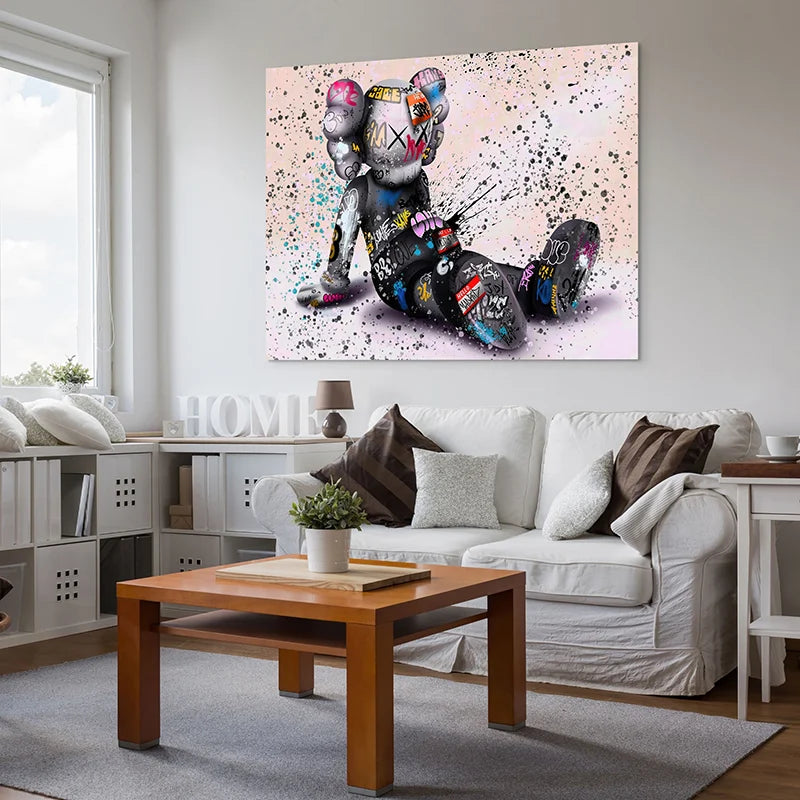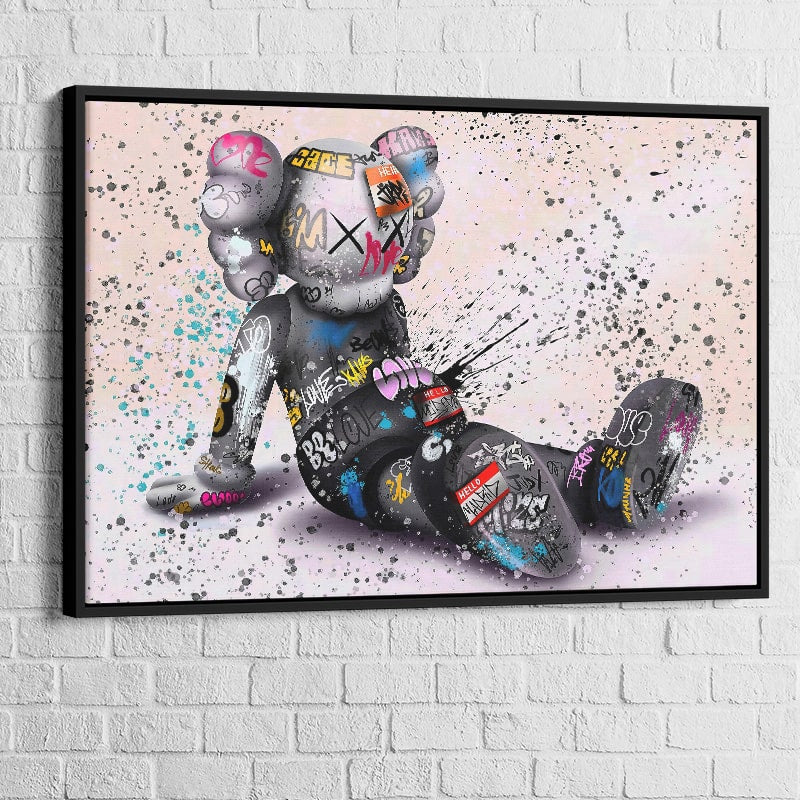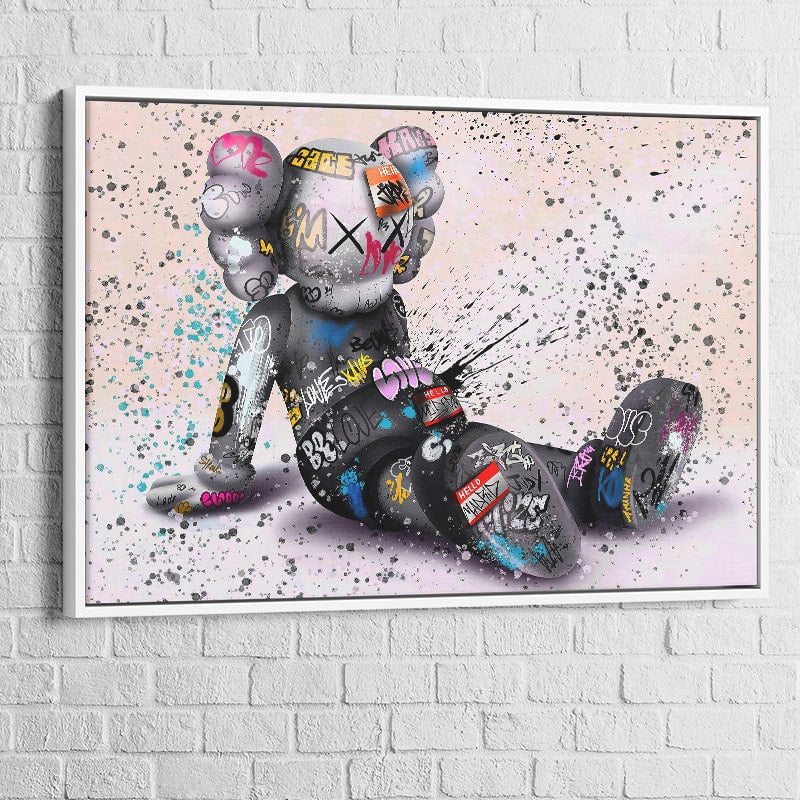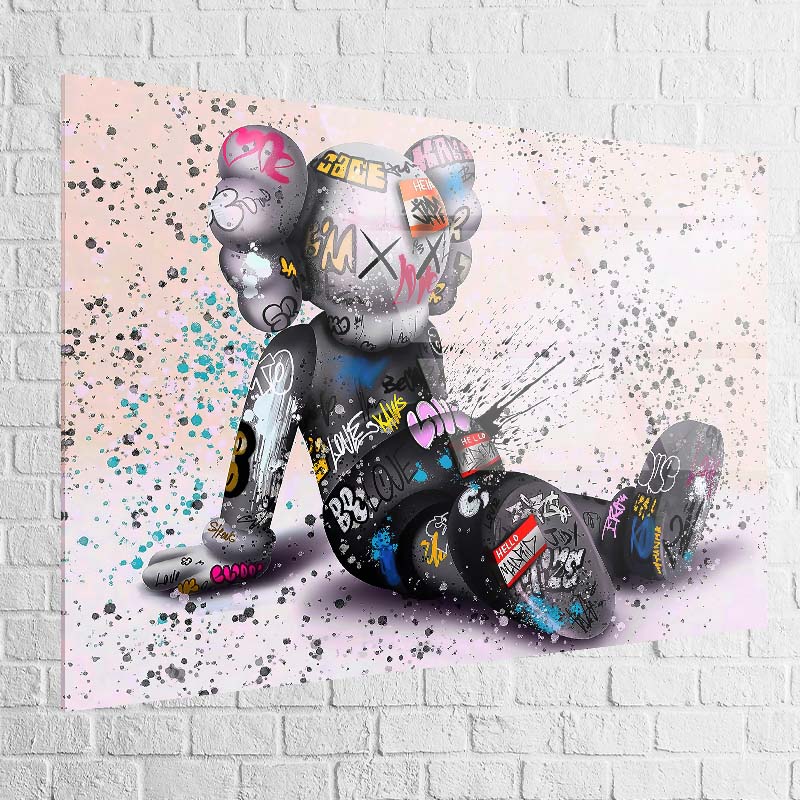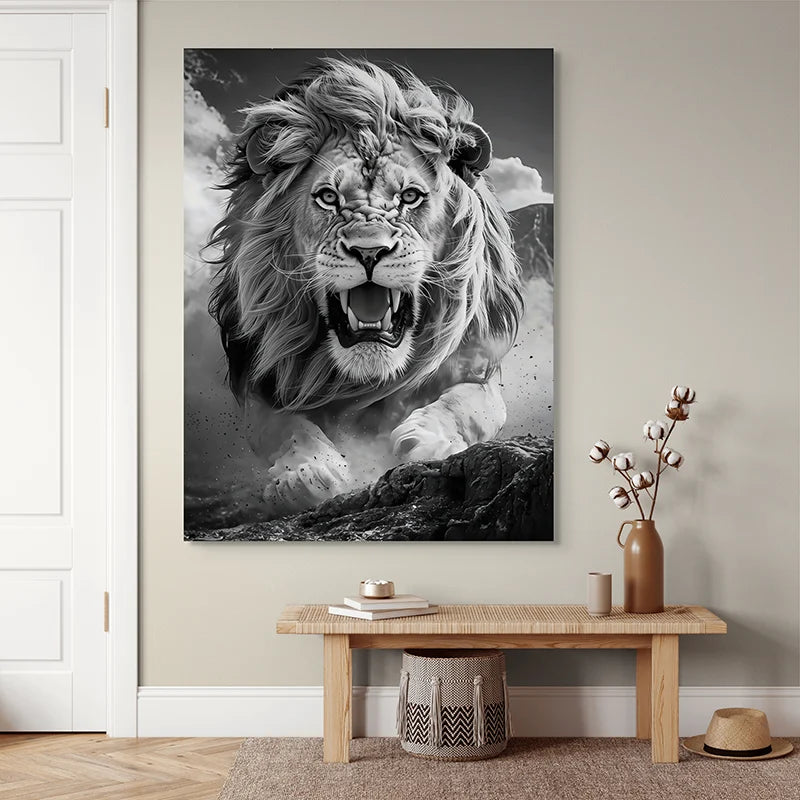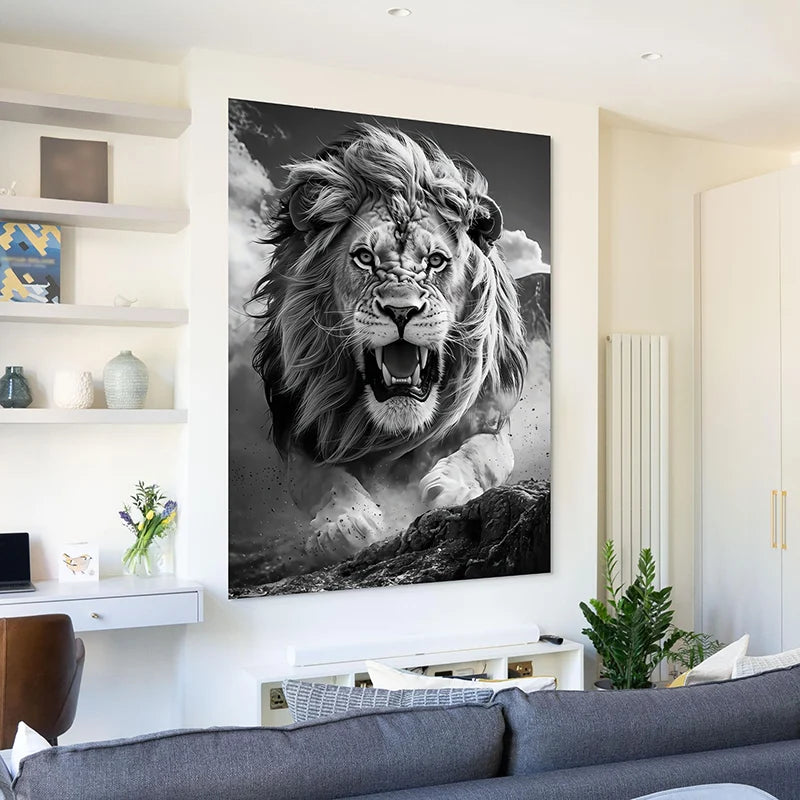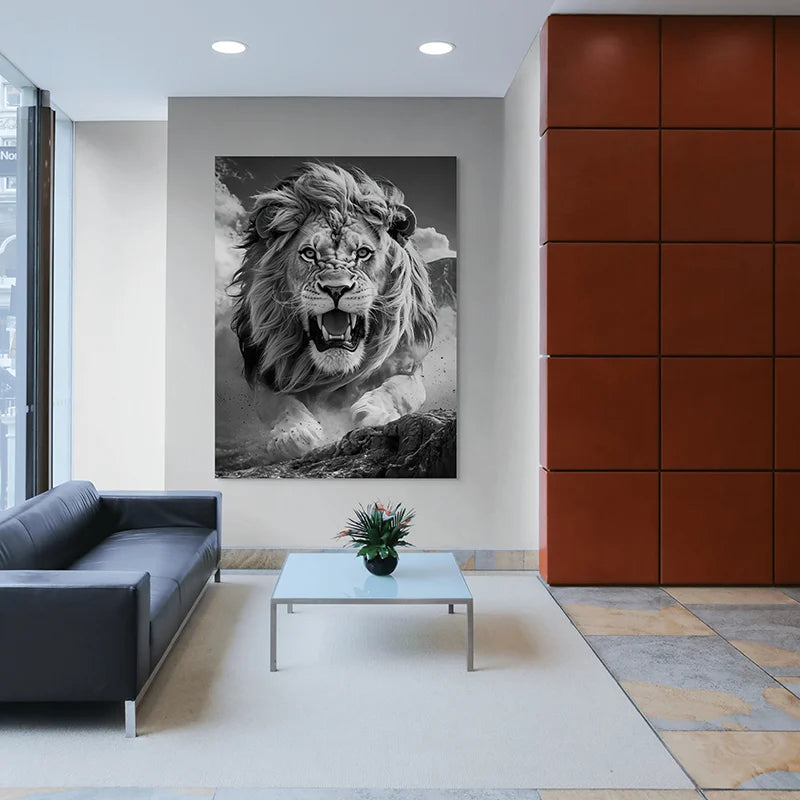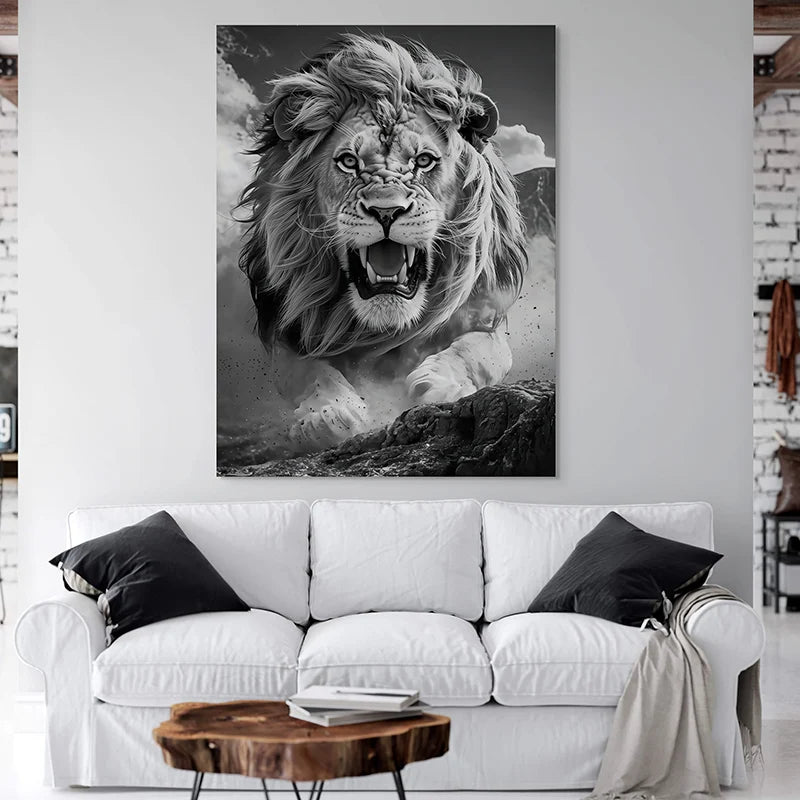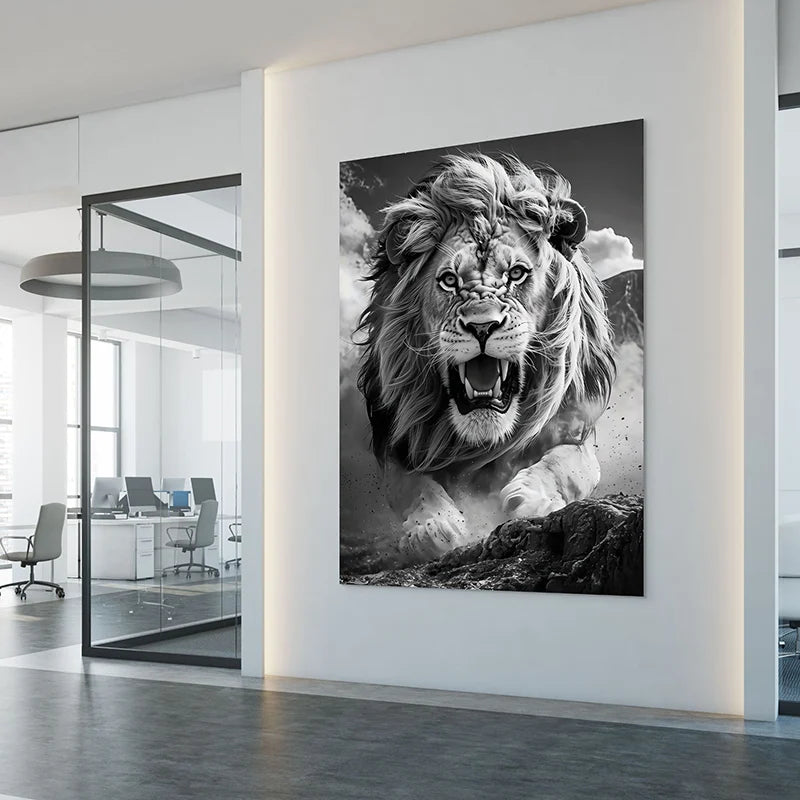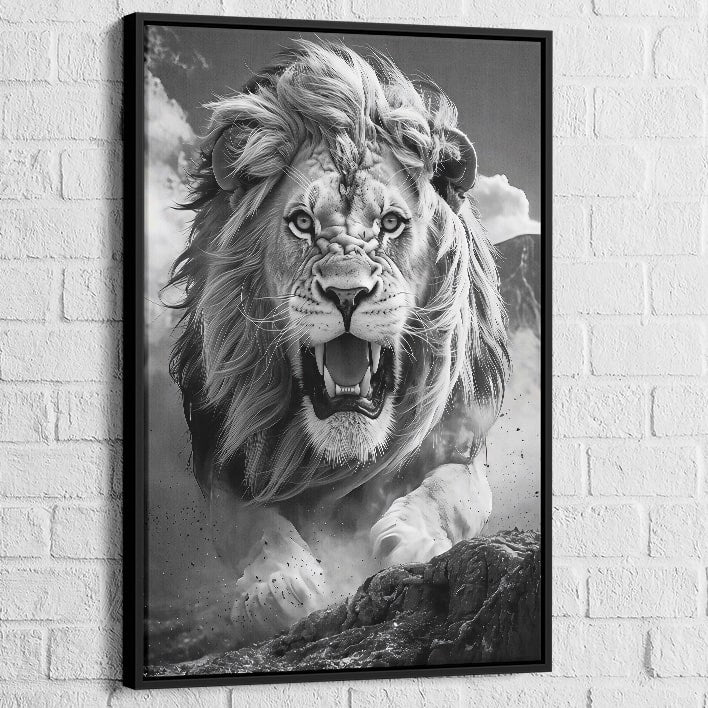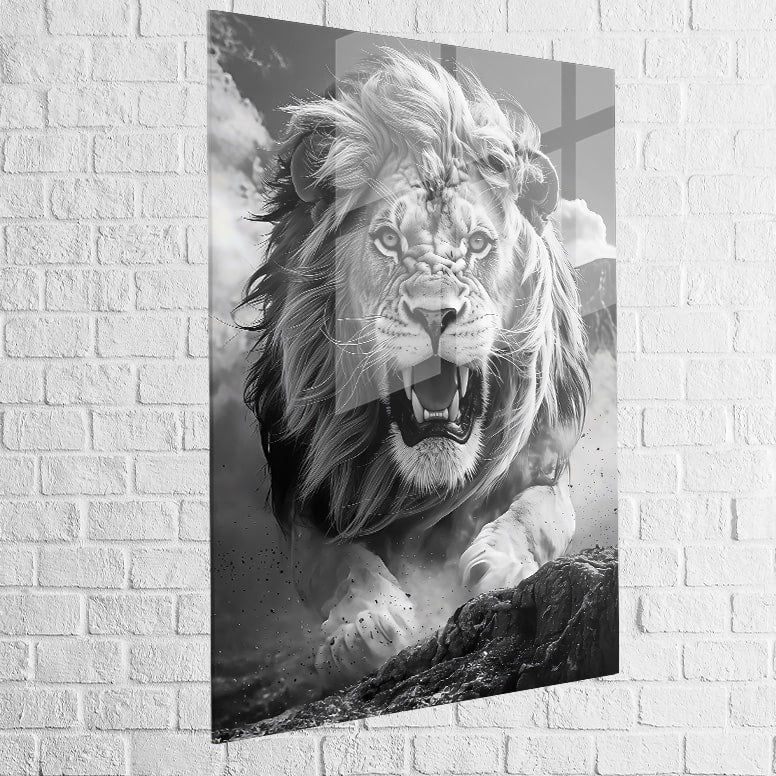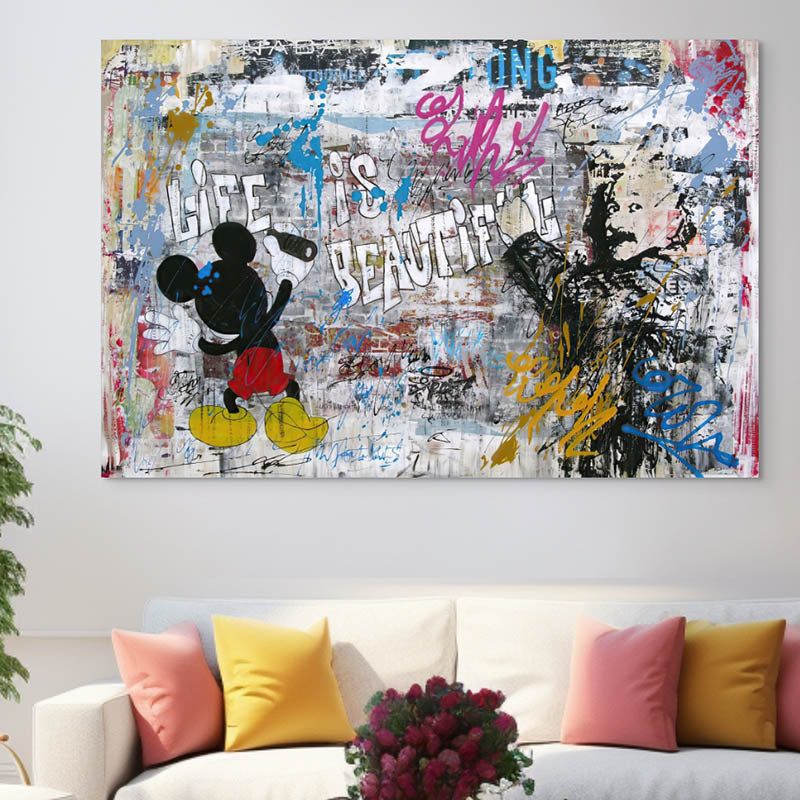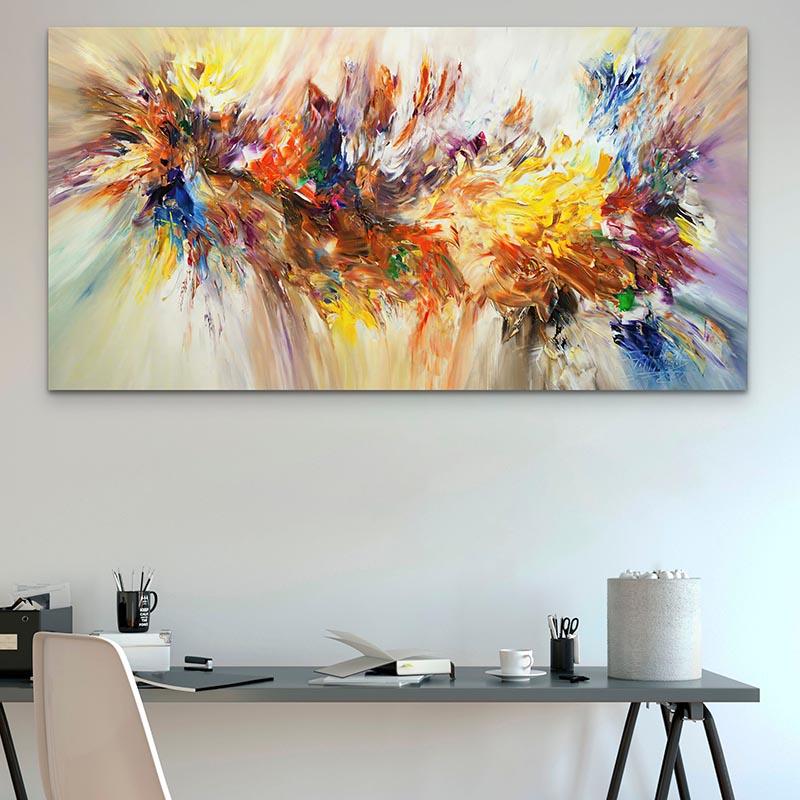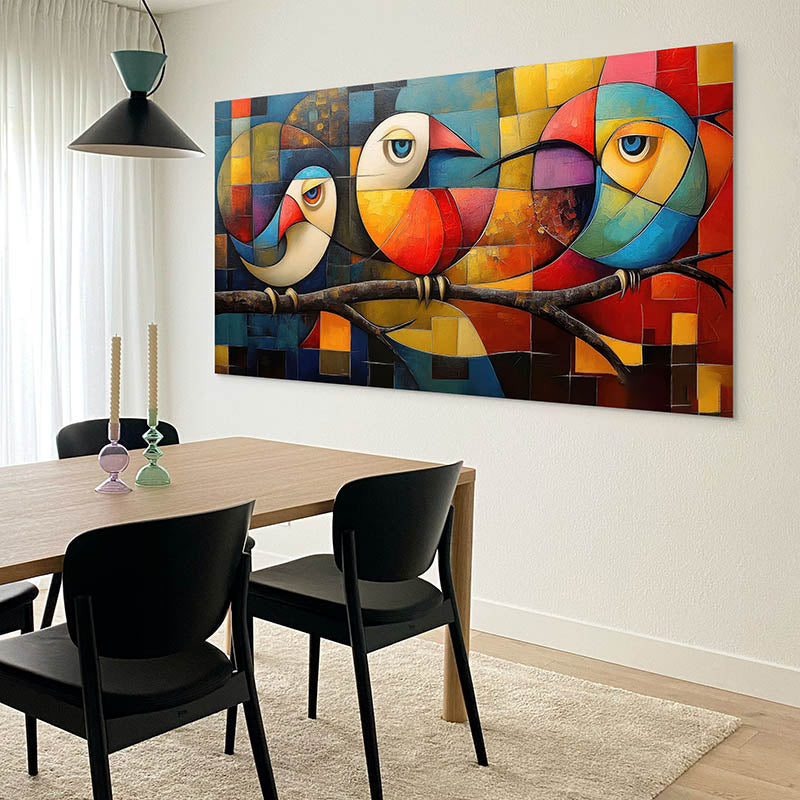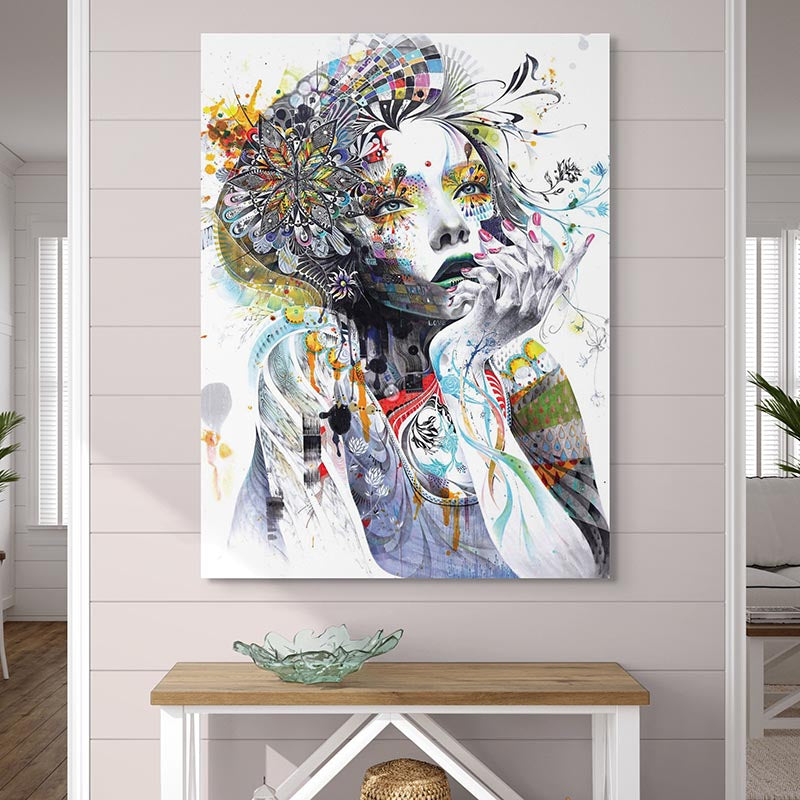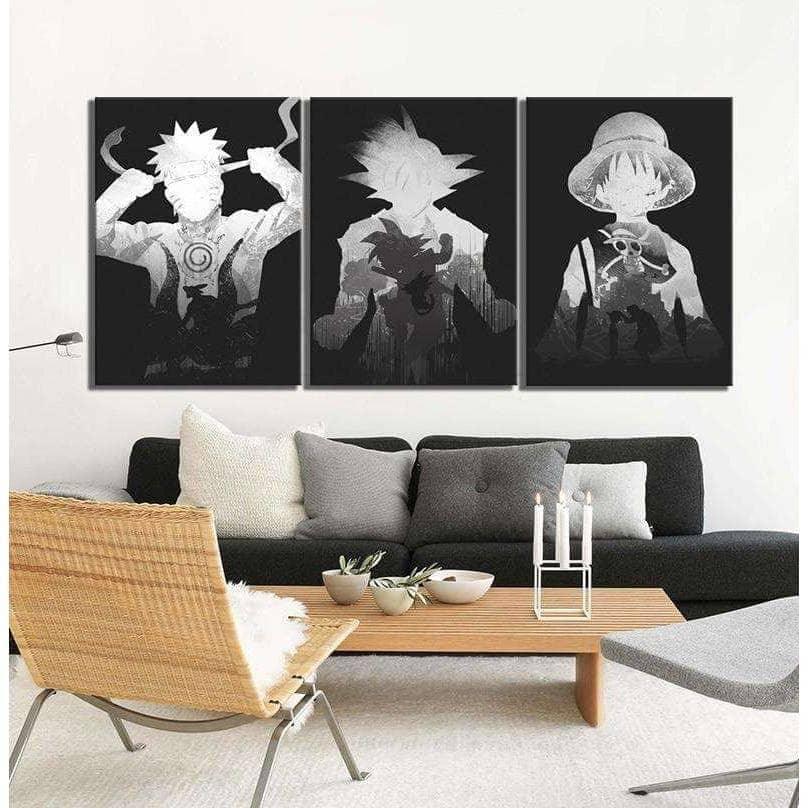Do you like street art? This is a new decorative trend who are you interested in? Is it everywhere you look, or do you already see it in your friends' living rooms? Do you want to know who created Street Art?
A great example of street art is the graffiti that appeared on walls and train cars in 1926. It was created by New York gangs in the 1920s and 1930s.
We are experts in this area if you want to know more about this universe. We will cover the following in this article:
- Where was Street Art born?
- Its origins: A brief explanation of the appearance of Street Art in France.
- Street Art: How can we define it?
- What are the techniques? Graffiti, Stencil, etc.
You can read all about this new decorative trend, Street Art, after you finish reading!

I) When and where was Street Art created?
In this part, we will discuss the origins of Street Art and its appearance in Europe. The first elements will be focused on the United States. Then, we will see how and who gave birth to Street Art in France.
A) The origins and evolution of Street Art
We often talk about graffiti to refer to the works of art found on city walls or on subway tracks. This movement was popularized in the late 1960s and 1970s. The "tagging" is one of the earliest forms of graffiti. It is a elaborate typography used to tag the artist's name and address on the walls of buildings or subway cars.
Artists were awarded extra points for tagging difficult locations, often at great heights. Taggers competed to be the best. This group of islanders tested their spray paint skills and created their own typographic marks.
This art form was transgressive from the start. In a world largely dominated by global brands, graffiti threatened the power of commercialism as well as government infrastructure. Gang culture was often associated with street art. Politicians and wealthy communities were therefore skeptical of it. It is important to note that art was used by disenfranchised citizens to express their discontent with society.

B) Who is the father of street art in France?
Blek le Rat is partly responsible for Banksy, the anonymous street art star in England and around the world. Yes, the famous Banksy was indeed inspired by Blek le Rat, a French street artist.
Xavier Prou is his real name. He was 69 years old when he created a stencil style and used " the image characteristic " of his art to adopt the rat. Blek, who was born and raised in the western suburbs of Paris, shared his story with us in an interview about how his career in street art began.
"I was in New York in 1972 when I saw the first graffiti on the streets and in the subway. I was immediately impressed."
At the time, he was a student of art and architecture. It was not until 1981 that he "digested" what he saw. He helped create an adventure playground for teenagers as part of his architecture degree.He explains that the facility was created for young people from the suburbs in the post-war period, so that they would not play in unsafe places, such as bombed-out buildings.
"Children would take paint and brushes from supermarkets and paint the walls of the park. They didn't know how to paint, but they would paint anything. It reminded me of New York. I was already a painter, and I loved art, so I decided to make a name for myself by painting the same thing on the walls of Paris."
His first attempts were in a vacant lot, where he tried his hand at New York-style tagging. It was difficult because I didn't know the technique and it was hard to get hold of spray paint. I used car paint.
Later, he started tagging rats with stencils. That’s where he got his nickname. He says Paris has always been full of rats. “And at that time, there were a lot of rats in the 14th arrondissement, so I thought it would be fun to paint them all over there.”
"Blek the Rat " is his name. He got it from Blek le Roche, a character he liked in a comic book series from the 1950s and 1960s.

II) How to define Street Art
Street art is an art form original, that can only be found on the street. This art is often not recognized as such by many people, and People sometimes associate it with vandalism. The following words are found in the world of street art as we know it: stencil, sticker art and yarn bombing.
The different street artists try to defend their ideas through this art. We can see their ideologies and emotions in their art. Street artists are often committed artists. They choose to "express their art" because it is the best way to reach as many people as possible. Some of the most famous street artists have chosen to remain anonymous, such as Alec Monopoly and Banksy.
III) What are the techniques used in Street Art?
In this last part, we will learn together how to define the different techniques the most famous of street art.
A) Tagging
THE "tagging" is the simple act of putting a "label", or signature, on a surface. However, these signatures can be quite complex in terms of content and calligraphic aspects. Jean-Michel Basquiat is a famous example of someone who used the SAMO tags to sign his works.
B) The Throw-up
A throw up is a tag larger than a tag. It is usually painted quickly using only two or three colors.
C) The stencil
THE "Graffiti stencil", which uses cutouts to quickly create complex shapes, was created by Parisian graffiti artist Blek the Rat in the early 1980s. Later it was copied by the great Banksy!
D) The masterpiece
A "piece (masterpiece), is a more complex tag with a greater number of colors and complexity. These "pieces" can be easily erased by a rival graffiti artist using a simple vomit product.
E) The blockbuster
A blockbuster Or roll is a large block-shaped work that is often done with a paint roller.It is used to cover large areas to prevent other street artists to paint on the same wall.
F) Top-to-bottoms
THE graffiti "top-to-bottoms" are works of art which cover an entire subway car. They were popularized by New York subway graffiti artists in the 1970s.
G) Wildstyle
Wildstyle" A more complicated form of graffiti, often marked by intersecting letters or connecting dots, creating a more complex "tag" or image, sometimes difficult to decipher.

Bring street art into your home
This new decorating trend is obvious to you. You can probably understand why it's so exciting!
L'urban art is the best way to add joy and meaning to your home decor. You don't have to spend a fortune on authentic art or buy it at auction to enjoy the artwork we offer.

